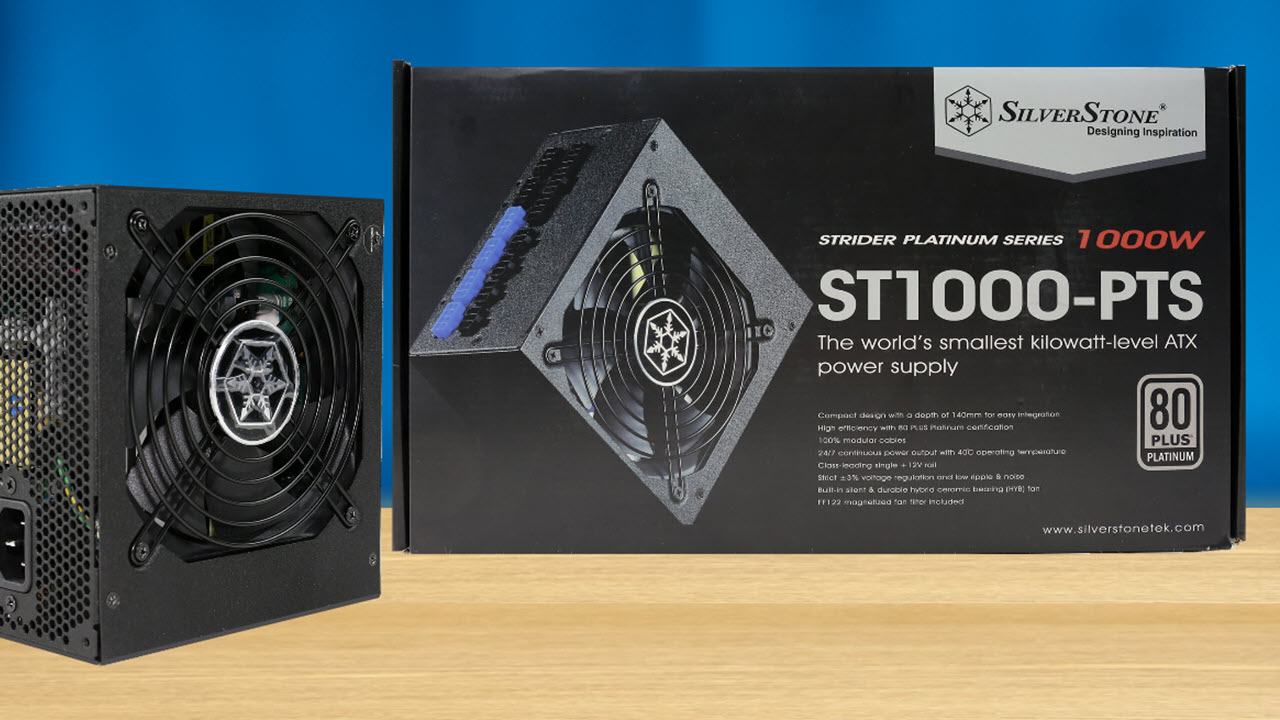Tom's Hardware Verdict
The ST1000-PTS has compact dimensions and achieves high efficiency but there are better options in the same price range.
Pros
- +
Full power at 47 degrees Celsius
- +
Efficient
- +
High Power Factor readings
- +
Low inrush currents
- +
Fully modular
- +
8x PCIe & 2x EPS connectors
- +
Compact dimensions
Cons
- -
Modest performance
- -
Inaccurate power ok signal
- -
Over Current & over Protections are improperly set
- -
High spike during the 5VSB turn-on test
Why you can trust Tom's Hardware
Specifications and Part Analysis
The major assets of the SilverStone ST1000-PTS power supply are its compact dimensions (142mm or 5.59 inches depth), low noise output and the highly efficient platform, which meets the 80 PLUS Platinum and Cybenetics ETA-A+ efficiency standards. Is this is enough though to justify the high asking price of $254 (£195)? The fact is that there are better performing products in the same price range, so SilverStone has to either lower this unit's price or release a new version with improved performance, to keep up with the tough competition from Corsair, FSP and Seasonic.
We have already evaluated the ST1200-PTS, so it was a matter of time before we put its smaller brother on the test bench. The SilverStone ST1000-PTS has the same compact dimensions with the 1200W unit, but because of the smaller capacity it achieves a lower power density score which still looks impressive though, at 554W per liter (it is 664W per liter for the ST1200-PTS). Clearly SilverStone participates in an endless race with one goal in mind, to downsize its power supplies as much as possible. Some years ago, a PSU with only 140mm length had a hard time achieving 750W max power and we see nowadays similar dimension units going up to 1200W, while still keeping the noise output low.
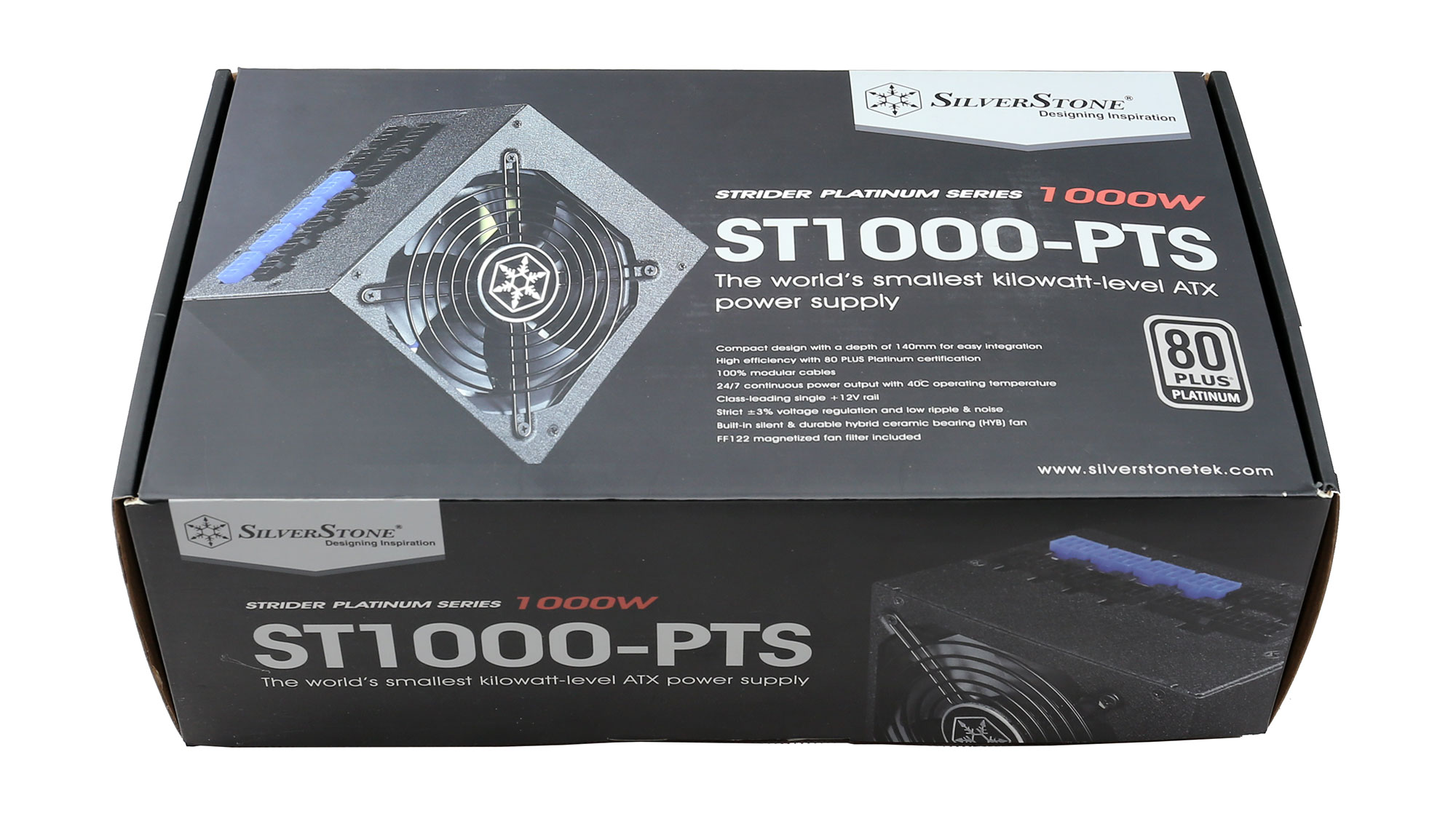
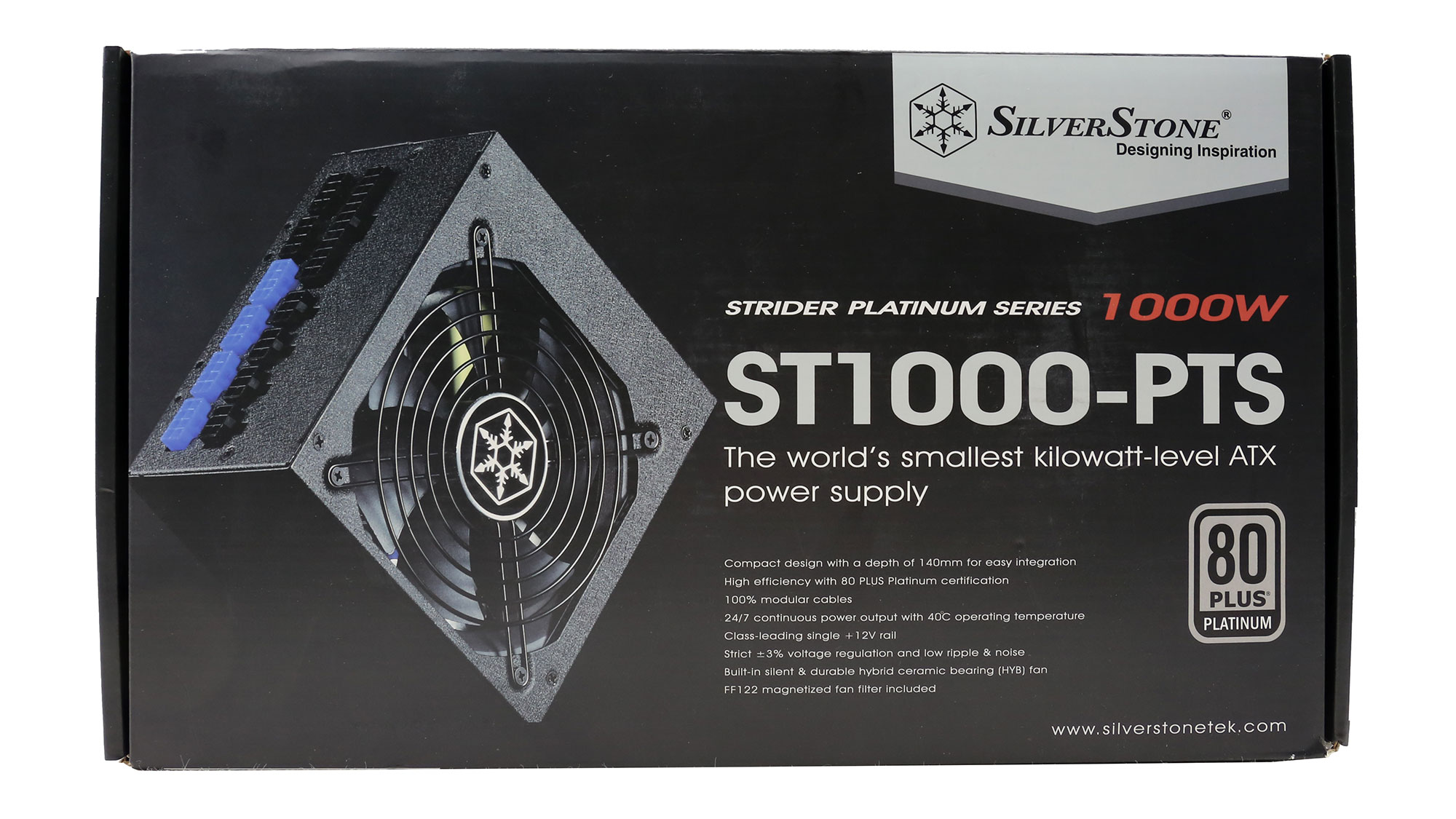
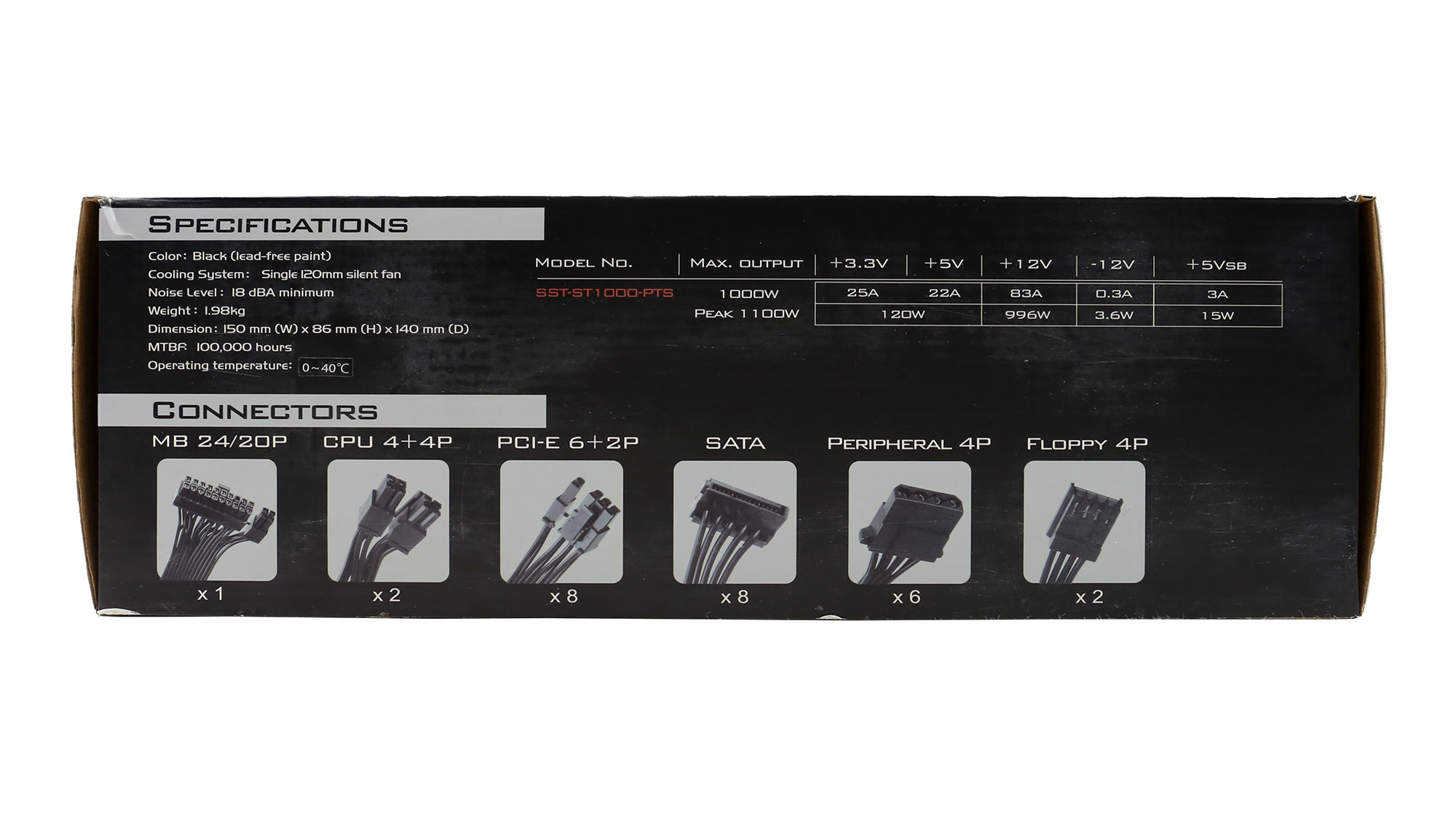
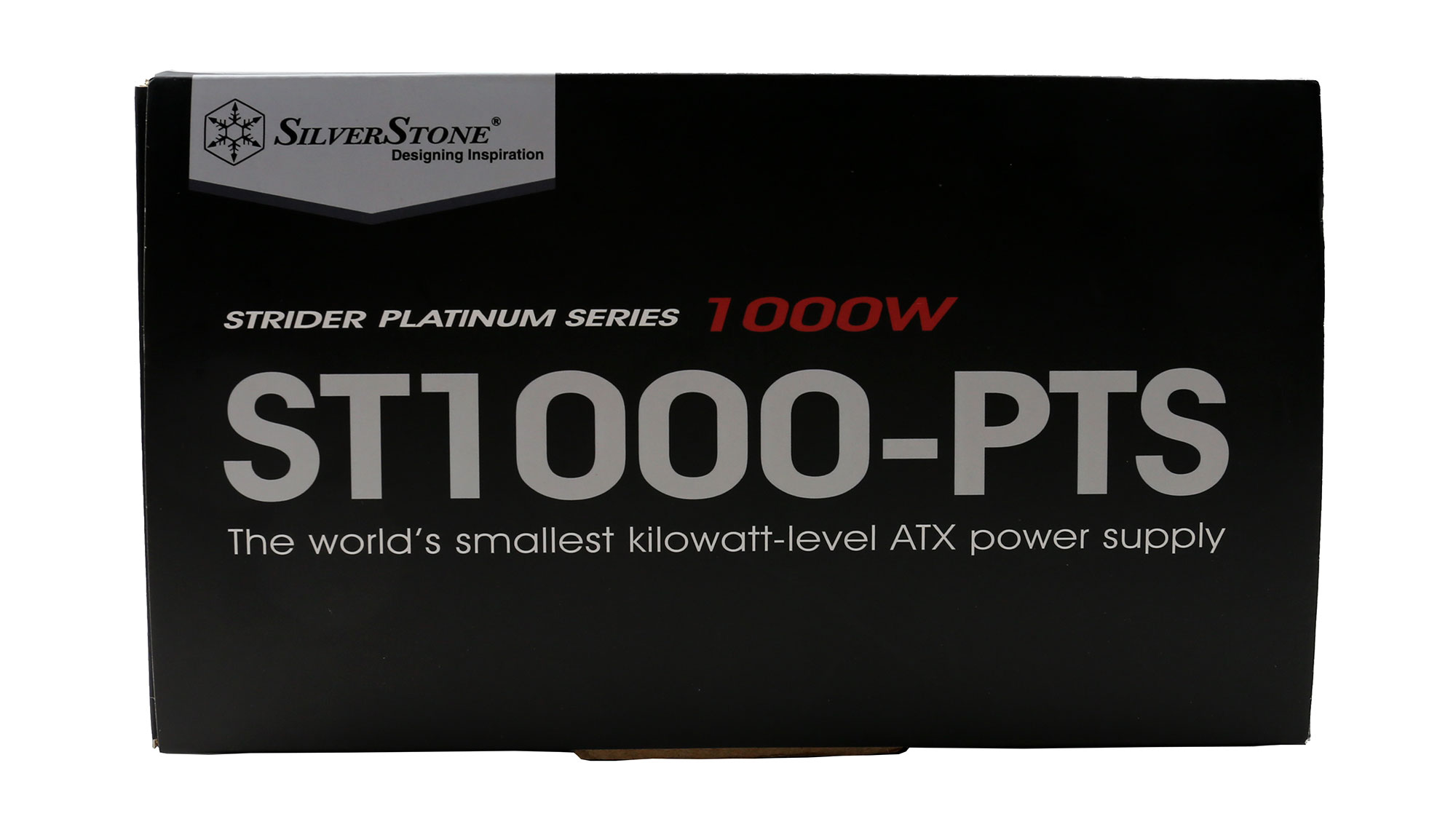
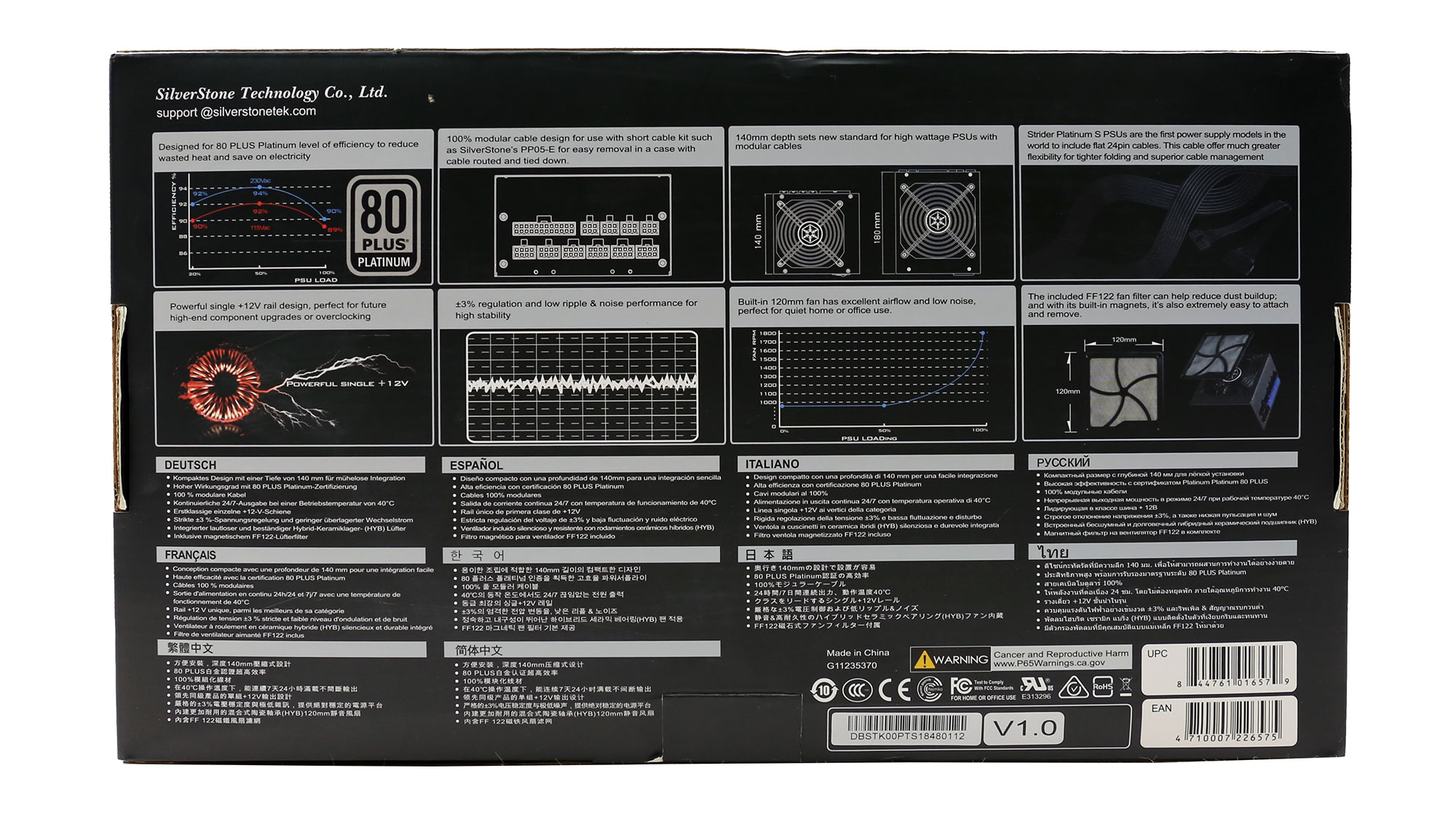
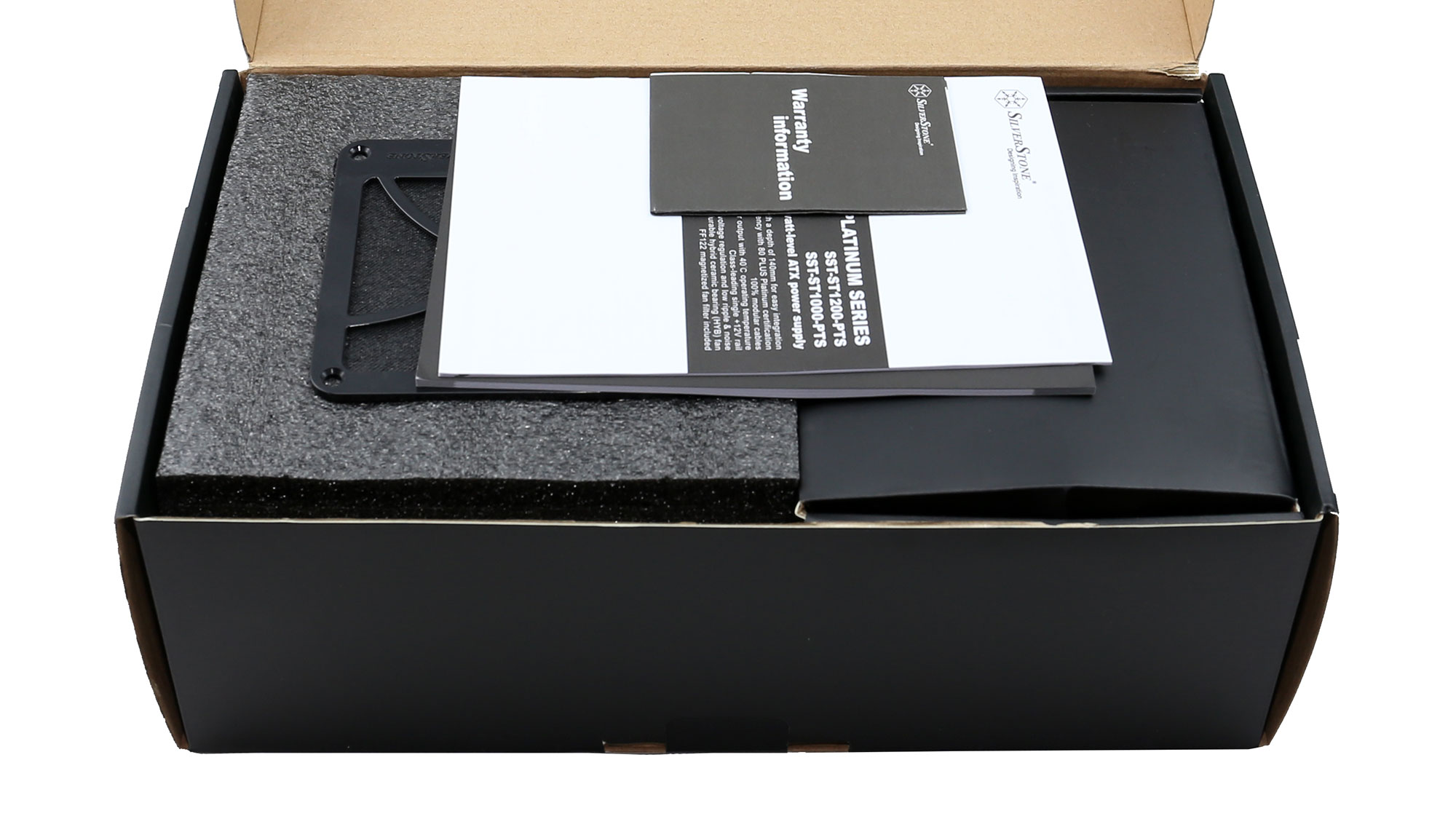
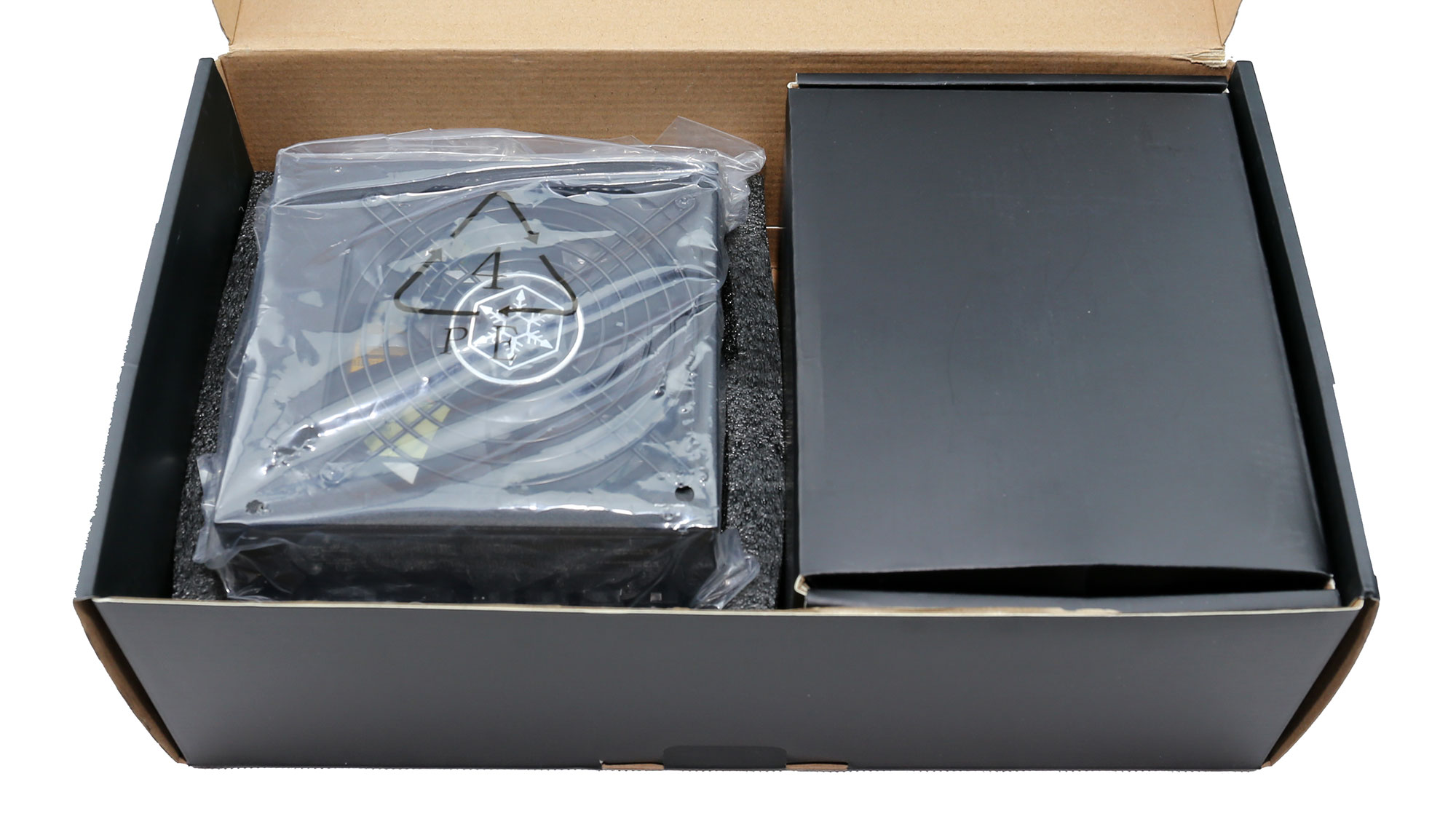
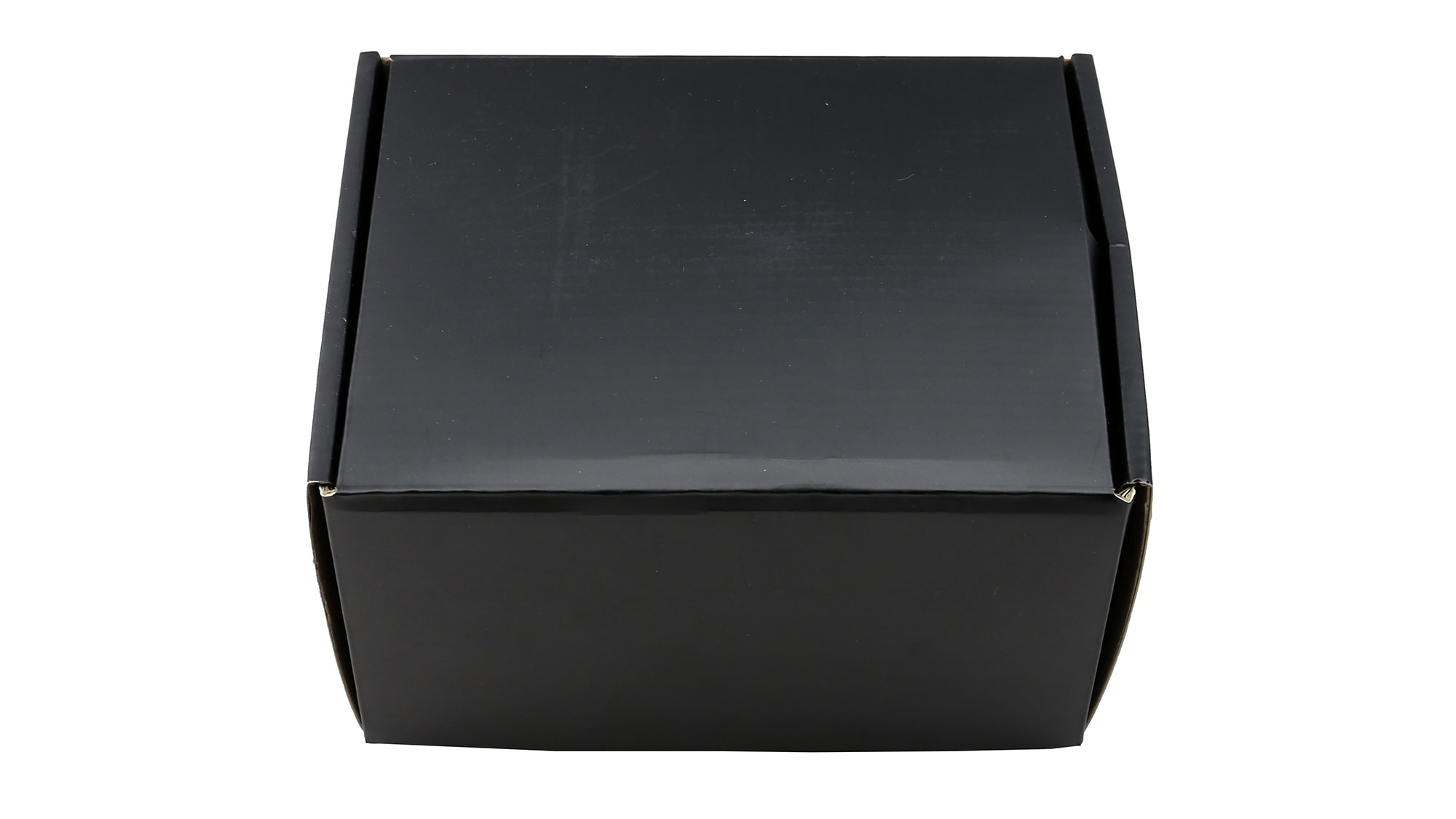
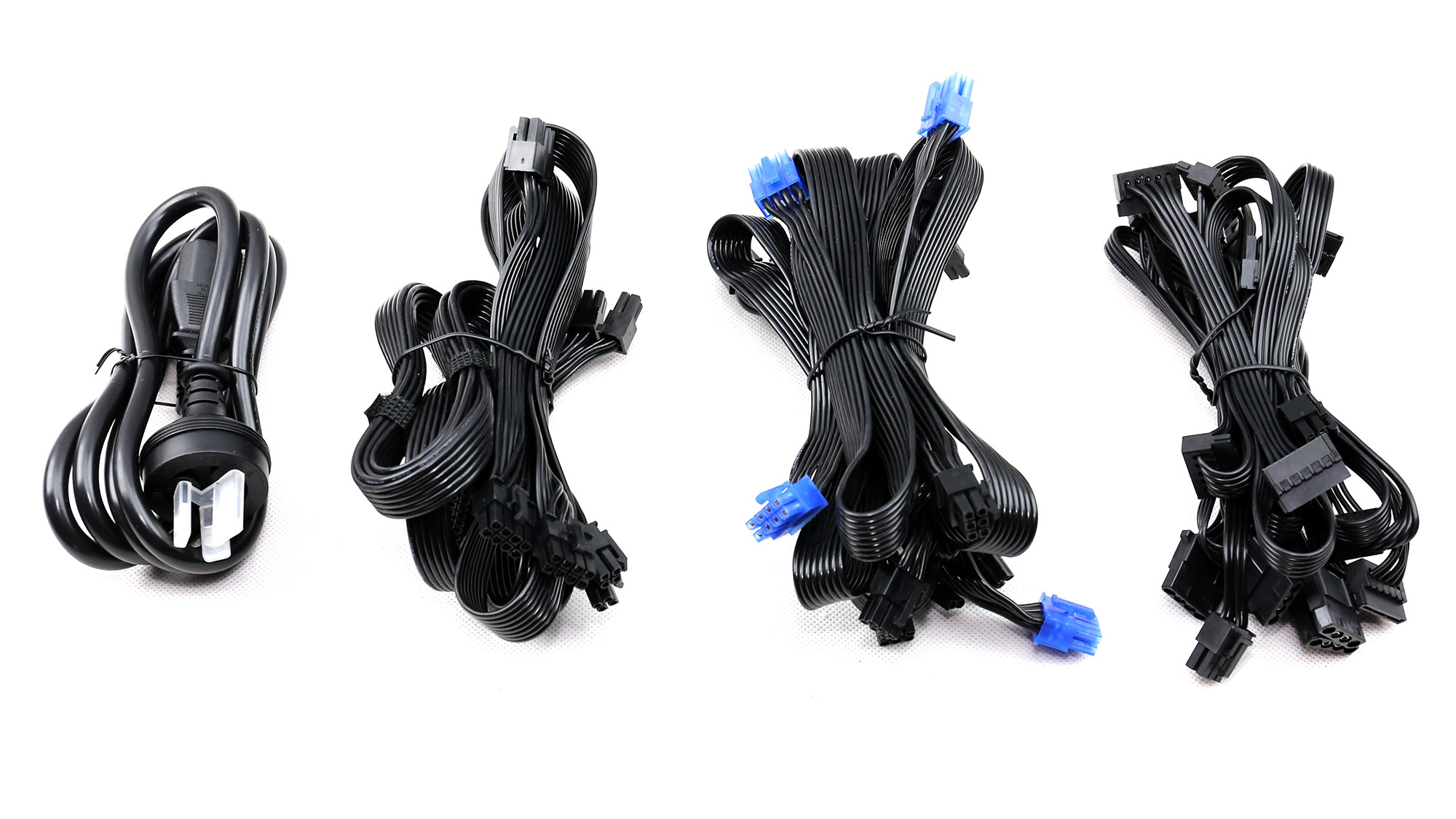
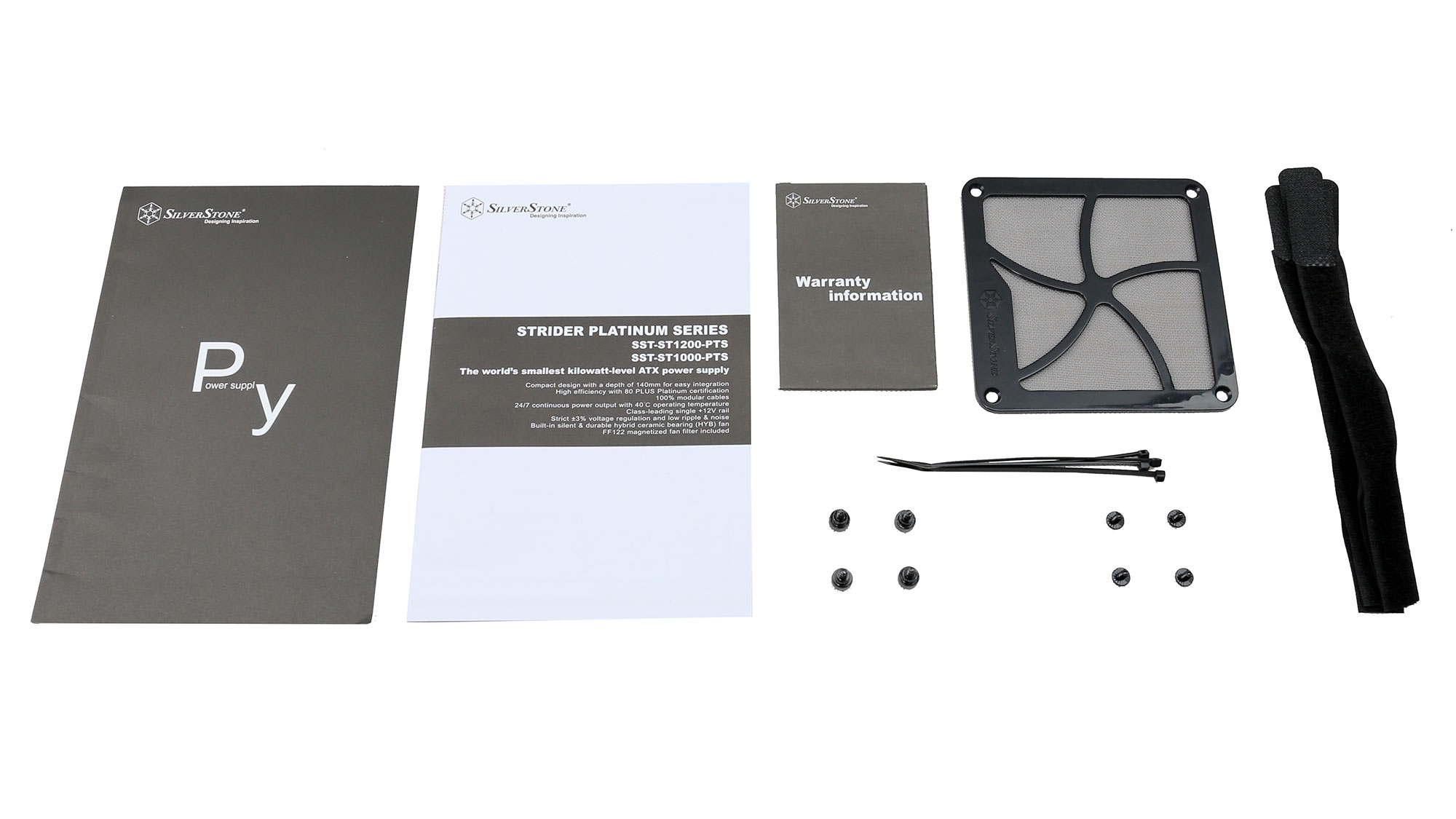
Inside the box, you’ll find several useful accessories. In addition to usual stuff like, fixing bolts and zip ties, it also includes several Velcro straps and a magnetic dust filter, which can be attached at the PSU's fan grille and prevent dust build up at its internals.
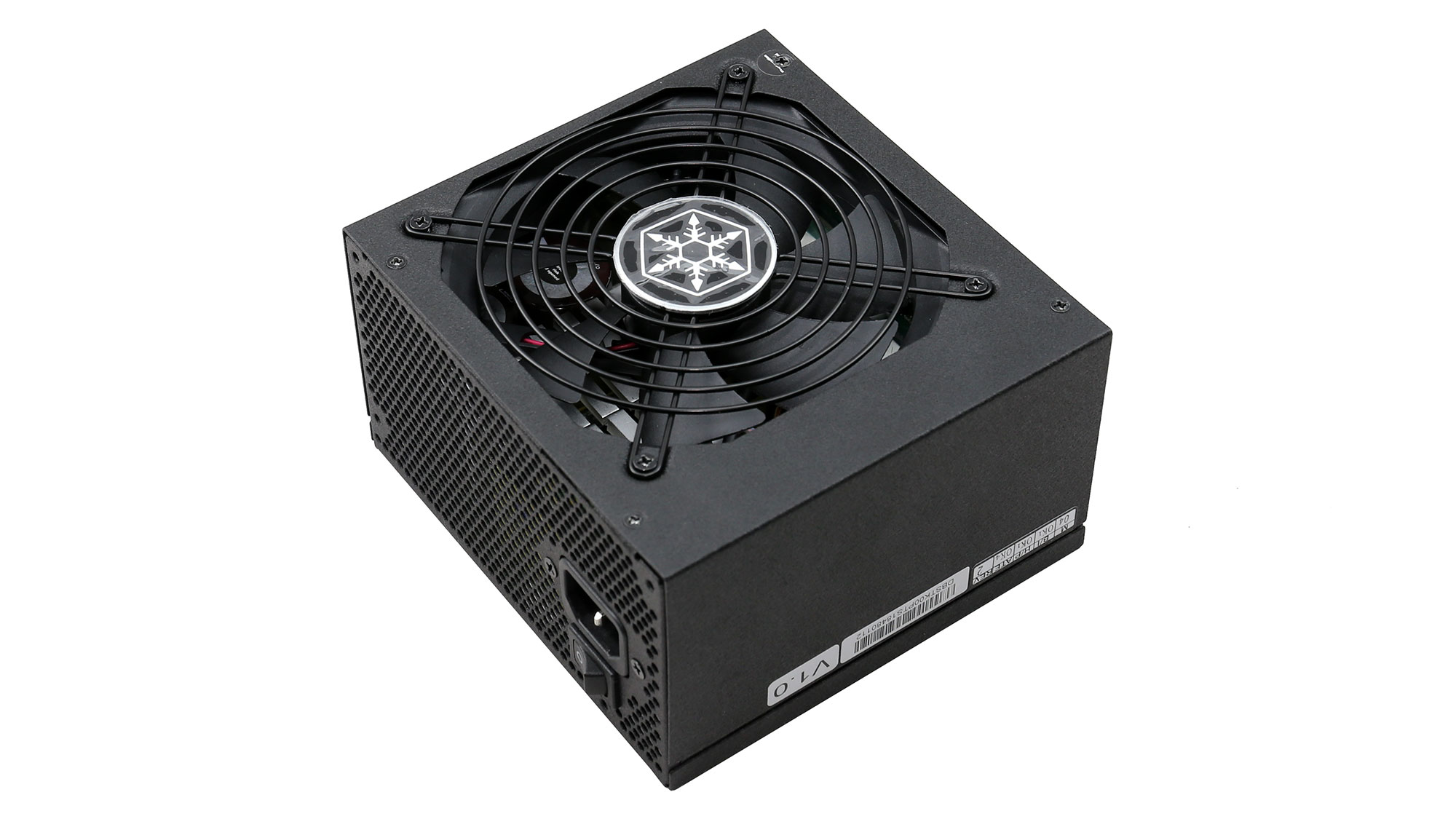
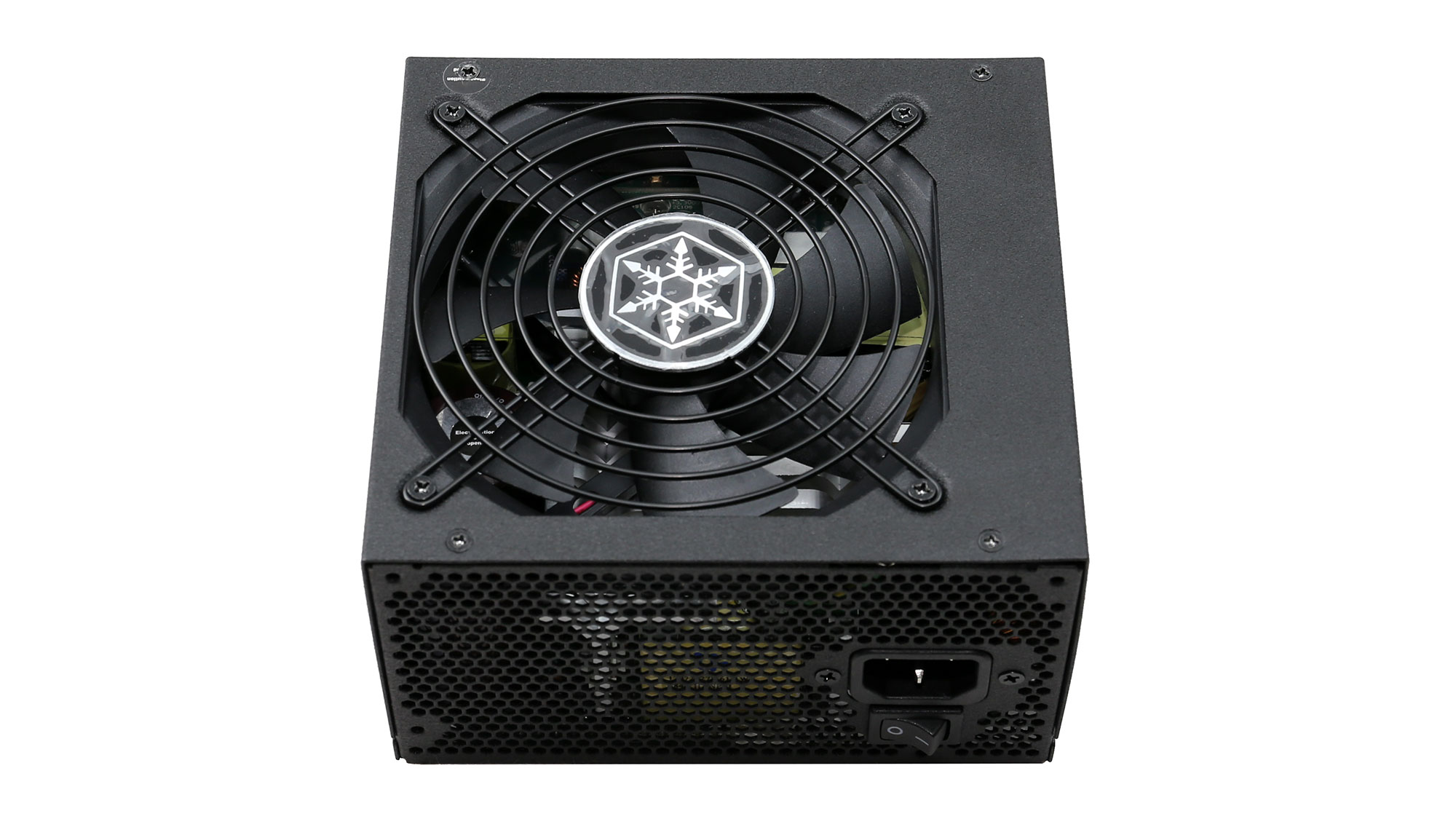
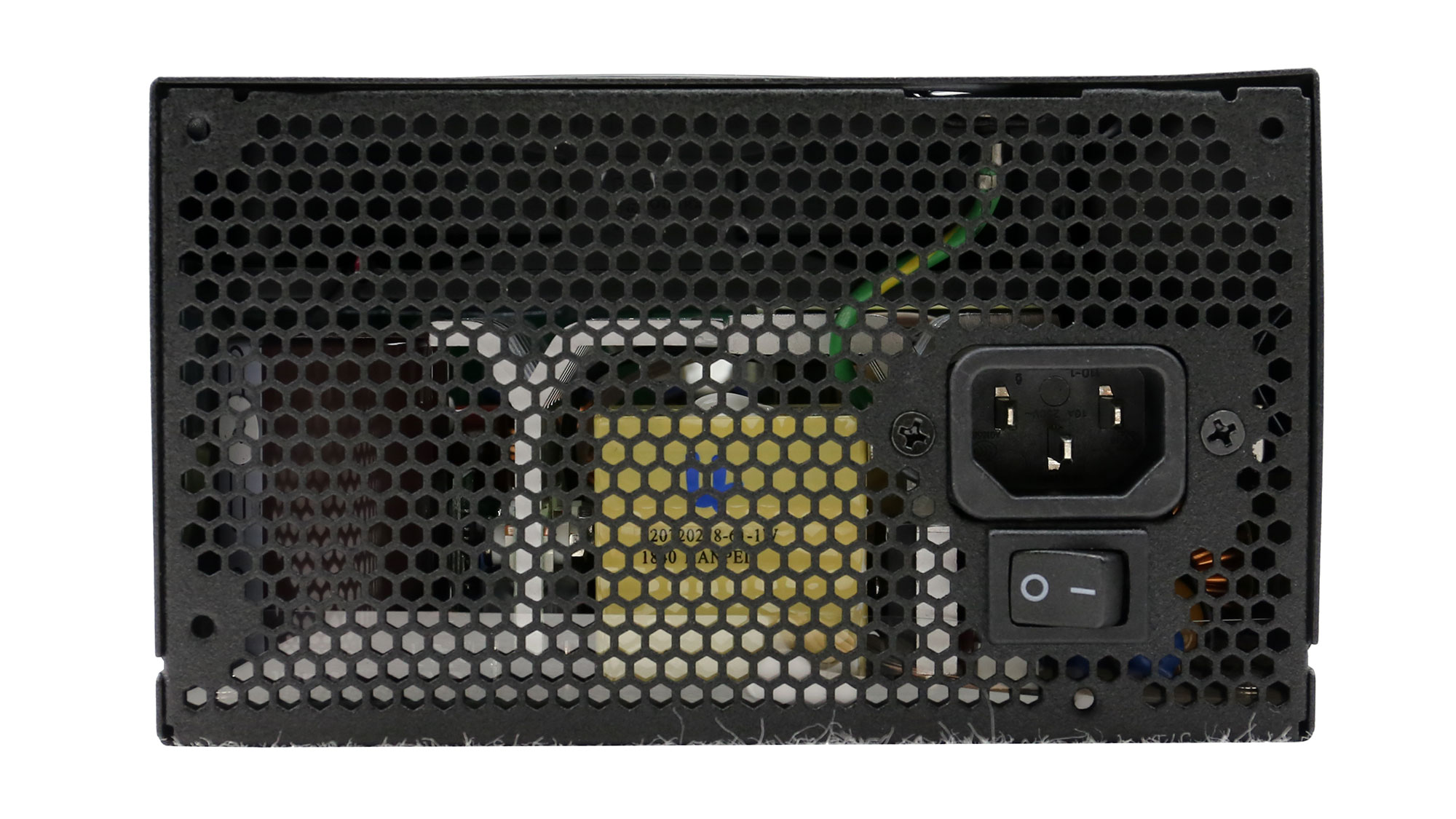
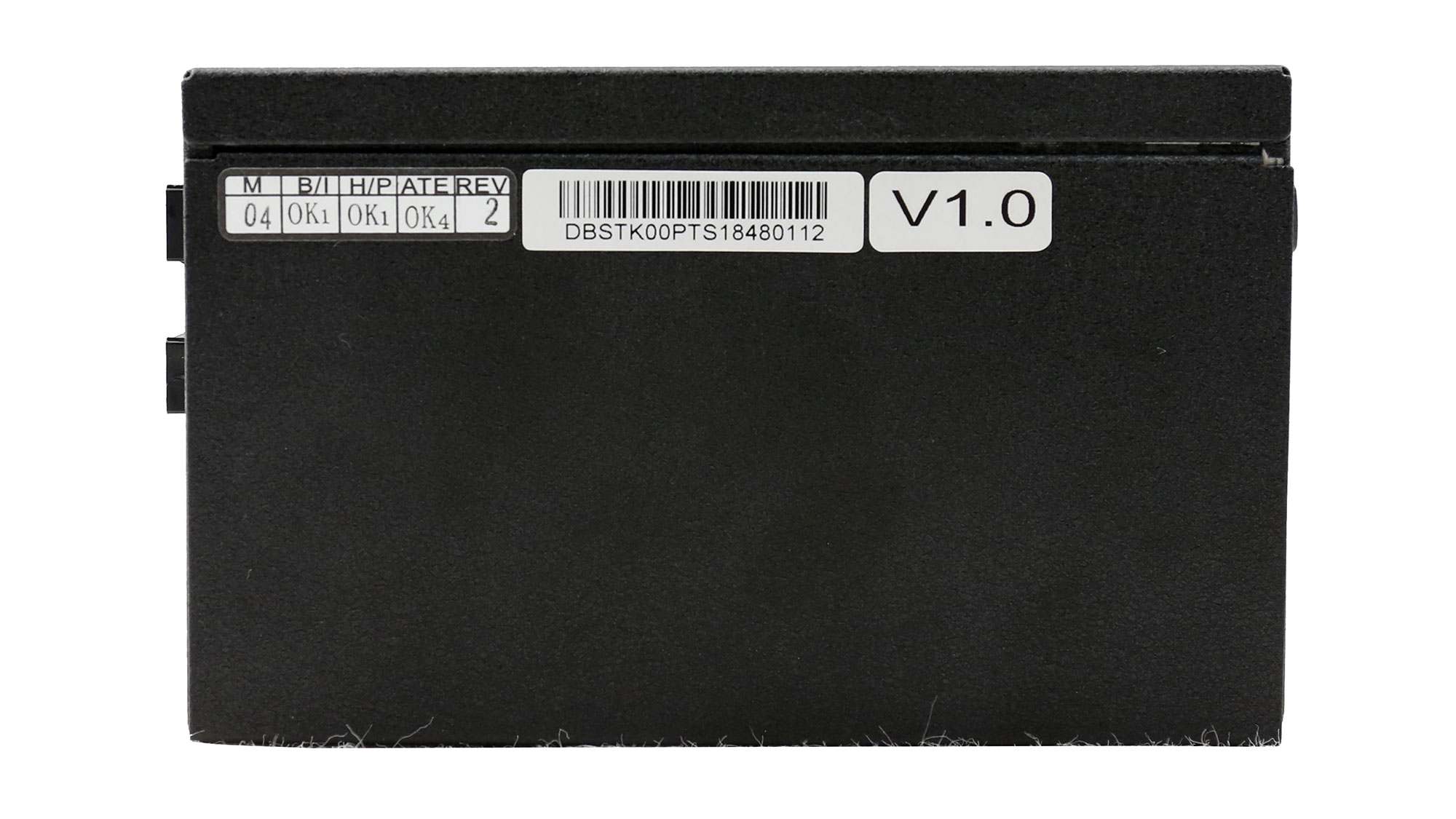
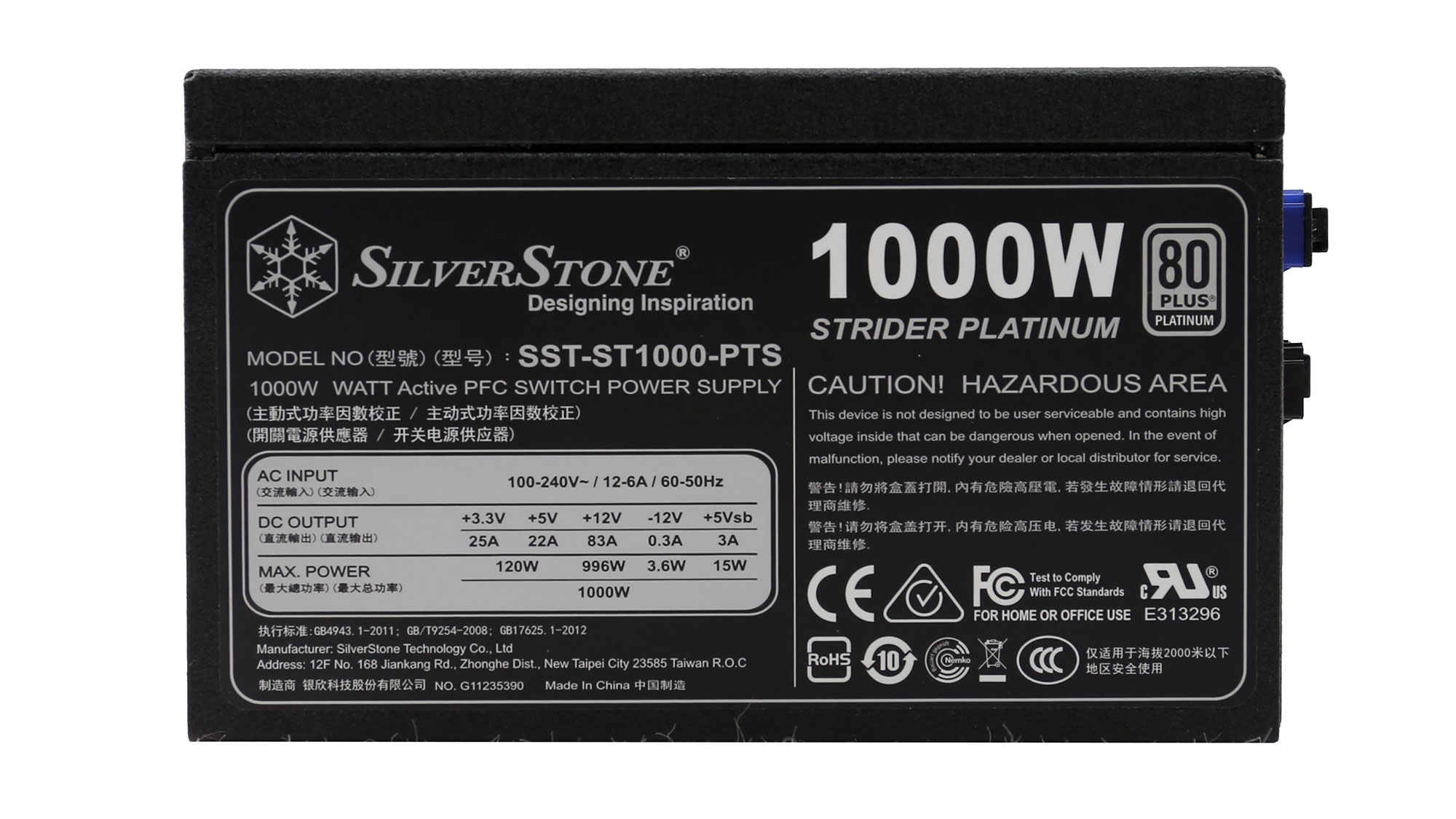
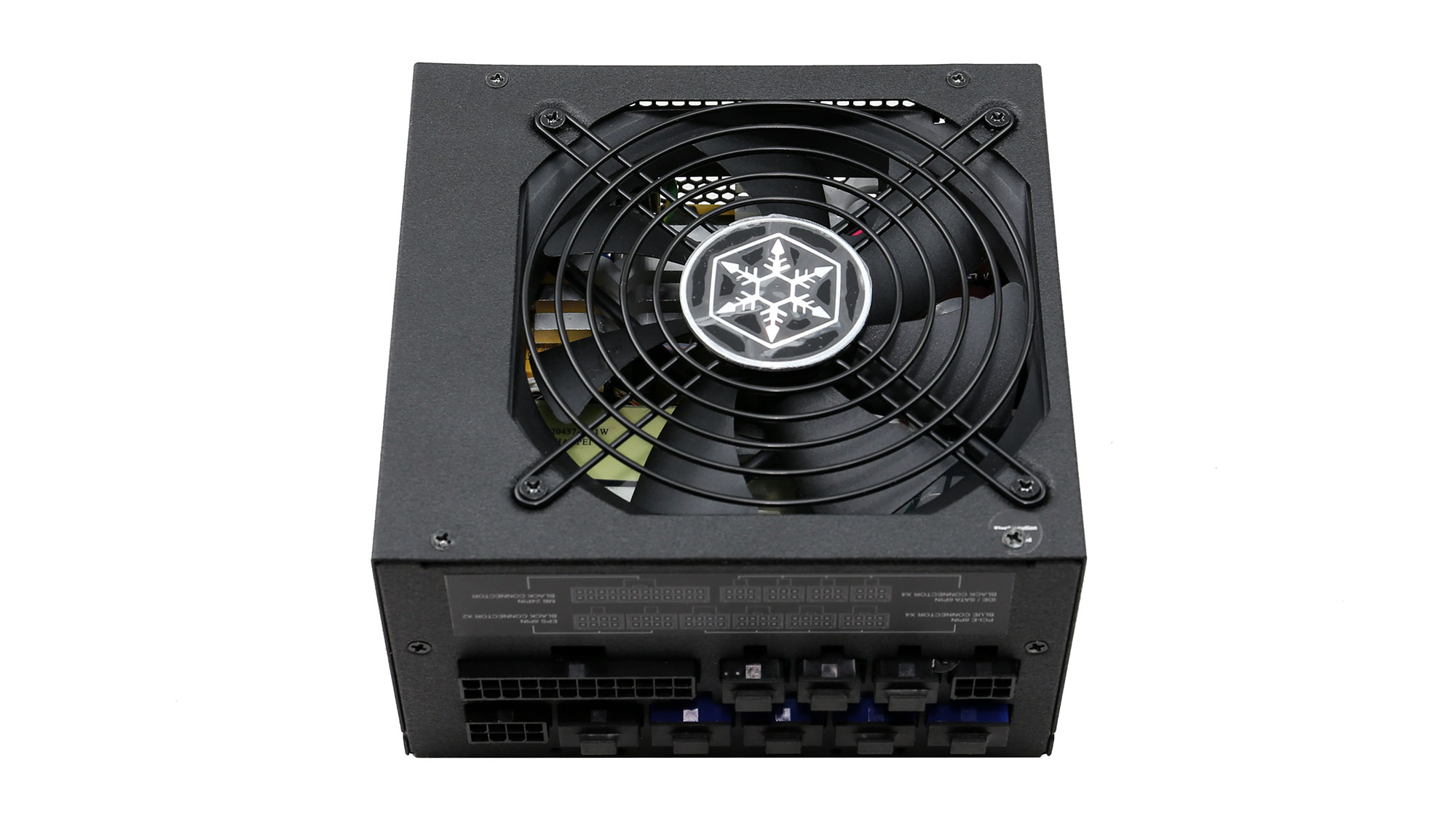
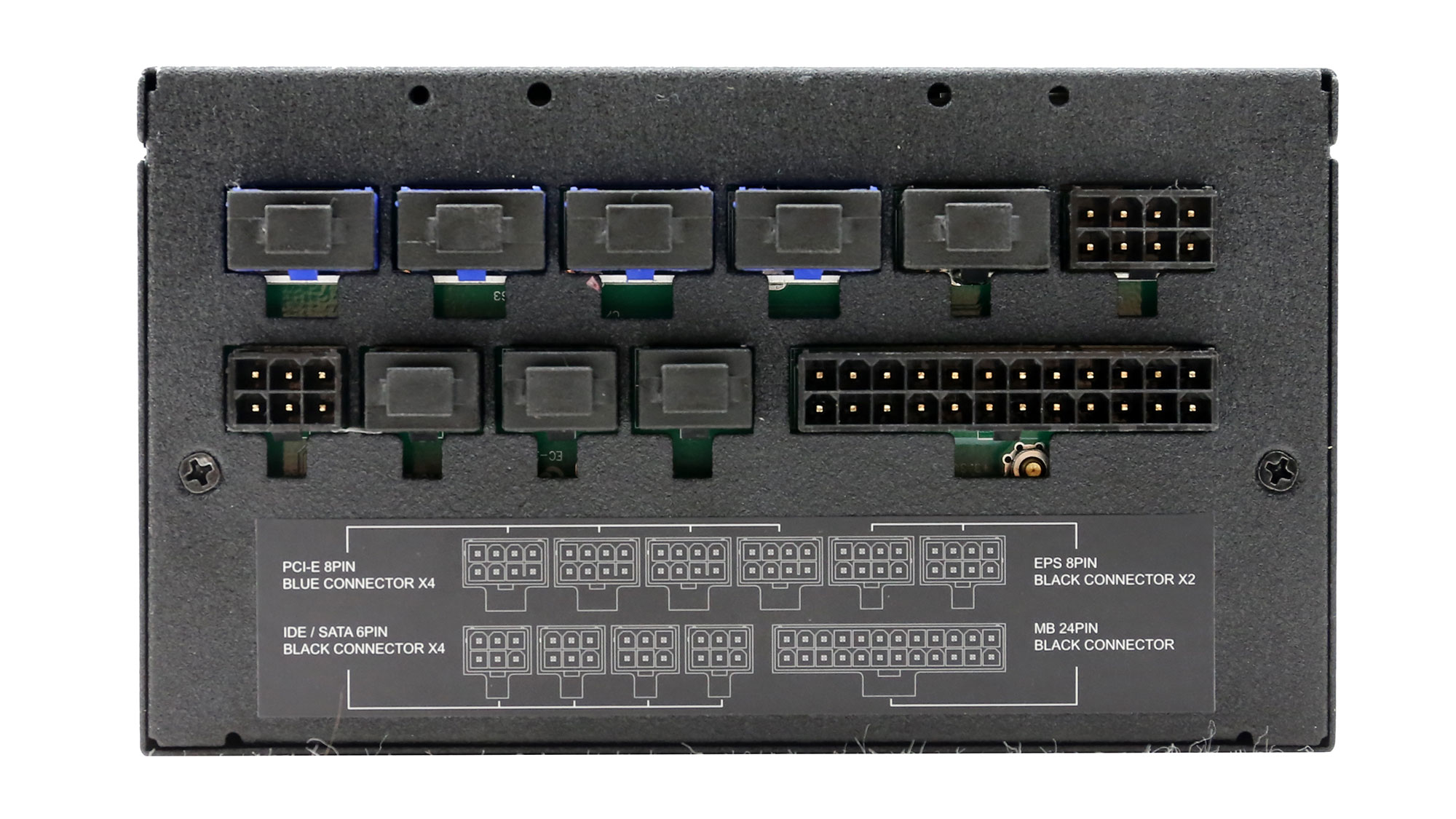
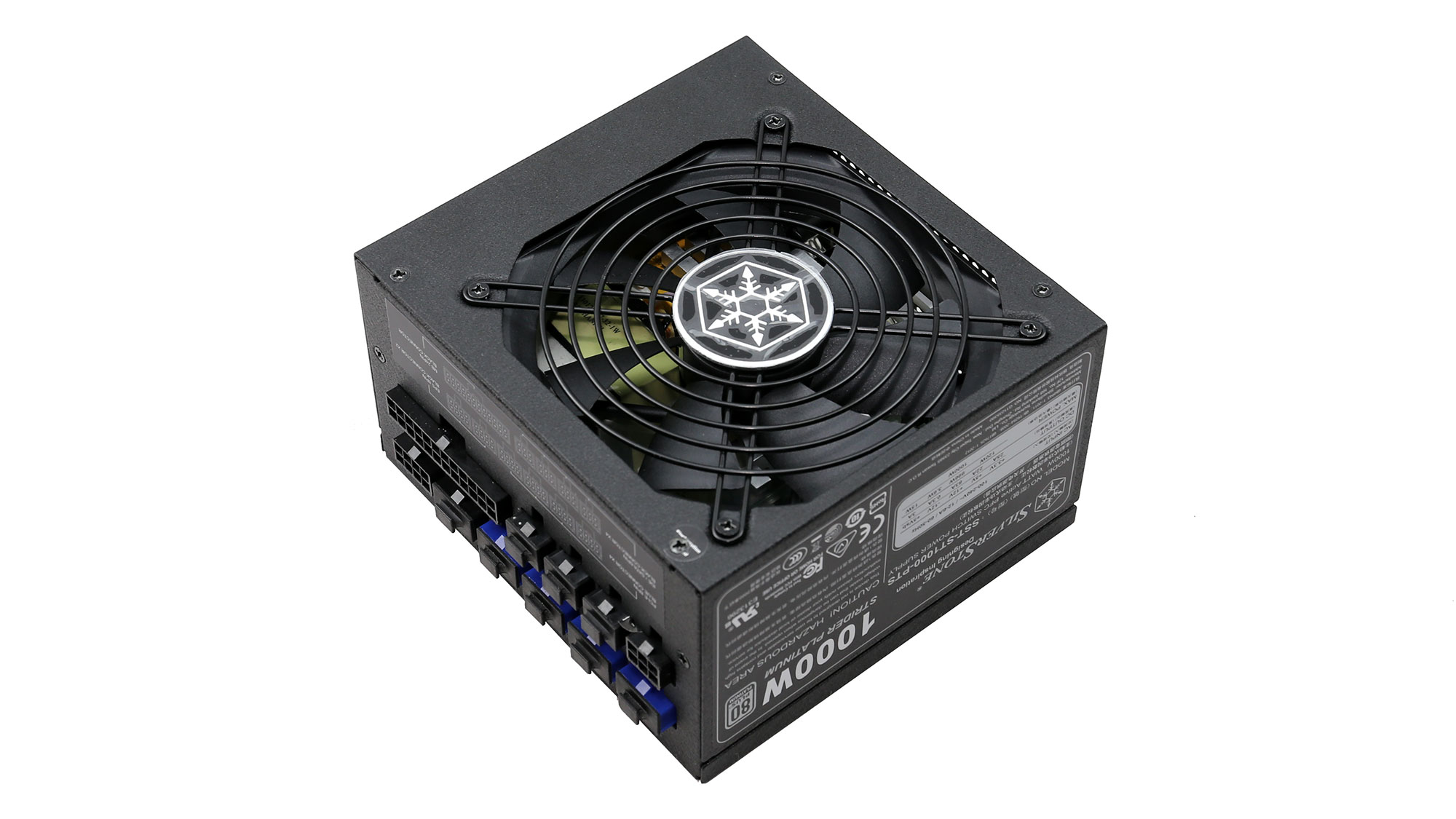
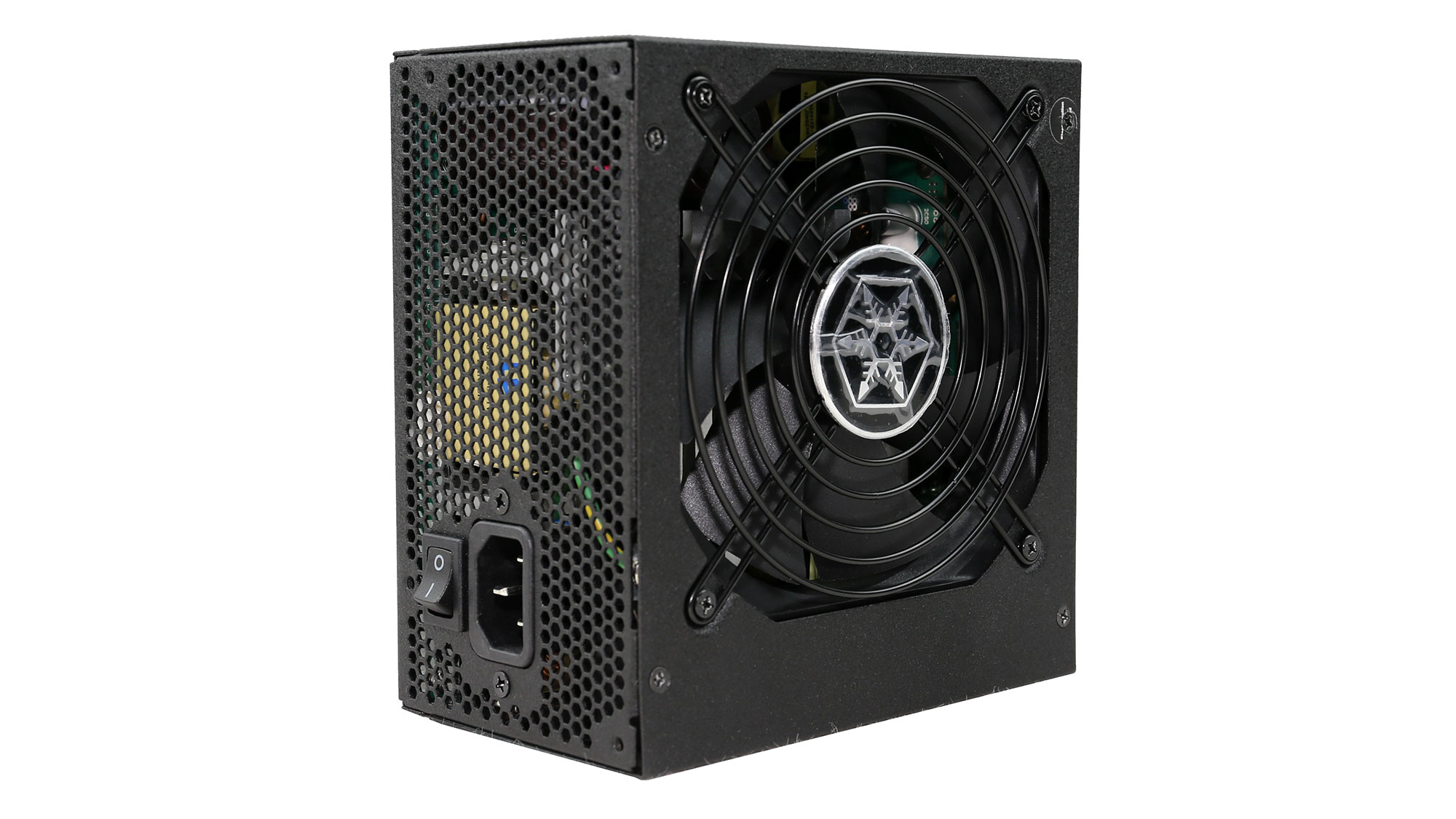
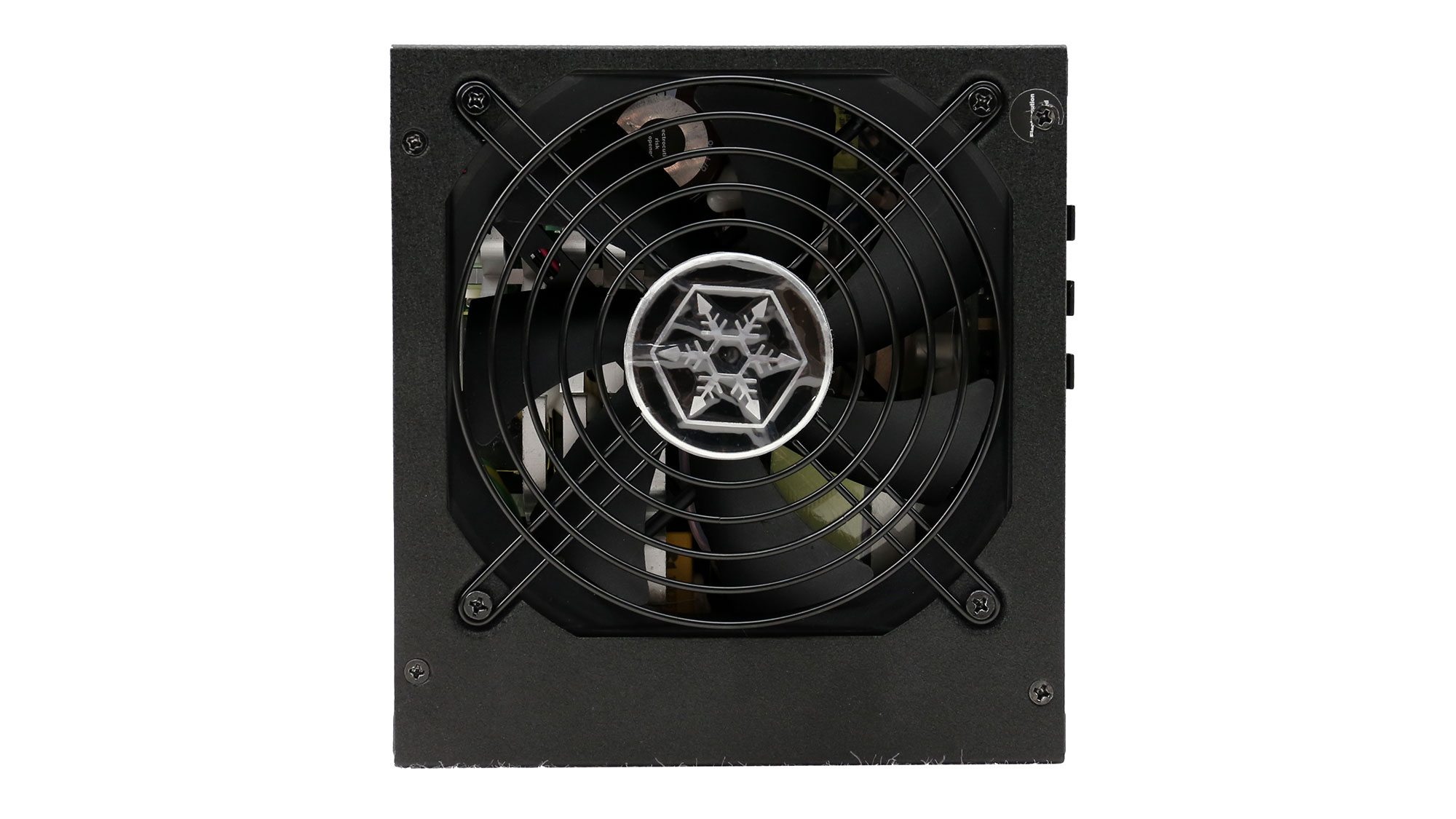

The ST1000-PTS looks like a 600-750W unit rather than a 1kW one, thanks to its small dimensions. Normally 1kW units have a length of 160-180mm, but the ST1000-PTS is 140mm long.
Specifications
| Manufacturer (OEM) | Enhance Electronics |
|---|---|
| Max. DC Output | 1000W |
| Efficiency | 80 PLUS Platinum, ETA-A+ (91-94%) |
| Noise | LAMBDA-A (20-25 dB[A]) |
| Modular | ✓ (Fully) |
| Intel C6/C7 Power State Support | ✓ |
| Operating Temperature (Continuous Full Load) | 0 - 40°C |
| Over Voltage Protection | ✓ |
| Under Voltage Protection | ✓ |
| Over Power Protection | ✓ |
| Over Current (+12V) Protection | ✓ |
| Over Temperature Protection | ✓ |
| Short Circuit Protection | ✓ |
| Surge Protection | ✓ |
| Inrush Current Protection | ✓ |
| Fan Failure Protection | ✗ |
| No Load Operation | ✓ |
| Cooling | 120mm Sleeve Bearing Fan (D12SH-12) |
| Semi-Passive Operation | ✗ |
| Dimensions (W x H x D) | 152 x 87 x 142mm |
| Weight | 1.99 kg (4.39 lb) |
| Form Factor | ATX12V v2.4, EPS 2.92 |
| Warranty | 5 |
Power Specifications
| Rail | 3.3V | 5V | 12V | 5VSB | -12V | |
|---|---|---|---|---|---|---|
| Max. Power | Amps | 25 | 22 | 83 | 3 | 0.3 |
| Watts | 120 | 996 | 15 | 3.6 | ||
| Total Max. Power (W) | 1000 |
Cables and Connectors
| Modular Cables | ||||
|---|---|---|---|---|
| Description | Cable Count | Connector Count (Total) | Gauge | In Cable Capacitors |
| ATX connector 20+4 pin (600mm) | 1 | 1 | 16-22AWG | No |
| 4+4 pin EPS12V (750mm) | 1 | 1 | 16AWG | No |
| 4+4 pin EPS12V (550mm) | 1 | 1 | 16AWG | No |
| 6+2 pin PCIe (550mm+150mm) | 4 | 8 | 16-18AWG | No |
| SATA (610mm+140mm+140mm+140mm) | 2 | 8 | 18AWG | No |
| 4-pin Molex (610mm+150mm+150mm) / FDD (+150mm) | 2 | 6 / 2 | 18-22AWG | No |
| AC Power Cord (1400mm) - C13 coupler | 1 | 1 | 16AWG | - |
All cables are modular and there are two EPS connectors along with eight PCIe ones. Actually the ST1000-PTS uses exactly the same cable configuration as the ST1200-PTS, meaning that it offers a great amount of connectors. The distance between the peripheral connectors is ideal at 140-150mm, but for the PCIe ones, a 100-110mm clearance would be better, since the corresponding sockets on power hungry graphics cards are usually installed side by side.
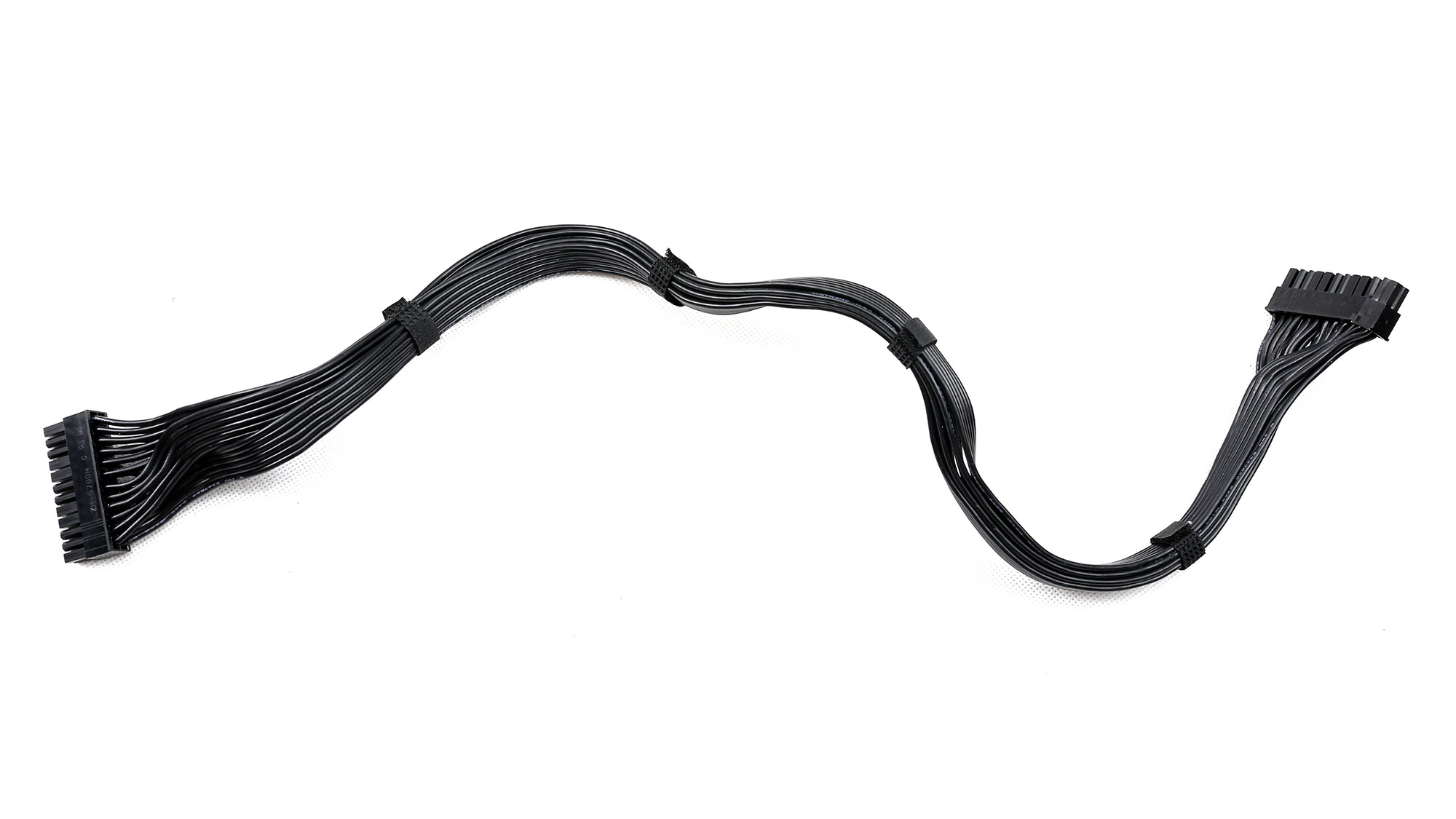
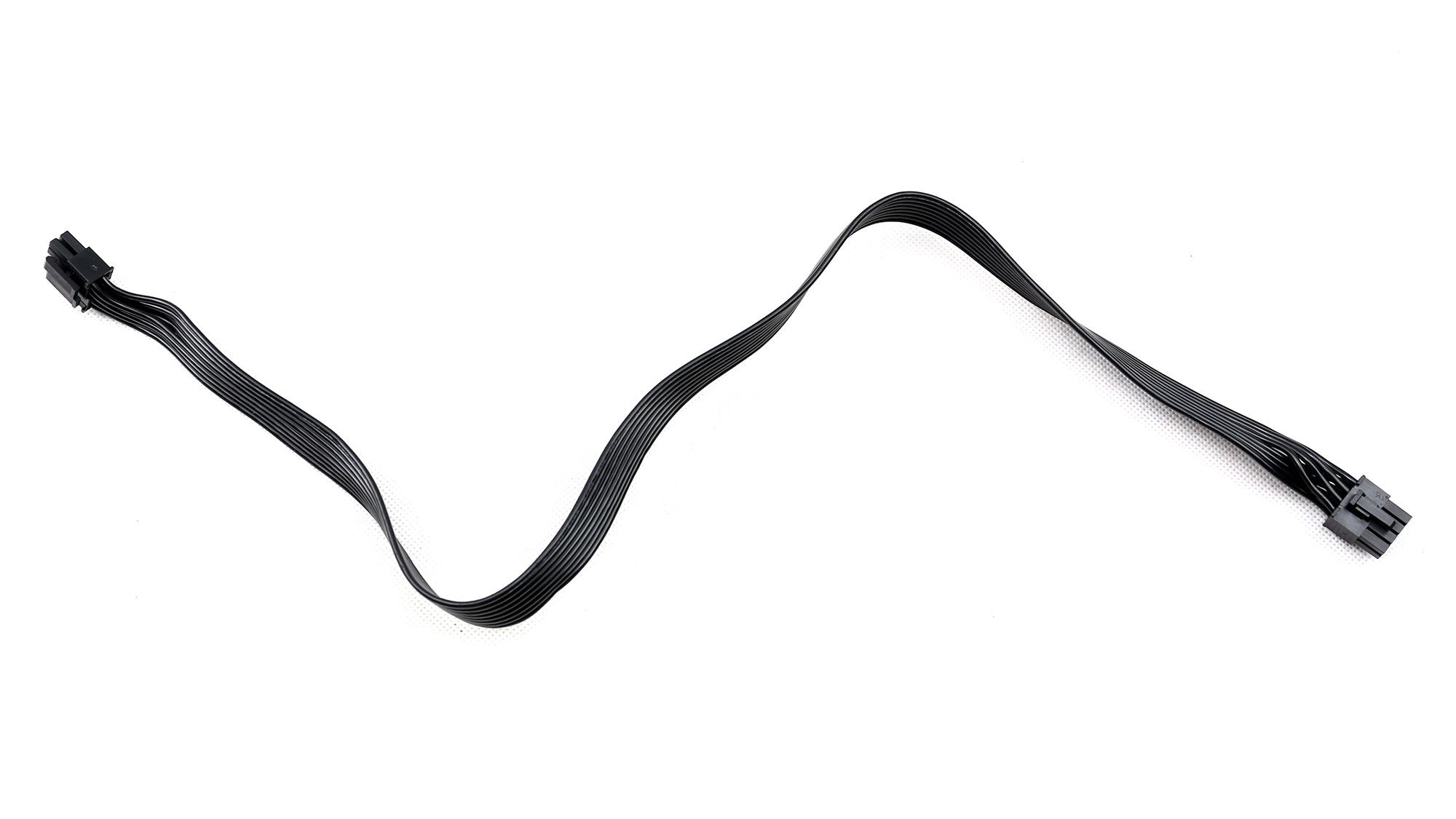
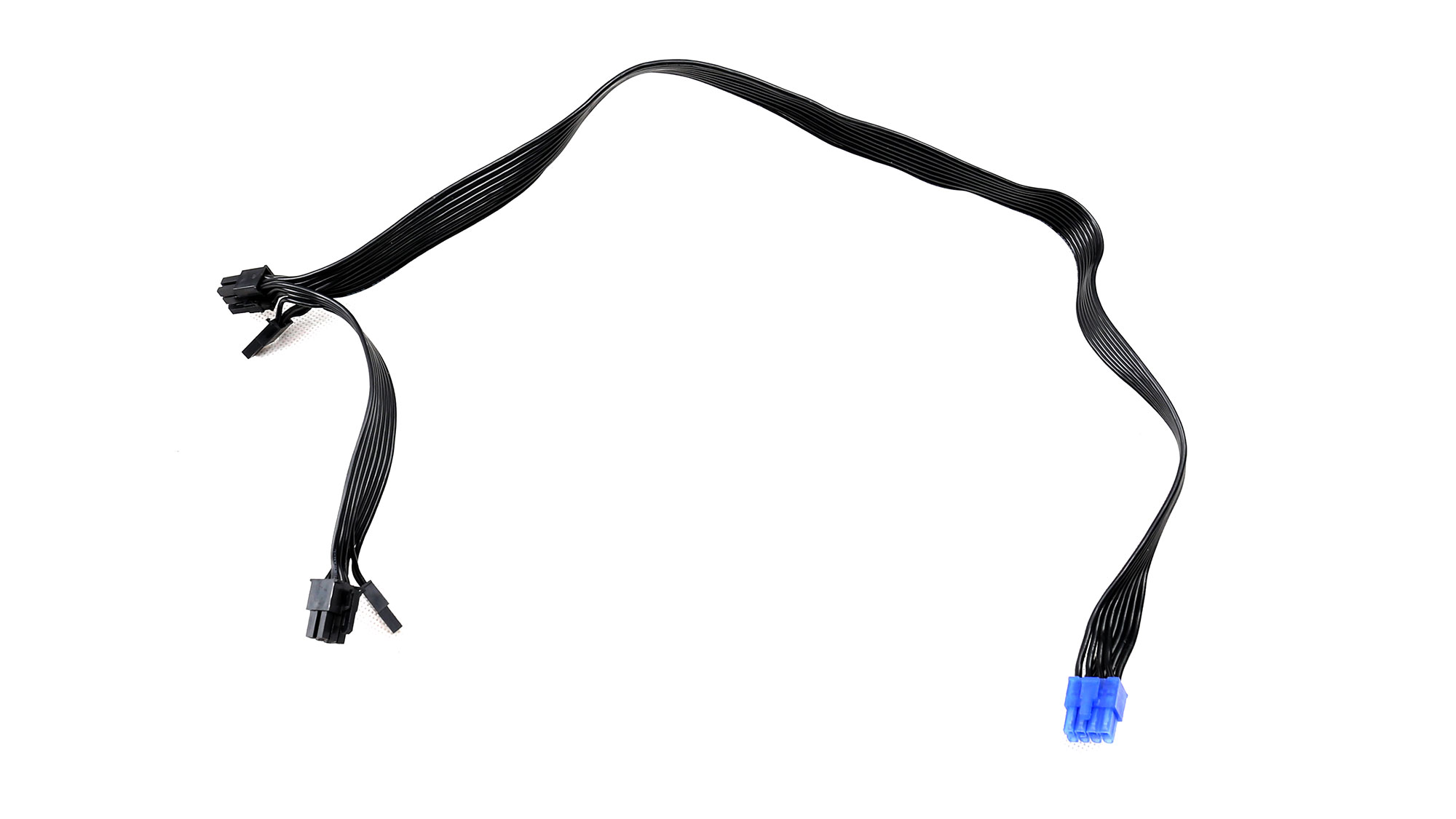
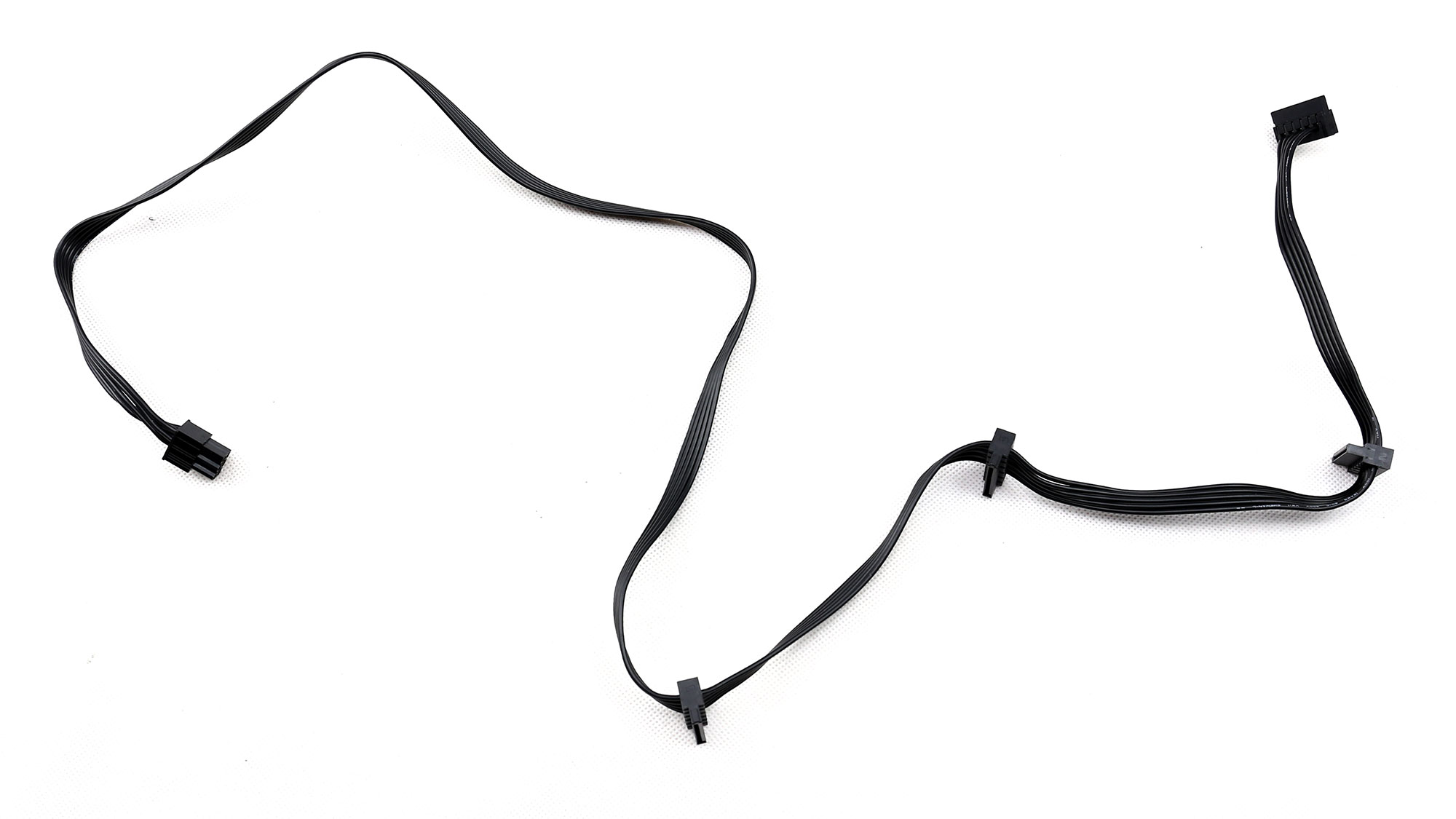
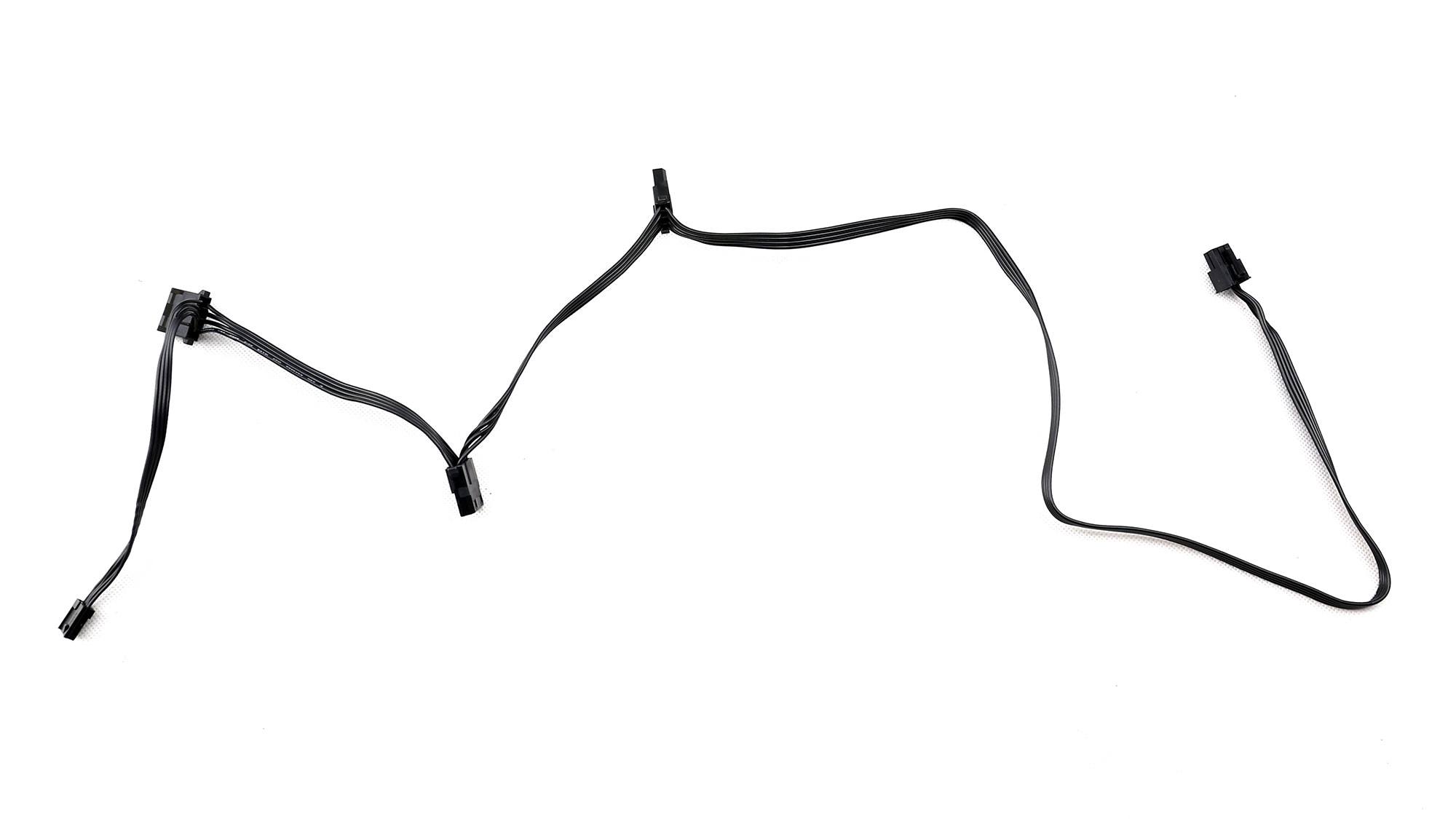
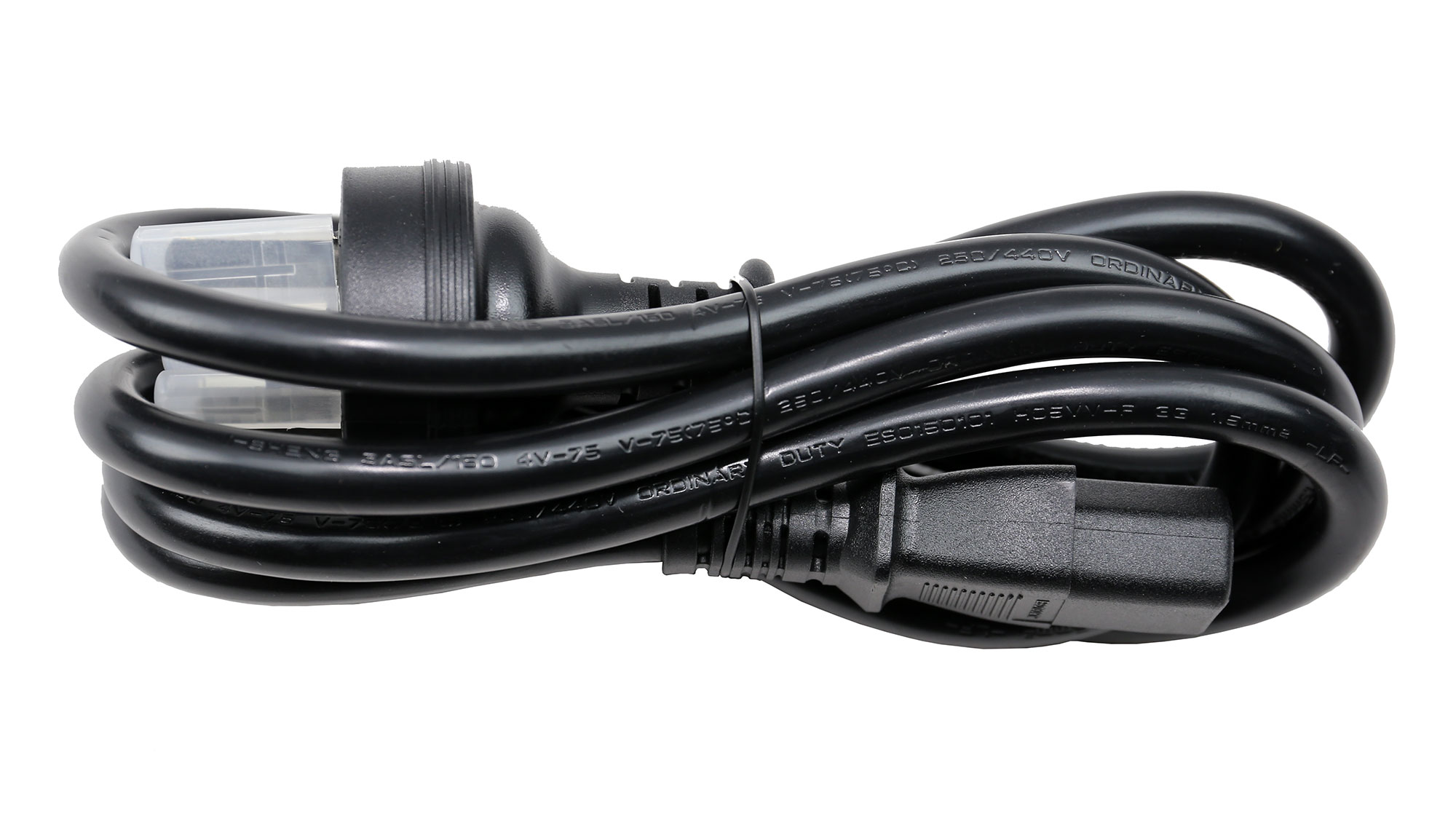
Component Analysis
We strongly encourage you to have a look at our PSUs 101 article, which provides valuable information about PSUs and their operation, allowing you to better understand the components we're about to discuss.
| General Data | |
|---|---|
| Manufacturer (OEM) | Enhance Electronics |
| PCB Type | Double Sided |
| Primary Side | |
| Transient Filter | 6x Y caps, 3x X caps, 2x CM chokes, 1x MOV |
| Inrush Protection | NTC Thermistor & Relay |
| Bridge Rectifier(s) | 1x RS2505M-U1 (600V, 25A @ 150°C) |
| APFC MOSFETS | 4x Infineon IPP50R140CP (550V, 15A @ 100°C, 0.14Ohm) |
| APFC Boost Diode | 2x CREE C3D08060A (600V, 8A @ 152°C) |
| Hold-up Cap(s) | 2x Nippon Chemi-Con (450V, 560uF, 2000h @ 105°C, KMW) |
| Main Switchers | 4x Infineon IPP50R140CP (550V, 15A @ 100°C, 0.14Ohm) |
| IC Driver | 2x Silicon Labs Si8230BD |
| APFC Controller | ATK AT6101ZS & CM03X Green PFC Controller |
| Resonant Controllers | Champion CM6901T6 |
| Topology | Primary side: Interleaved PFC, Full-Bridge & LLC converter Secondary side: Synchronous Rectification & DC-DC converters |
| Secondary Side | |
| +12V MOSFETS | 8x Infineon BSC014N04LS (40V, 100A @ 100°C, 1.4mOhm) |
| 5V & 3.3V | DC-DC Converters: 4x Infineon BSC018NE2LS (25V, 97A @ 100°C, 1.4mOhm) PWM Controllers: ANPEC APW7160A |
| Filtering Capacitors | Electrolytics: Nippon Chemi-Con (4-10,000 @ 105°C, KY), Rubycon (3-6,000 @ 105°C, YXG), Suncon (105°C) Polymers: Unicon (UPH), CapXon (PT) |
| Supervisor IC | SITI PS223 (OCP, OTP, OVP, UVP, SCP, PG) |
| Fan Model | Yate Loon D12SH -12 (120mm, 12V, 0.30A, Rifle Bearing Fan) |
| 5VSB Circuit | |
| Rectifier | 1x PFR10V45CT SBR (45V, 10A) |
| Standby PWM Controller | ATK AT6002H |
The ST1000-PTS uses the same parts with the ST1200-PTS, with the only difference being the addition of a small number of CapXon polymer caps on the secondary side. We expected to see differences in the PFC and the main switching FETs and in the FETs that regulate the +12V rail, but there are all the same. Even the bulk caps are identical, which is weird!
Get Tom's Hardware's best news and in-depth reviews, straight to your inbox.
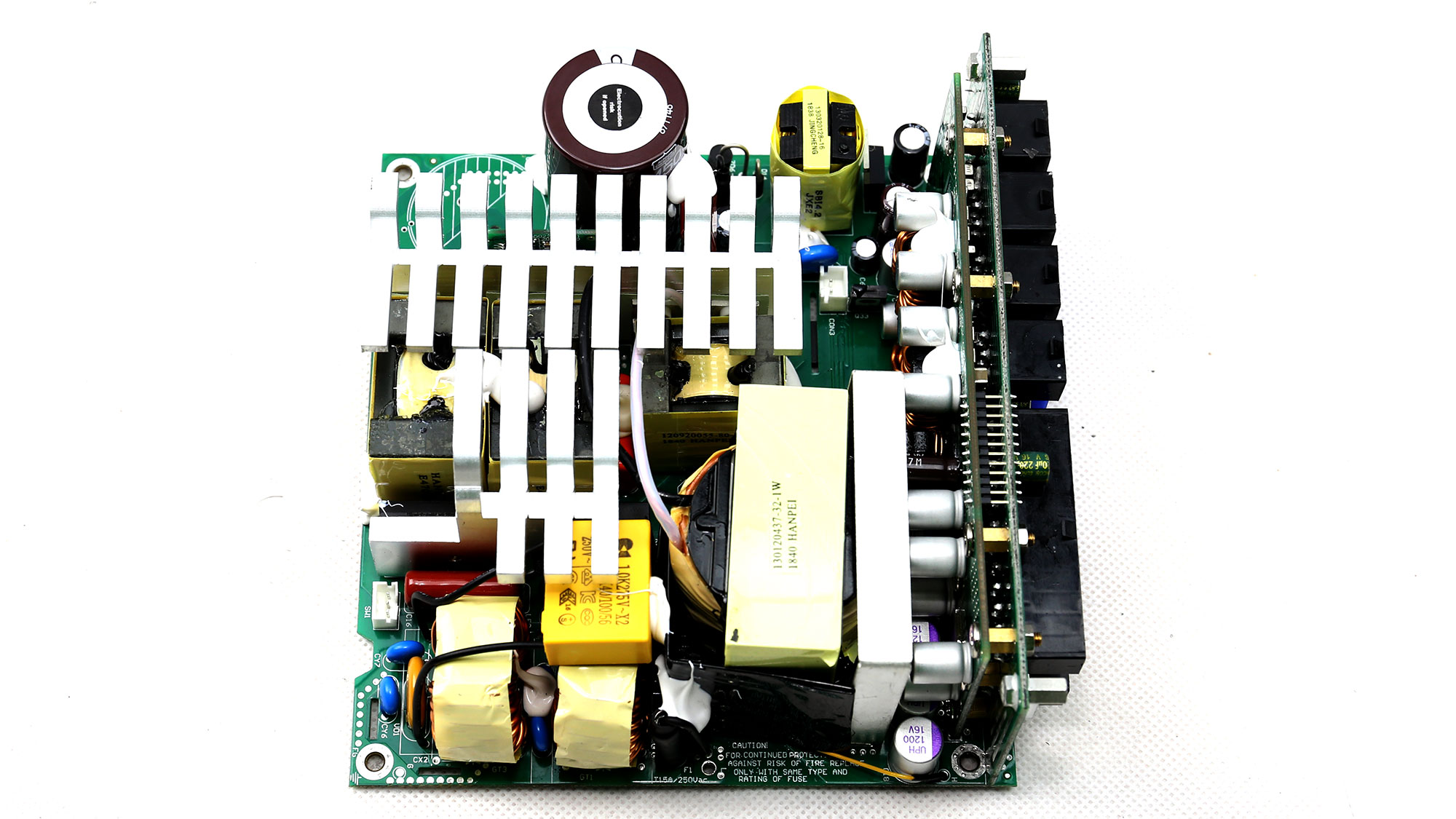
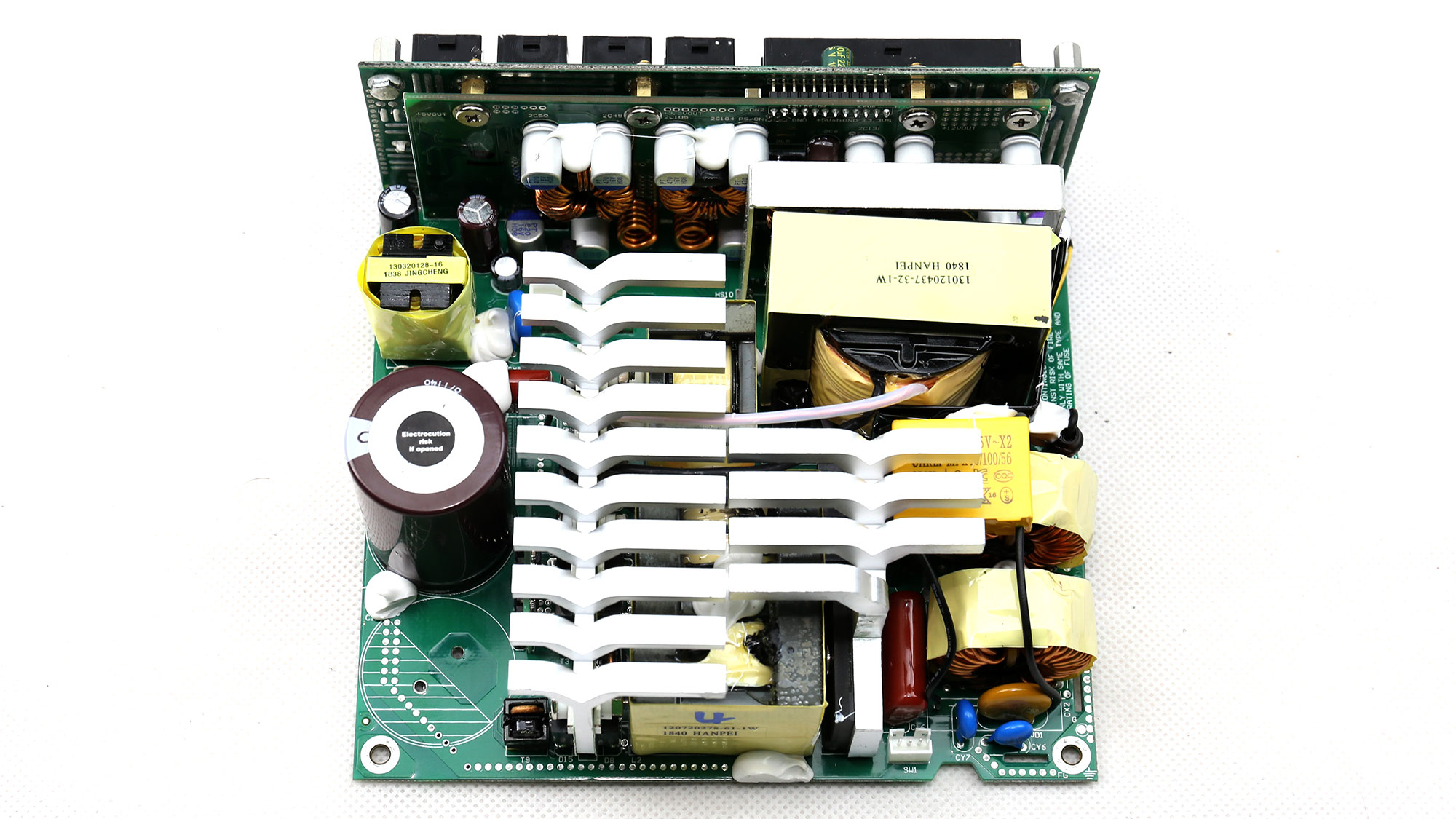
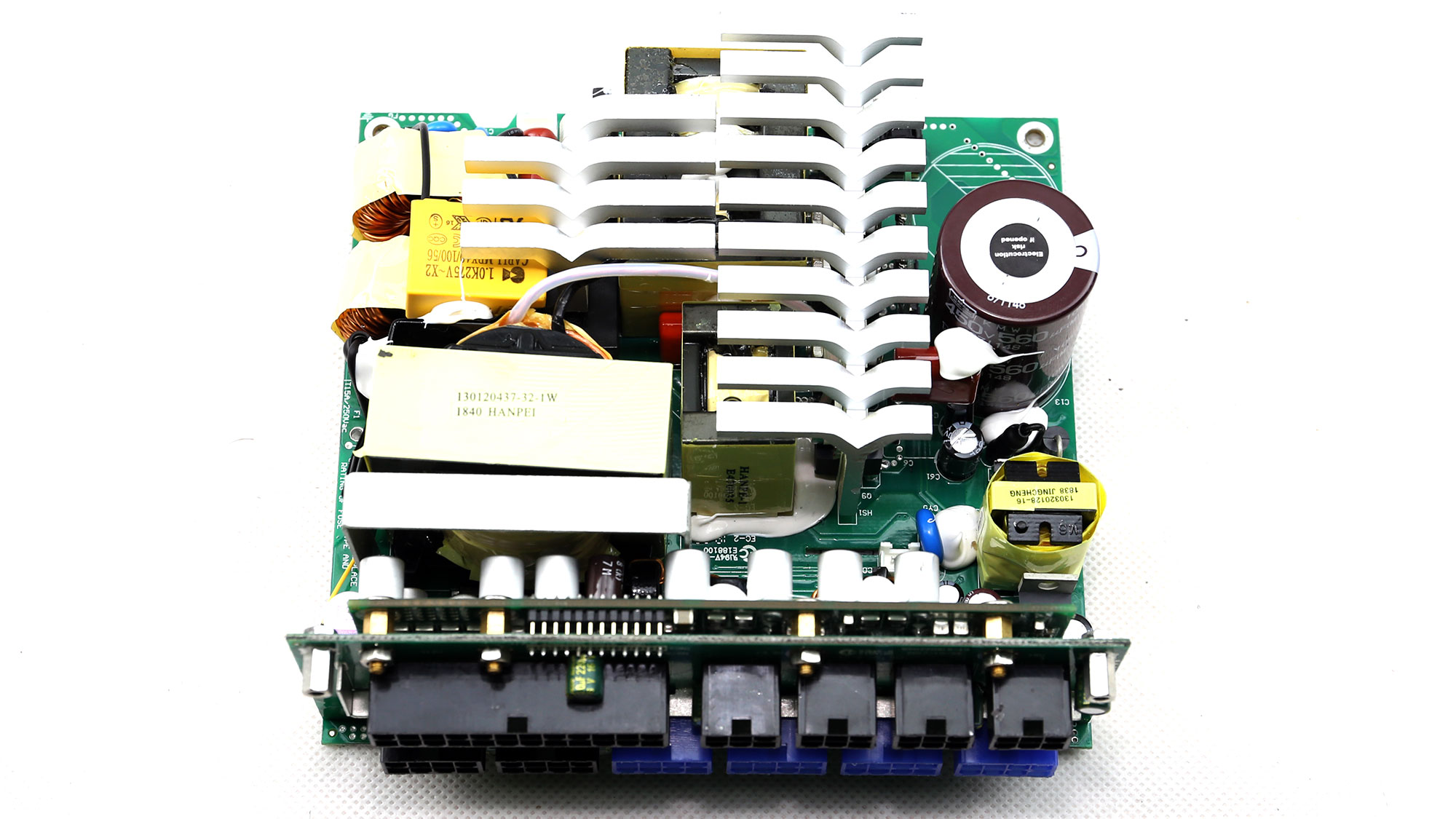
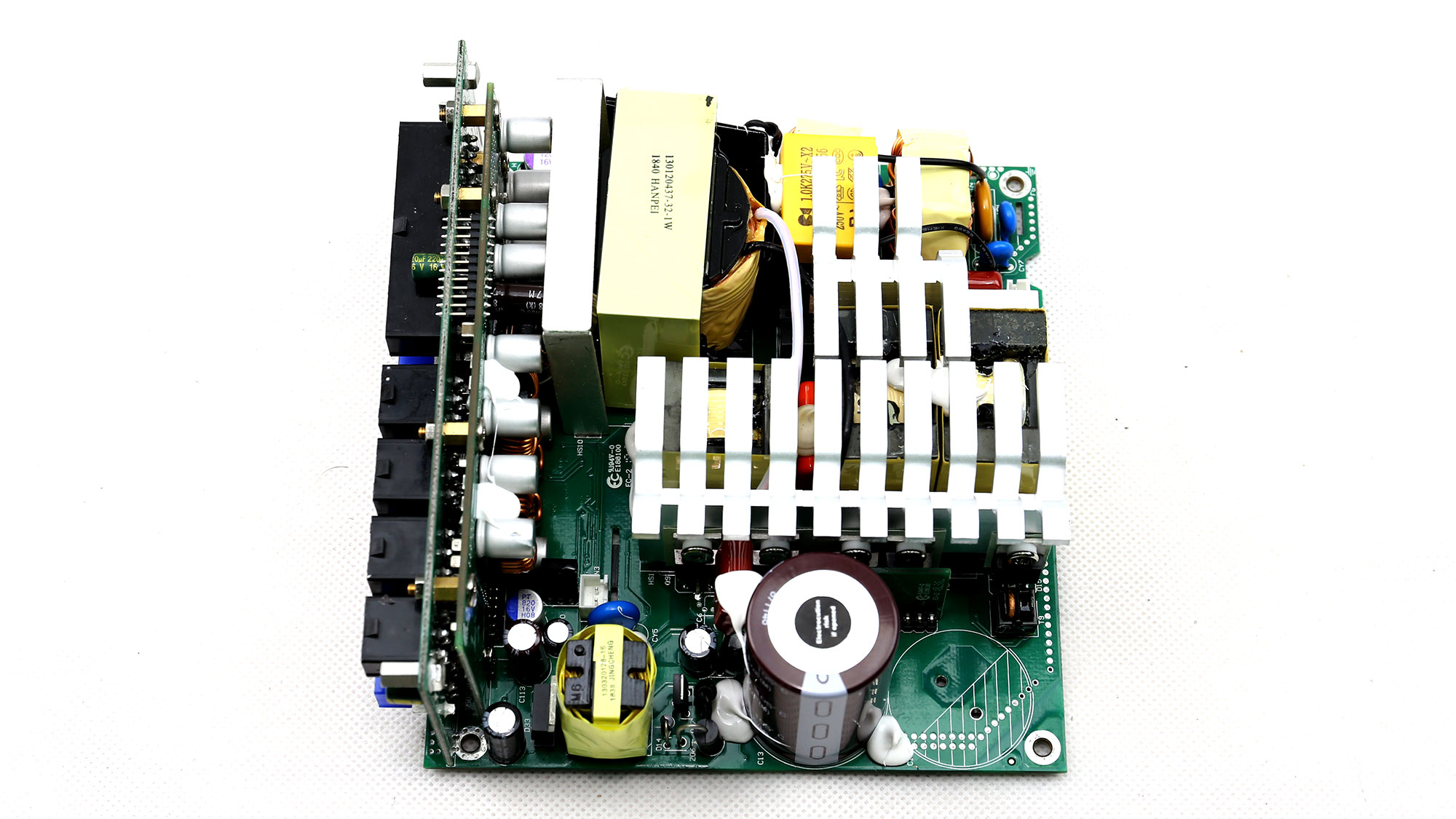
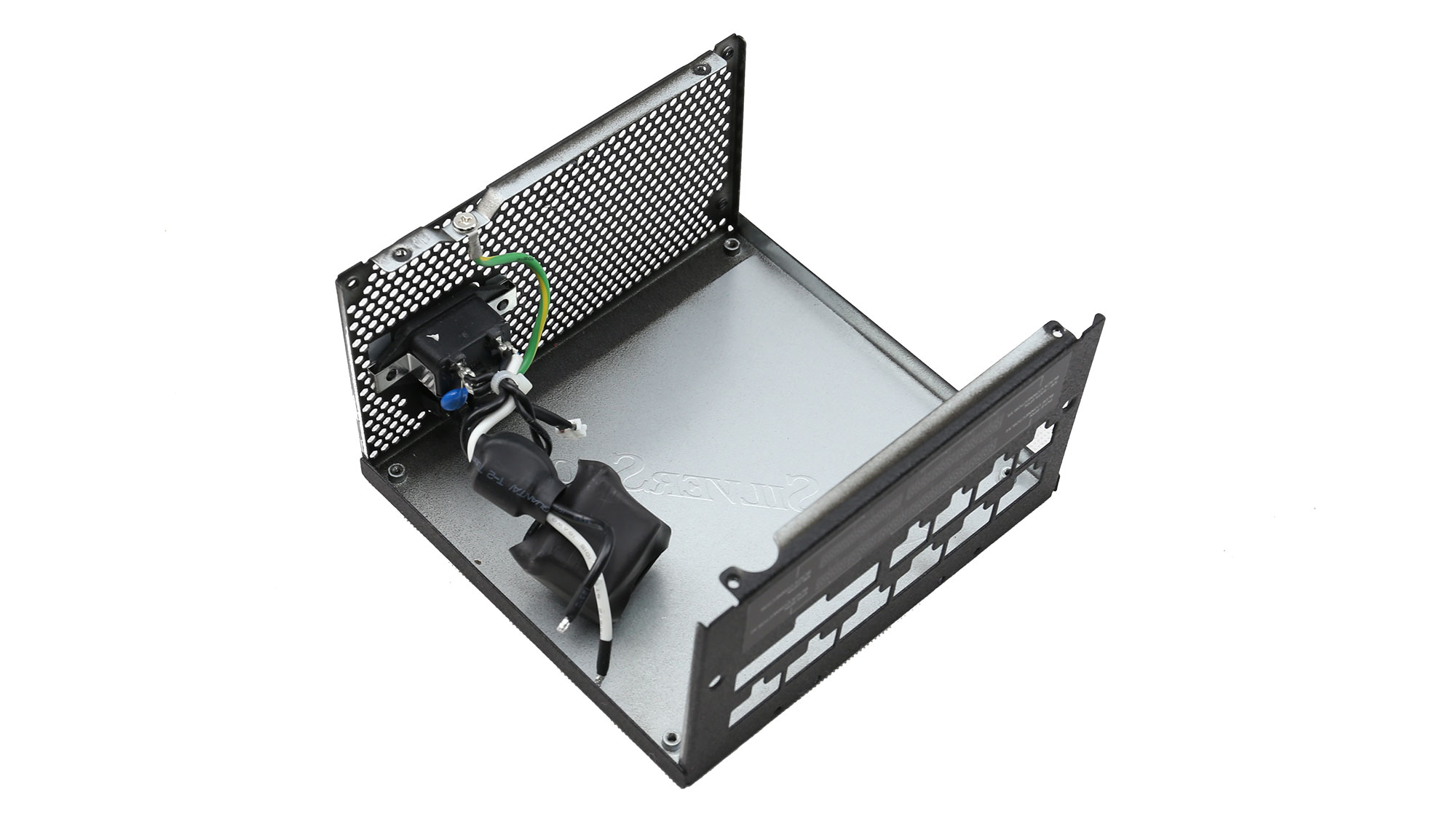
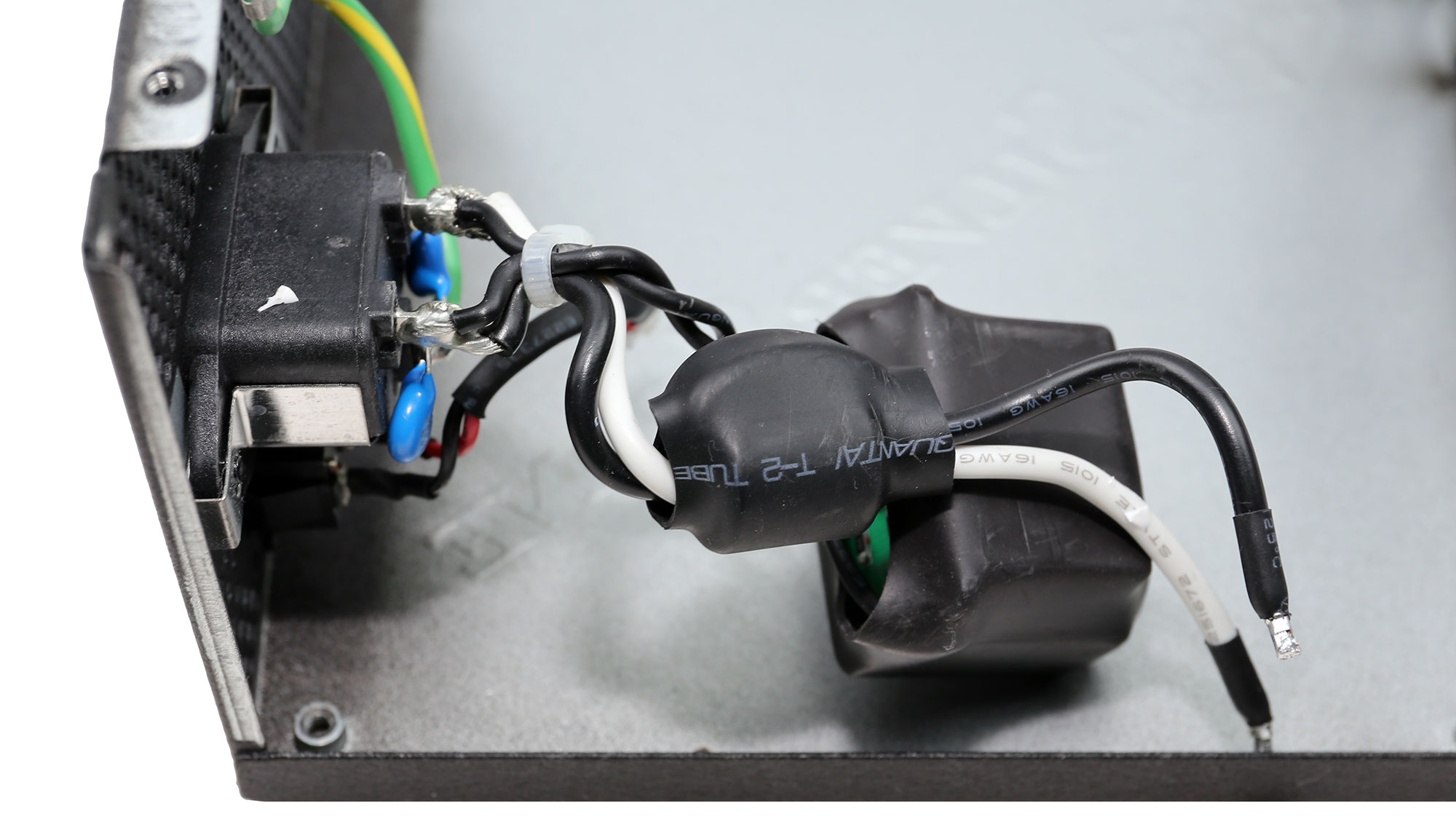
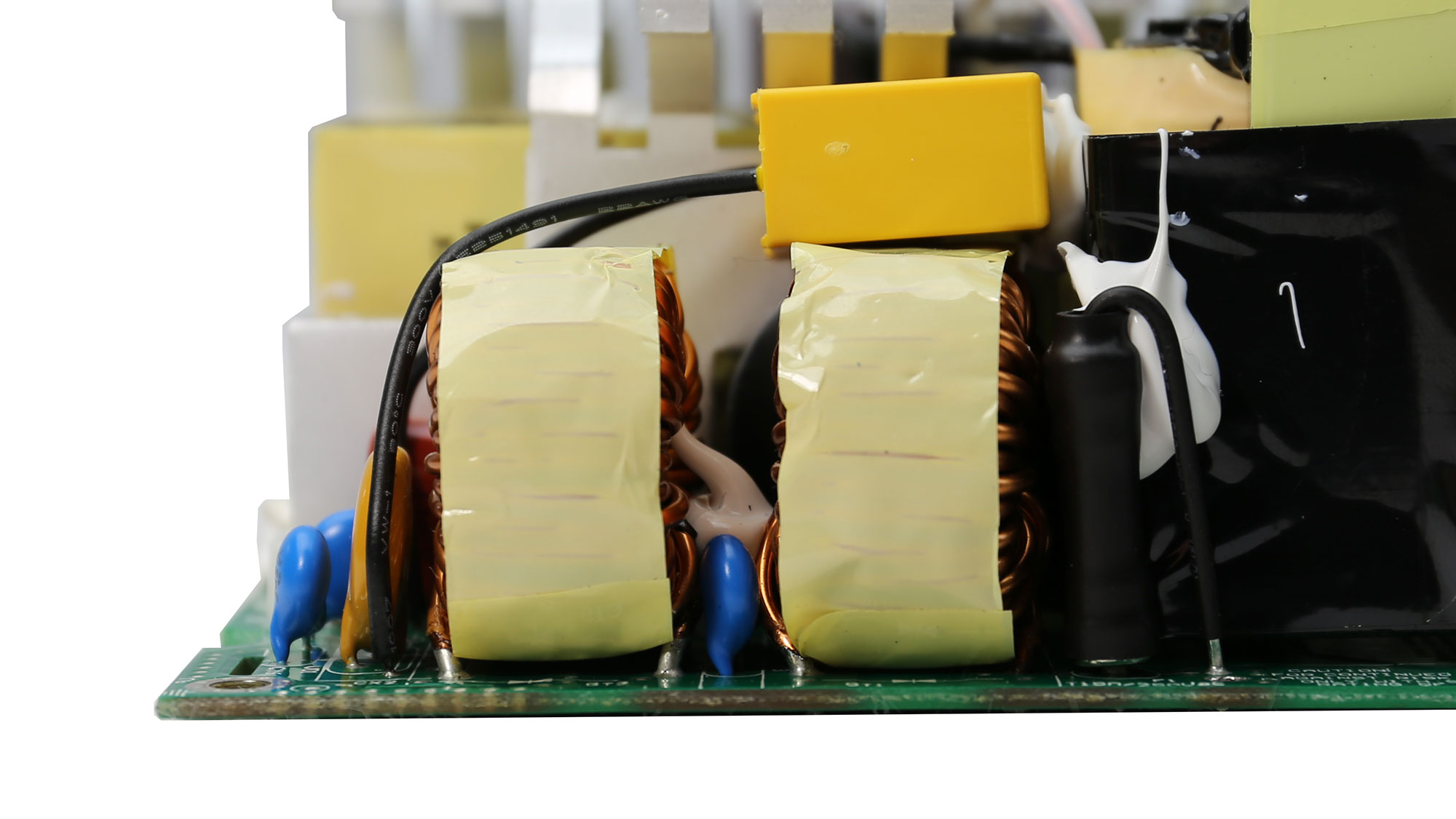
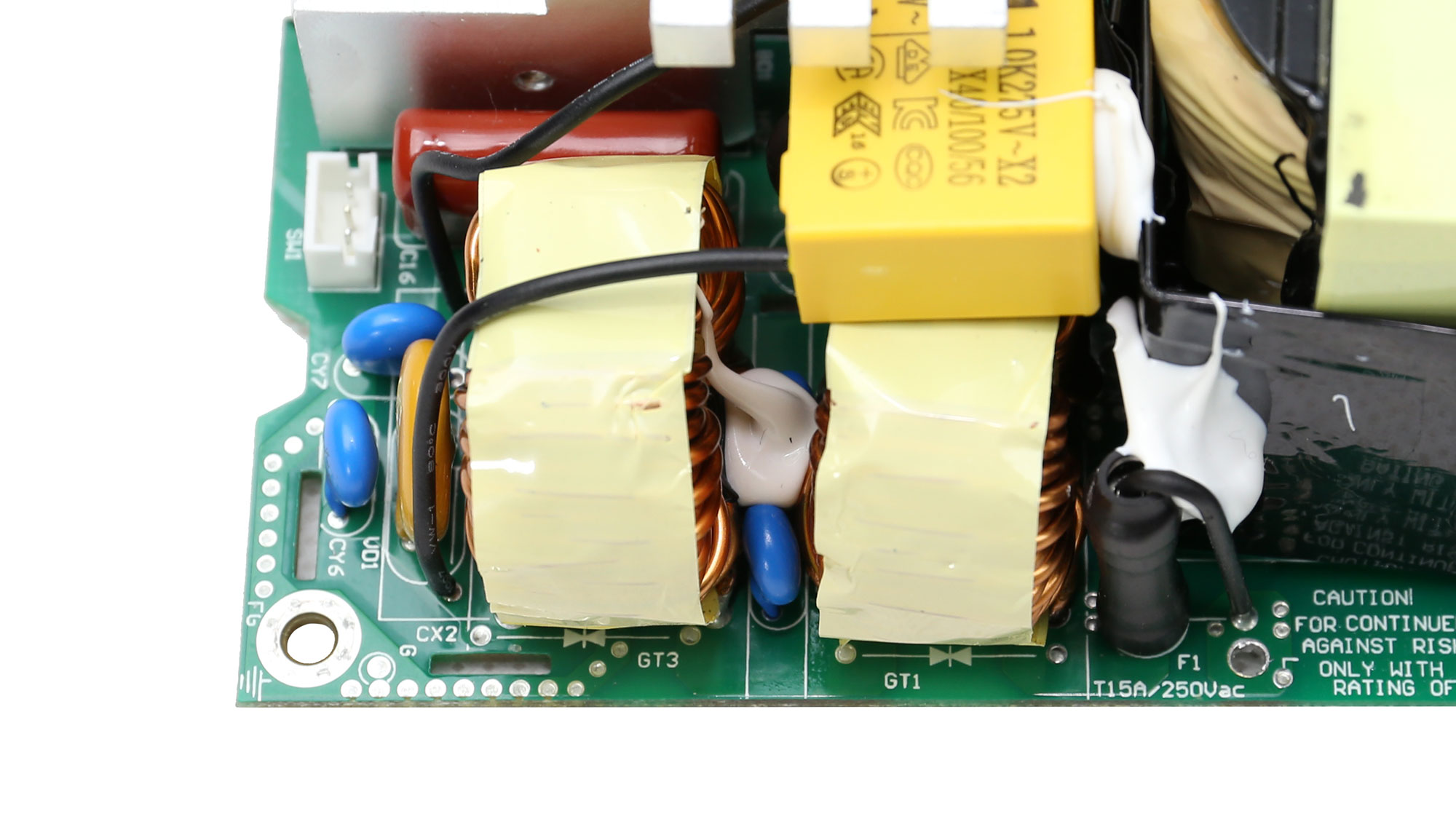
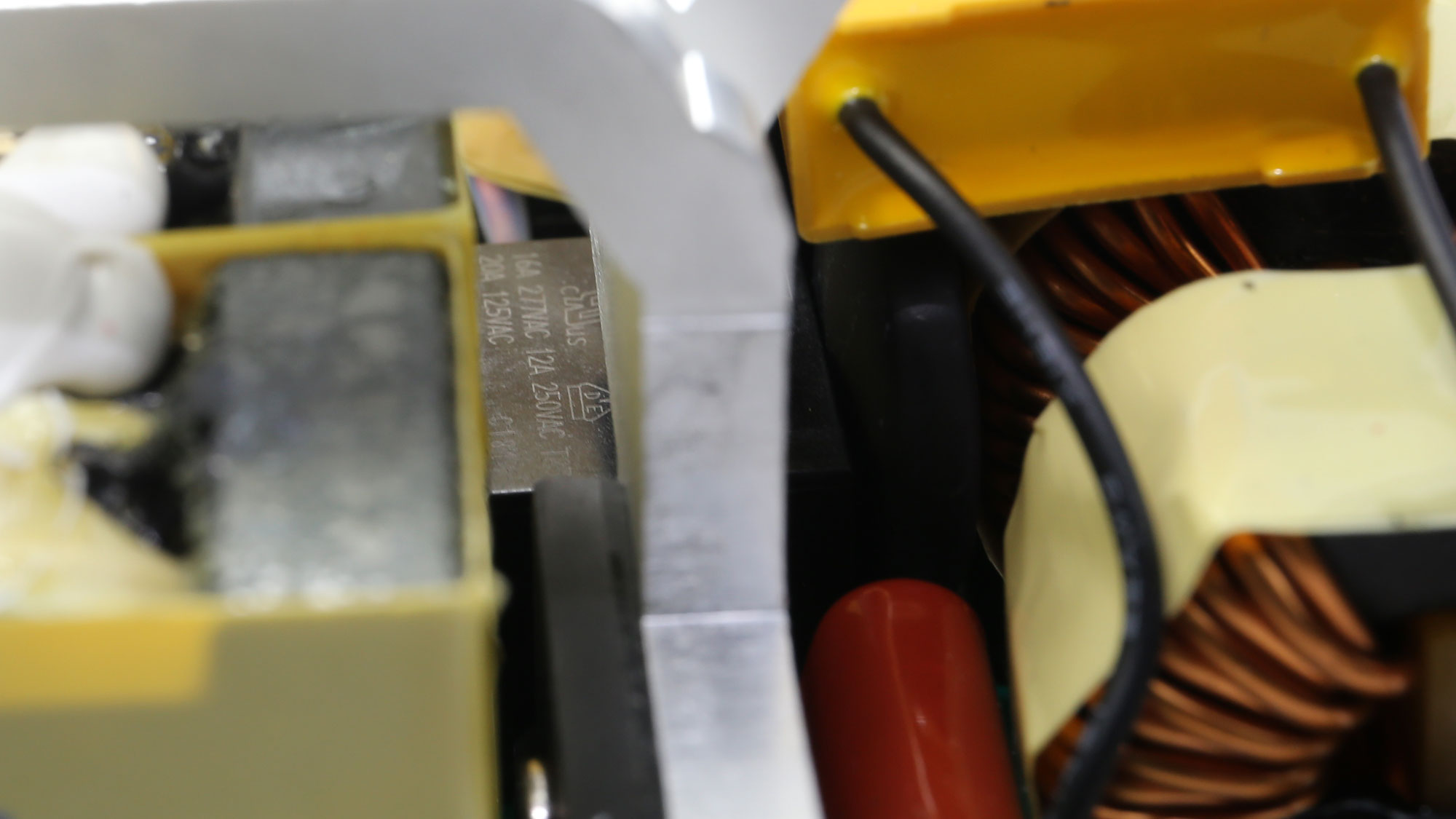
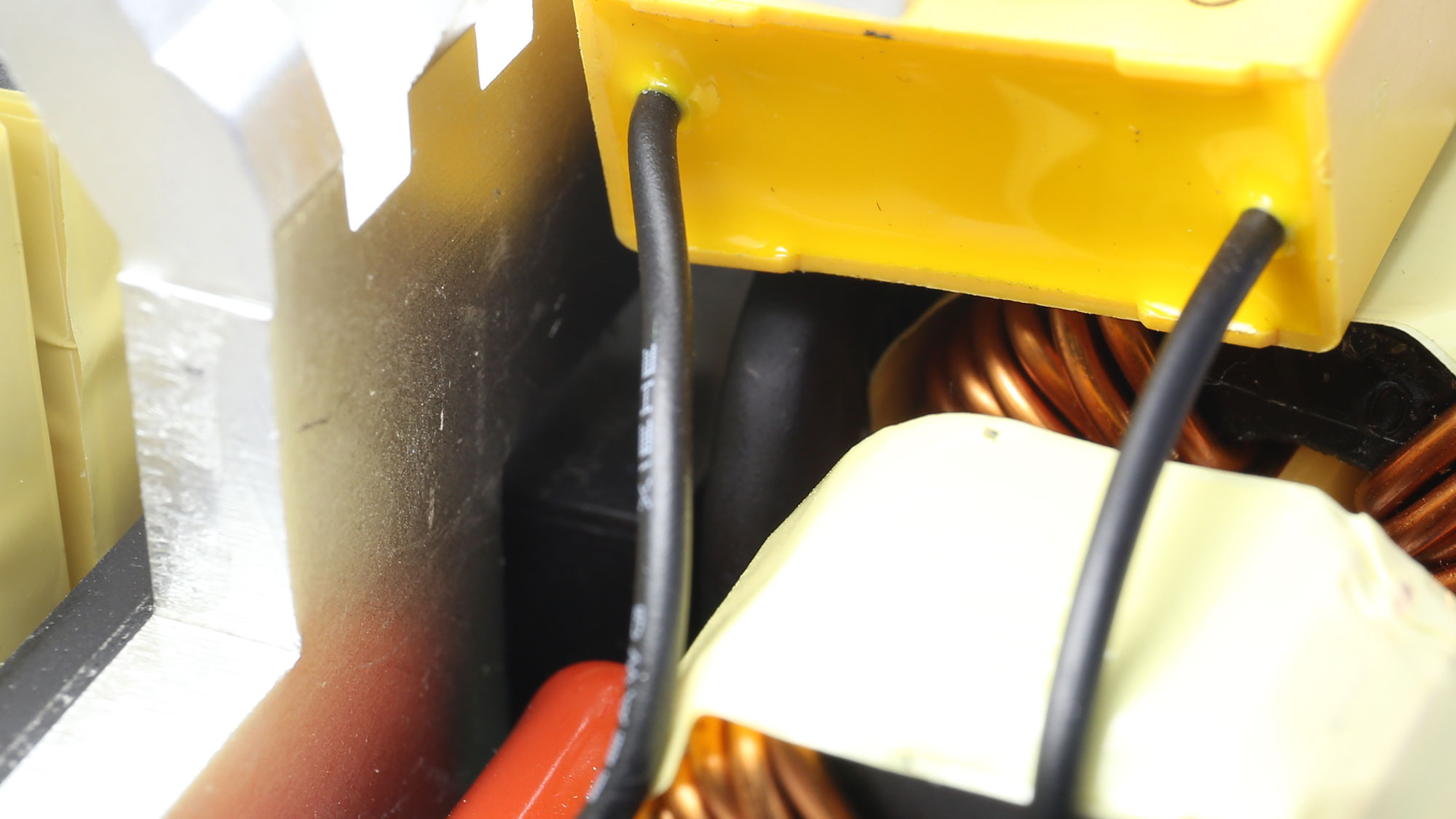
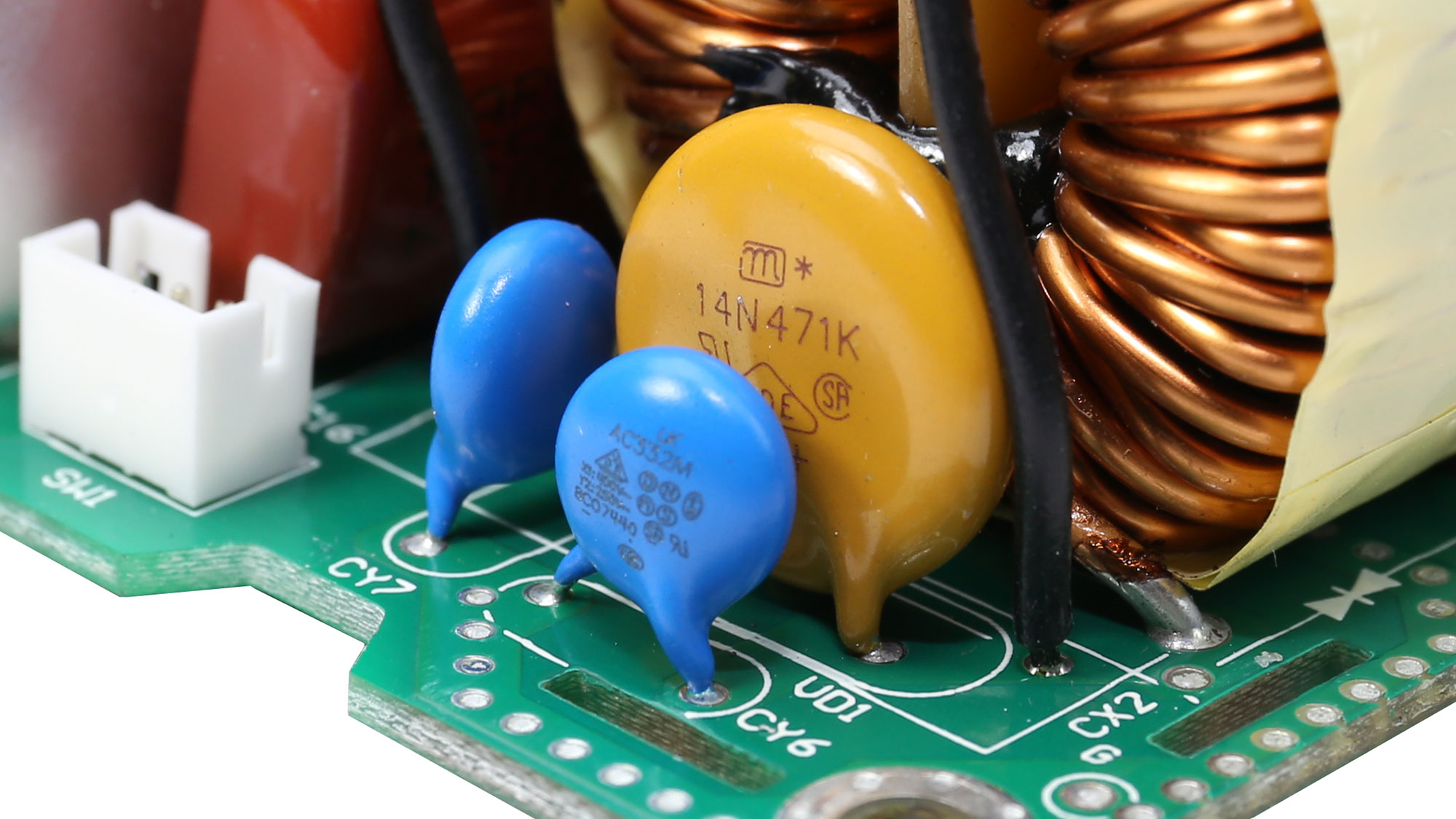
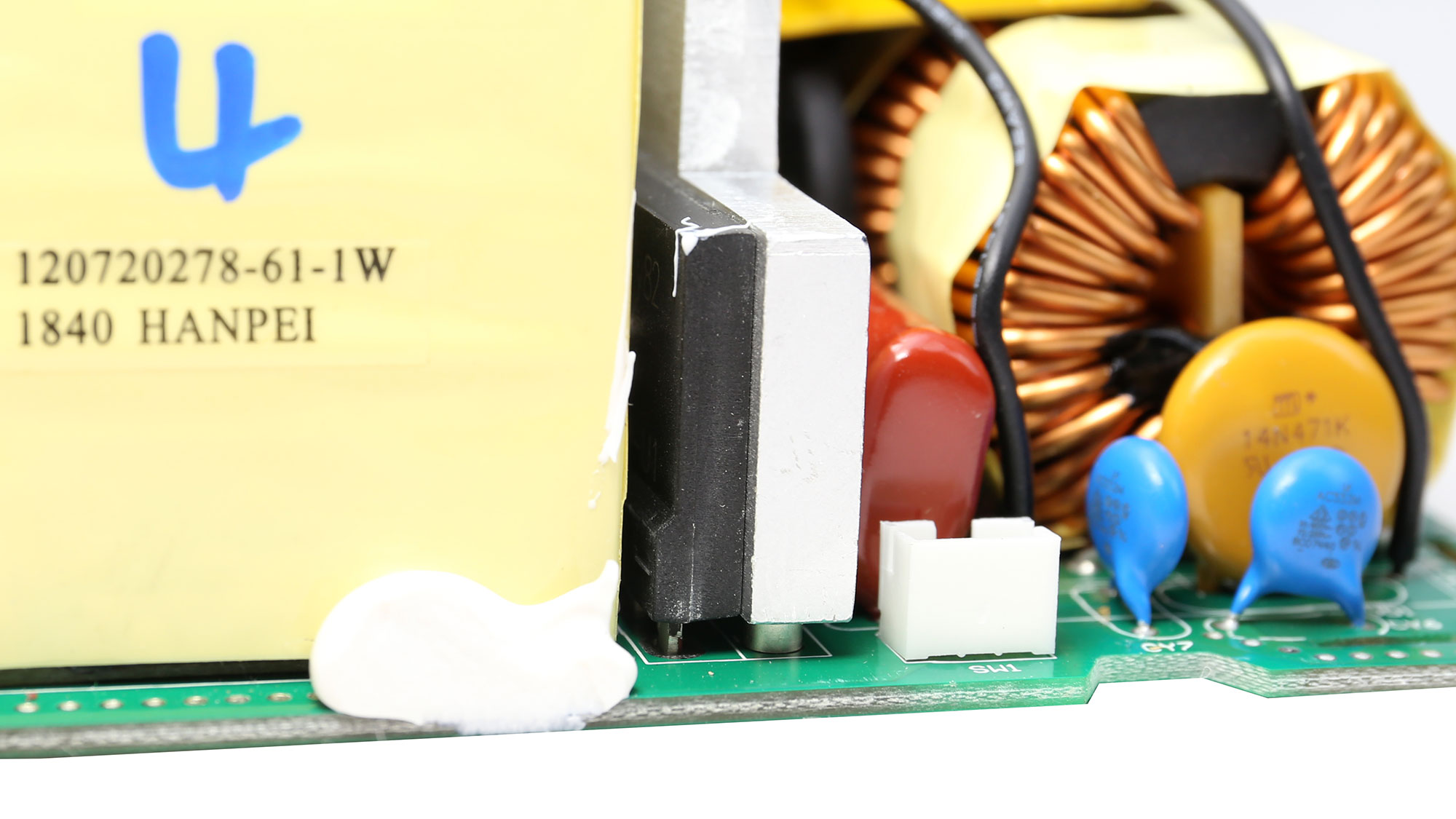
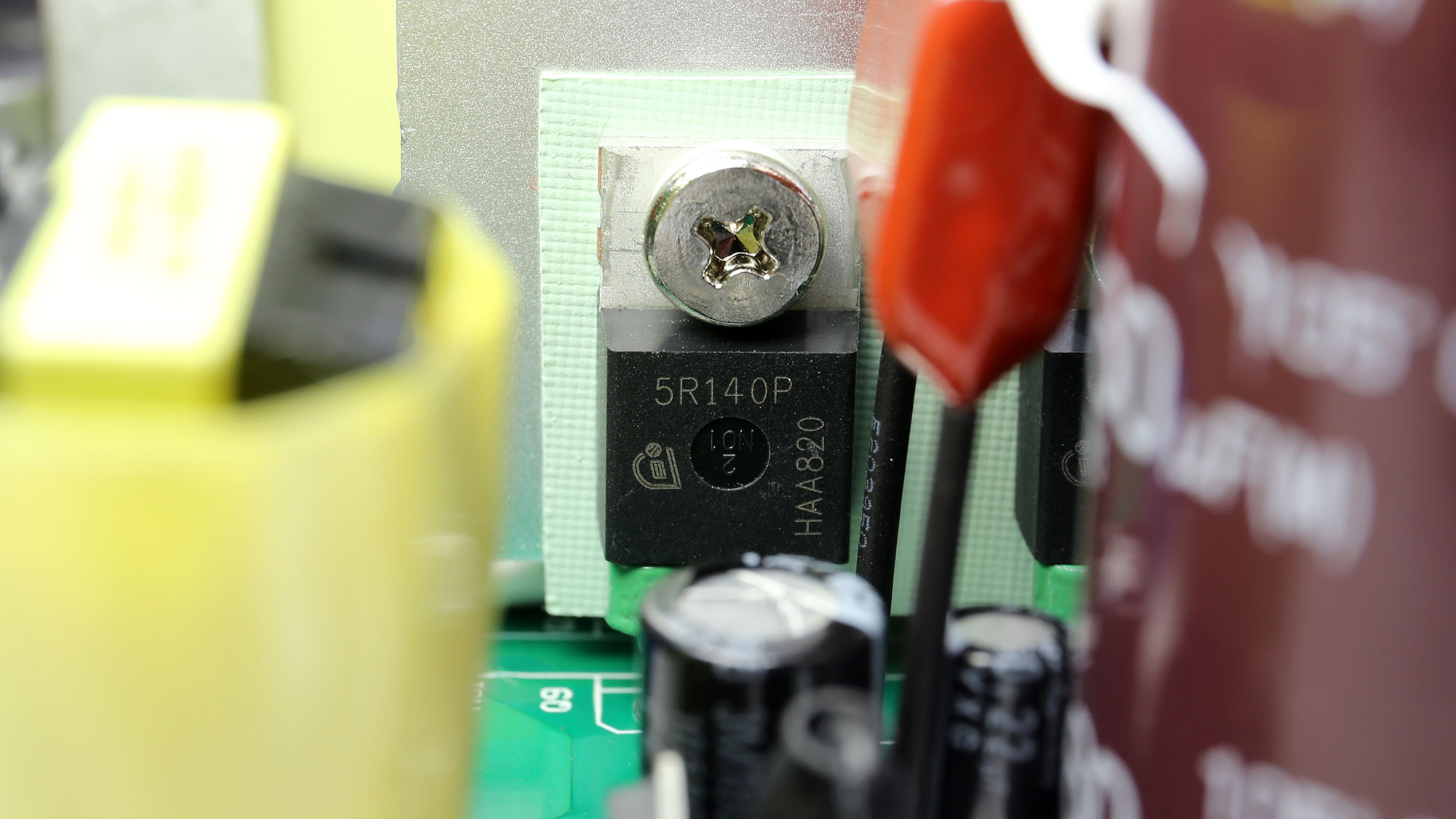
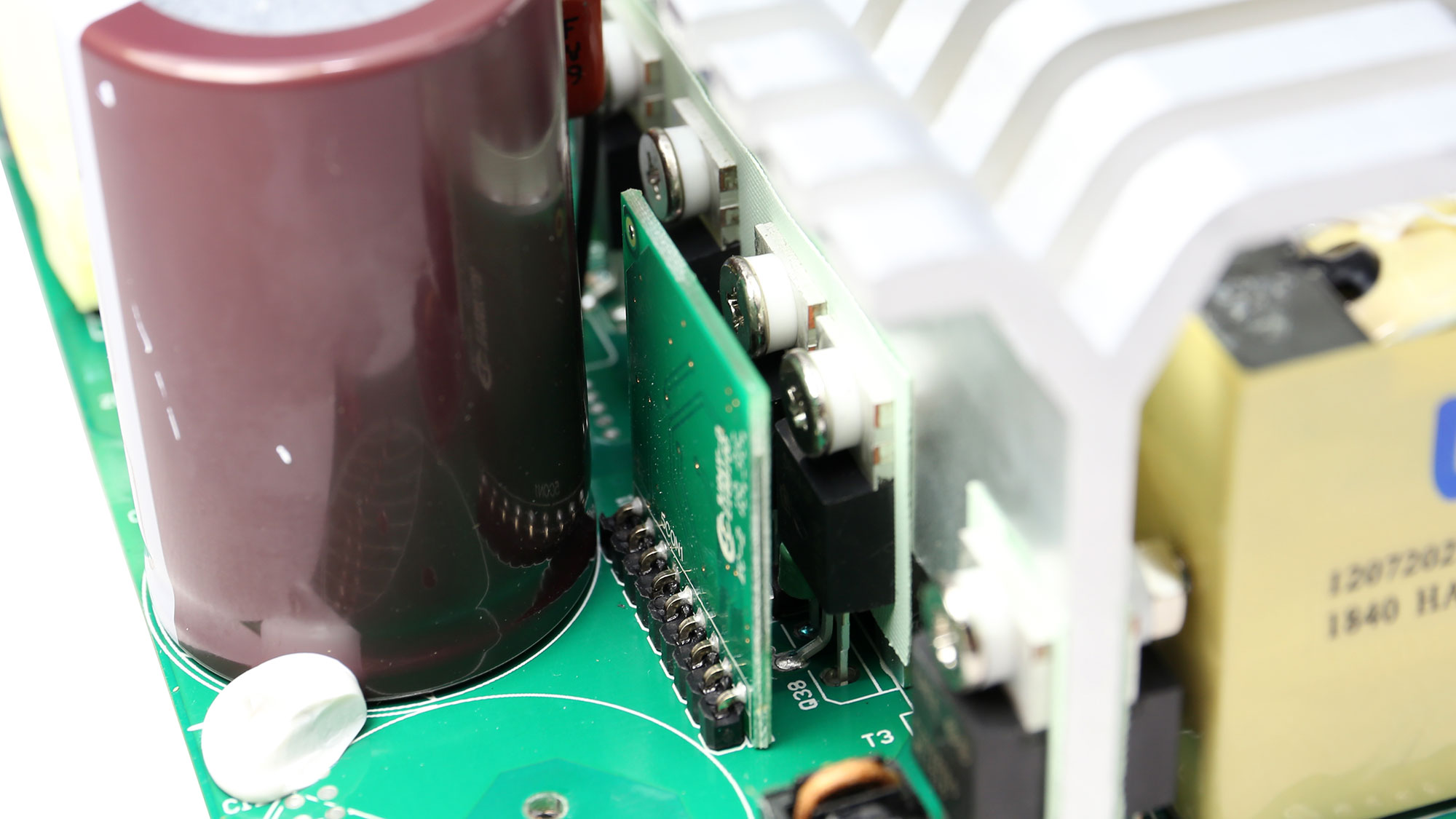
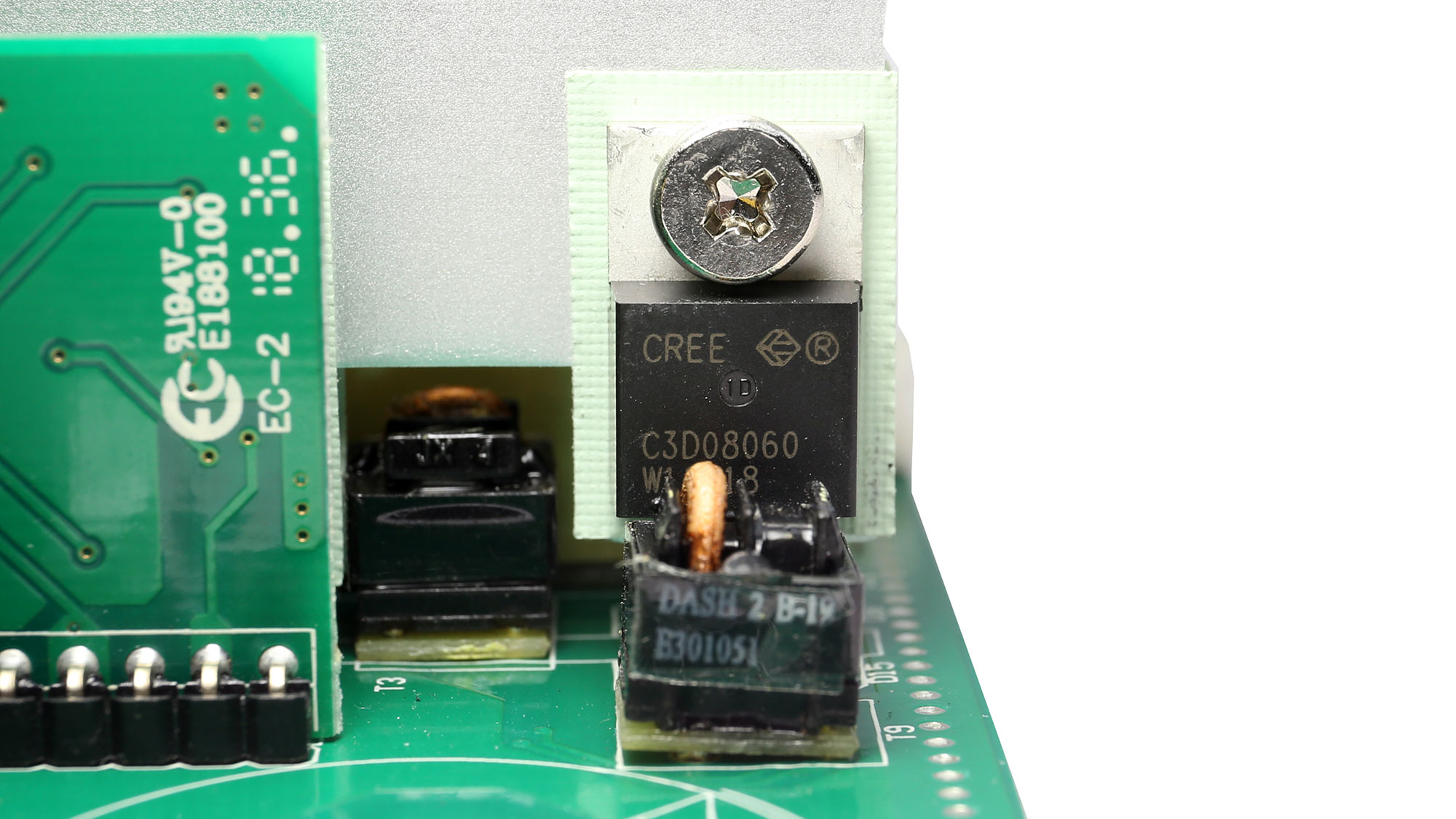
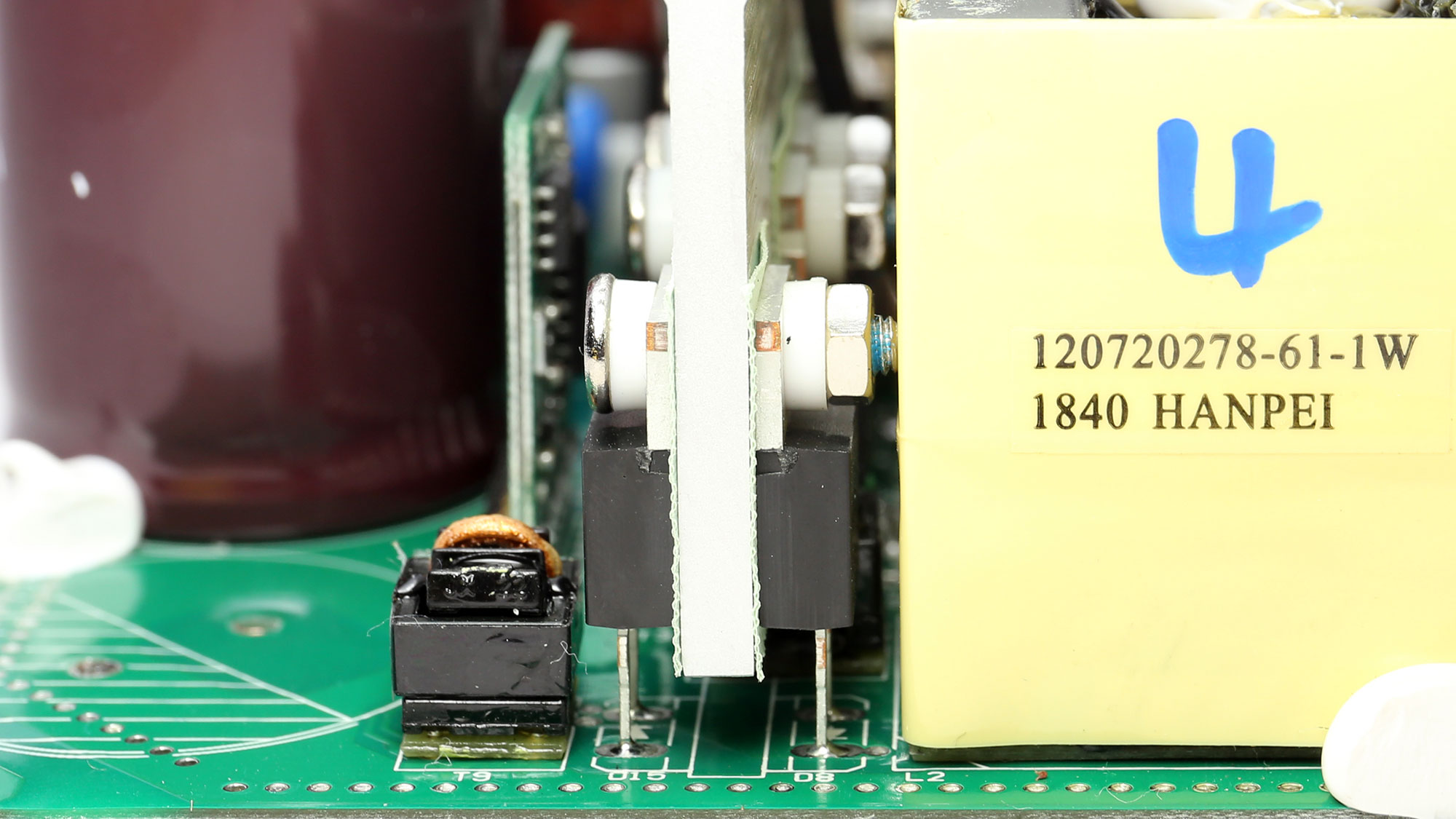
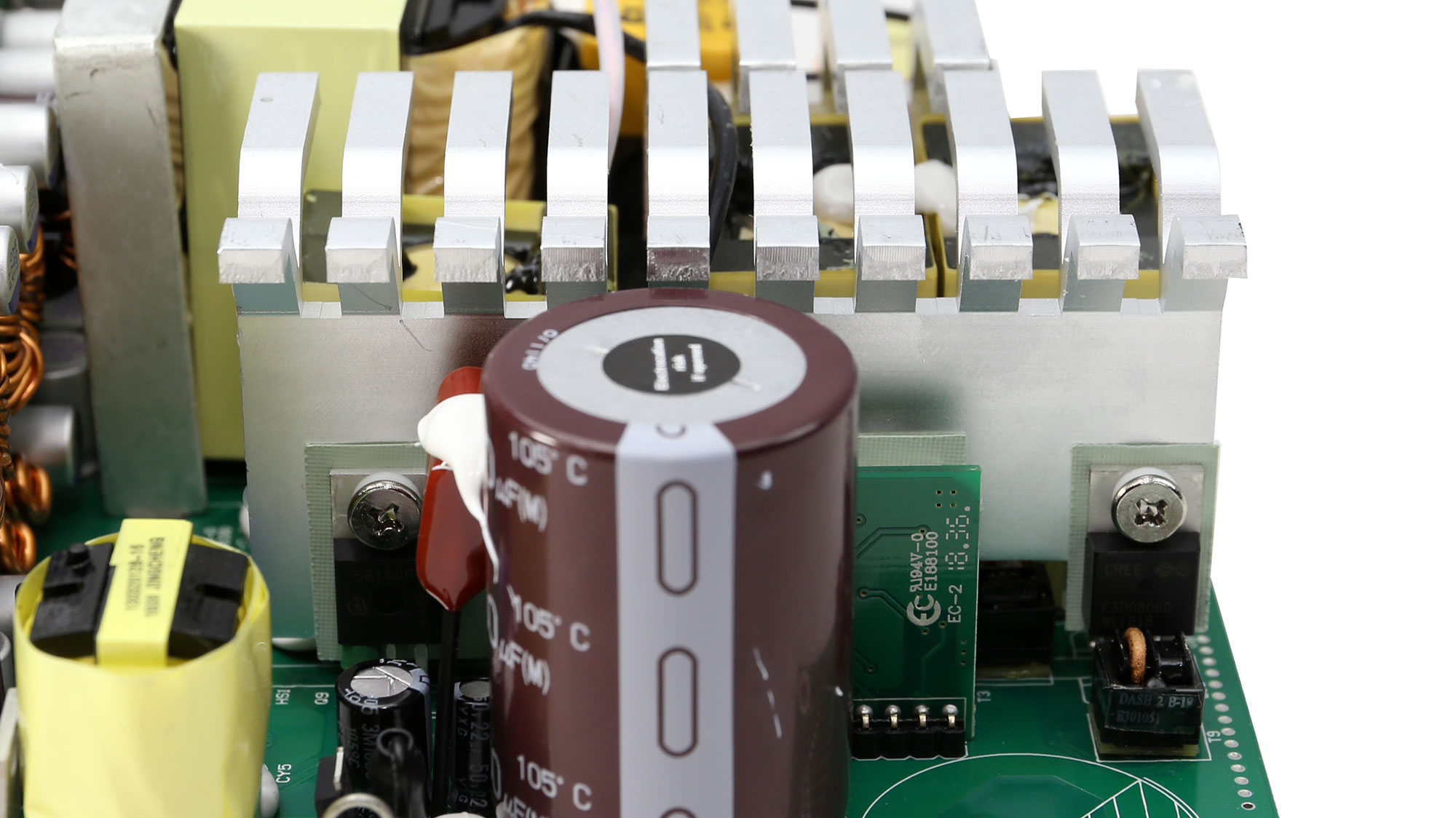
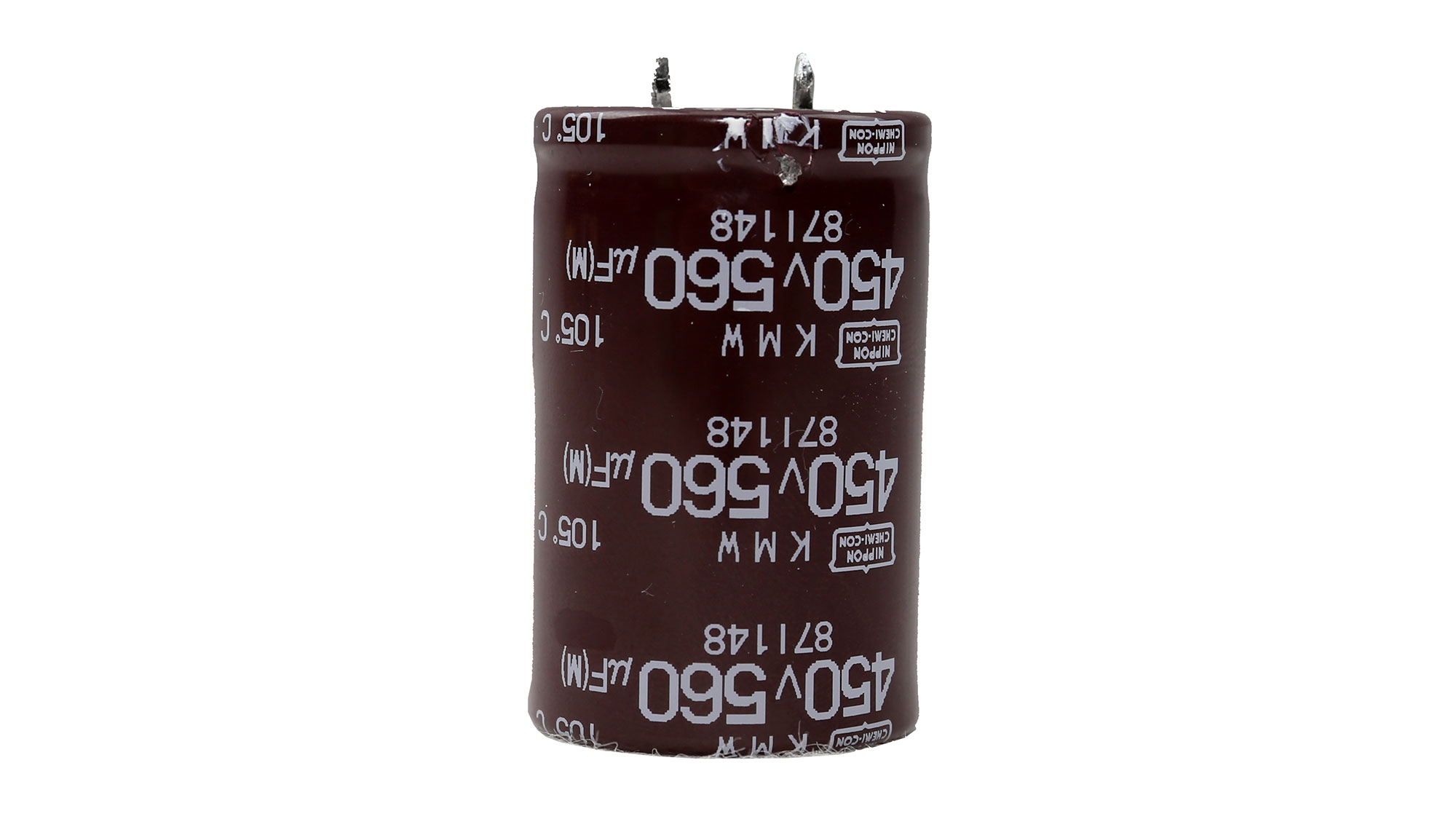
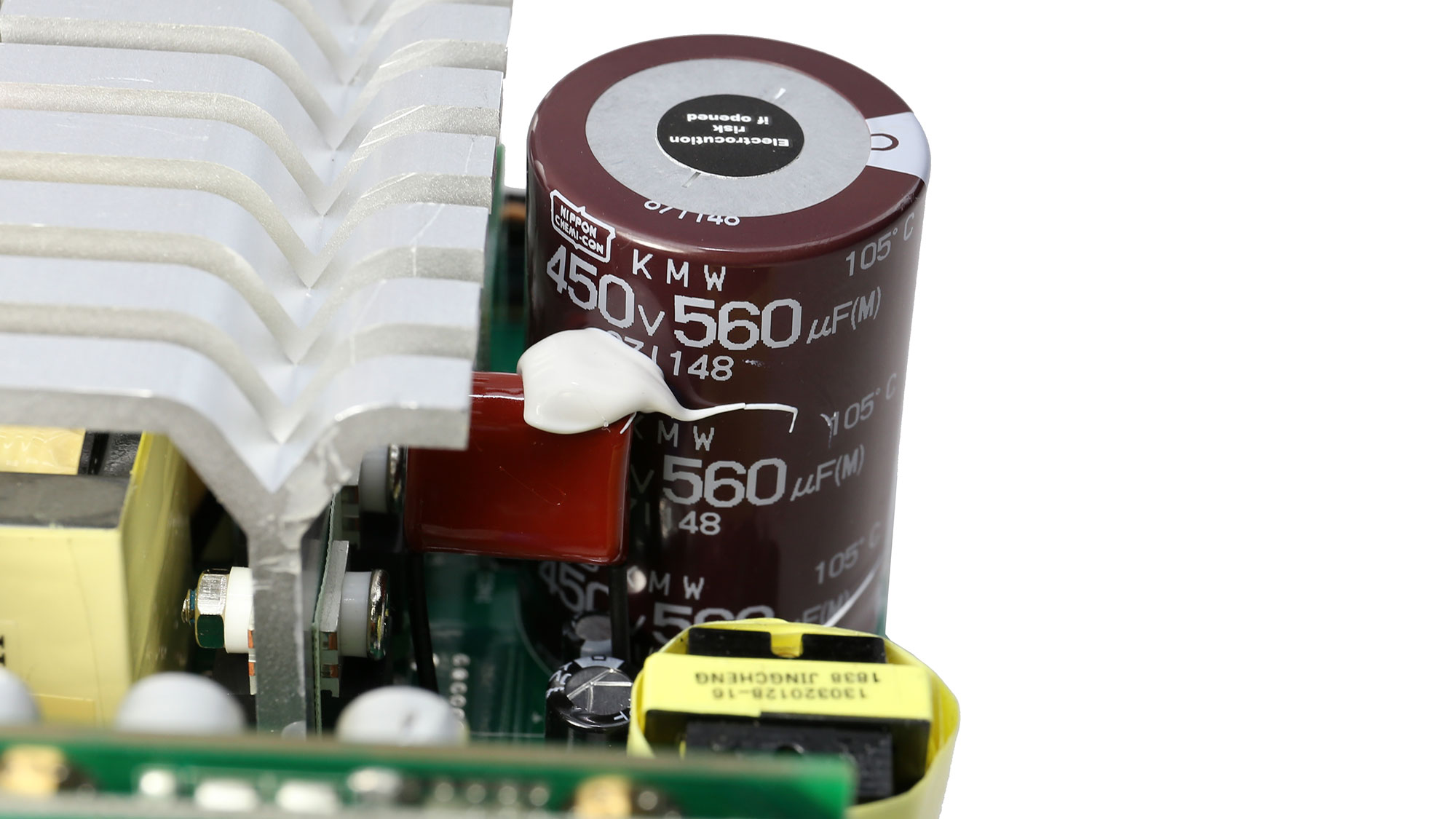
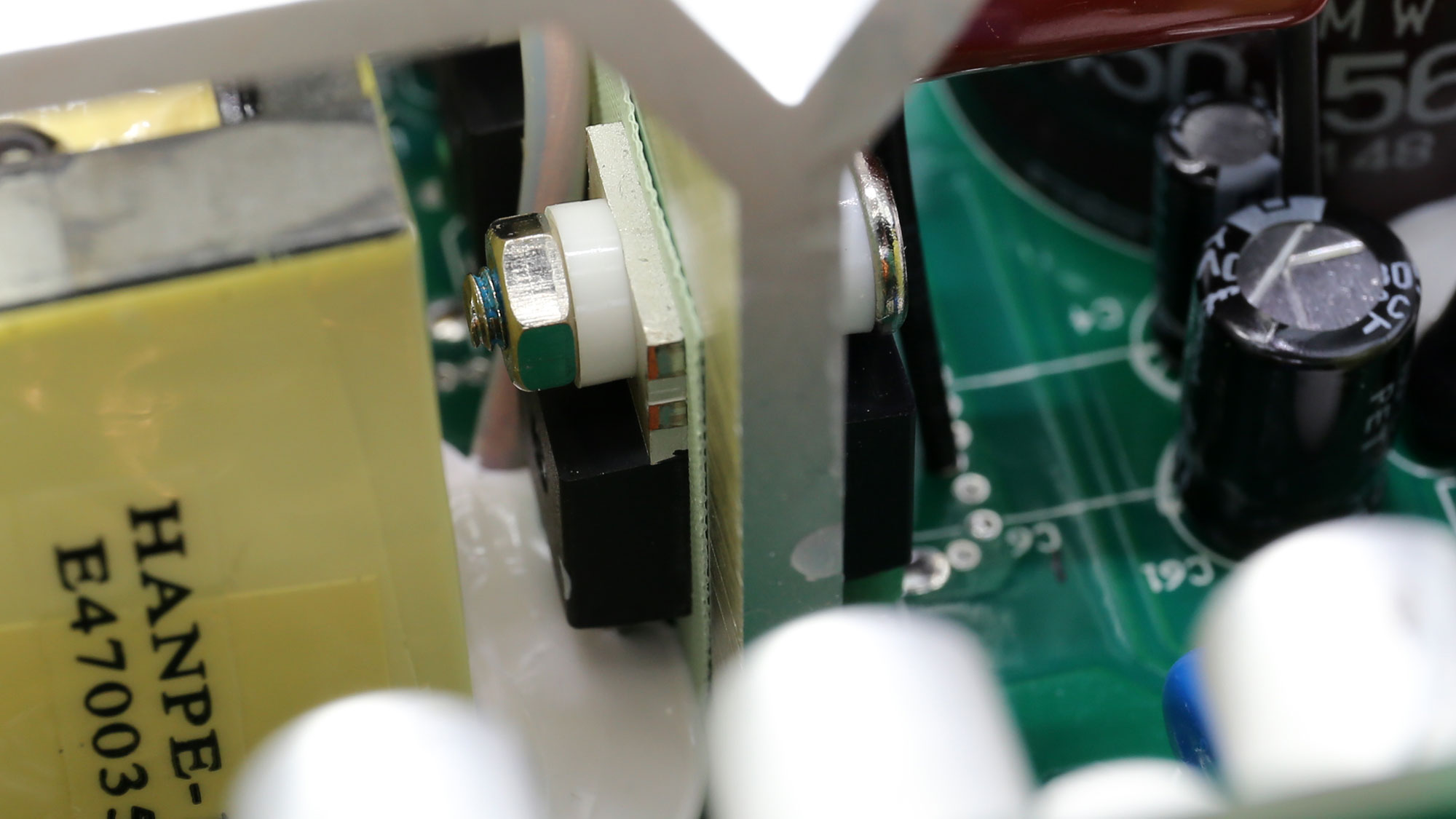
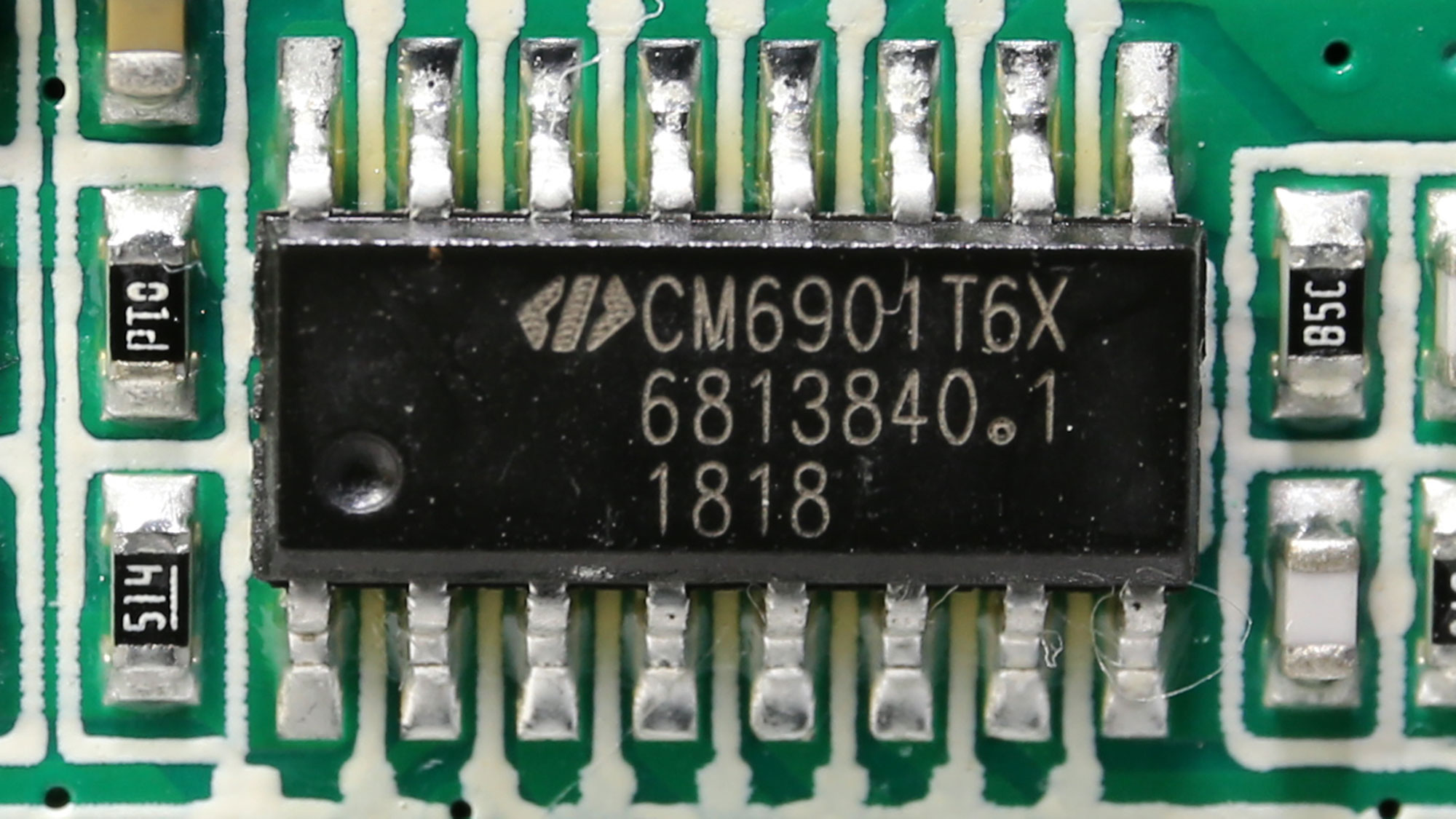
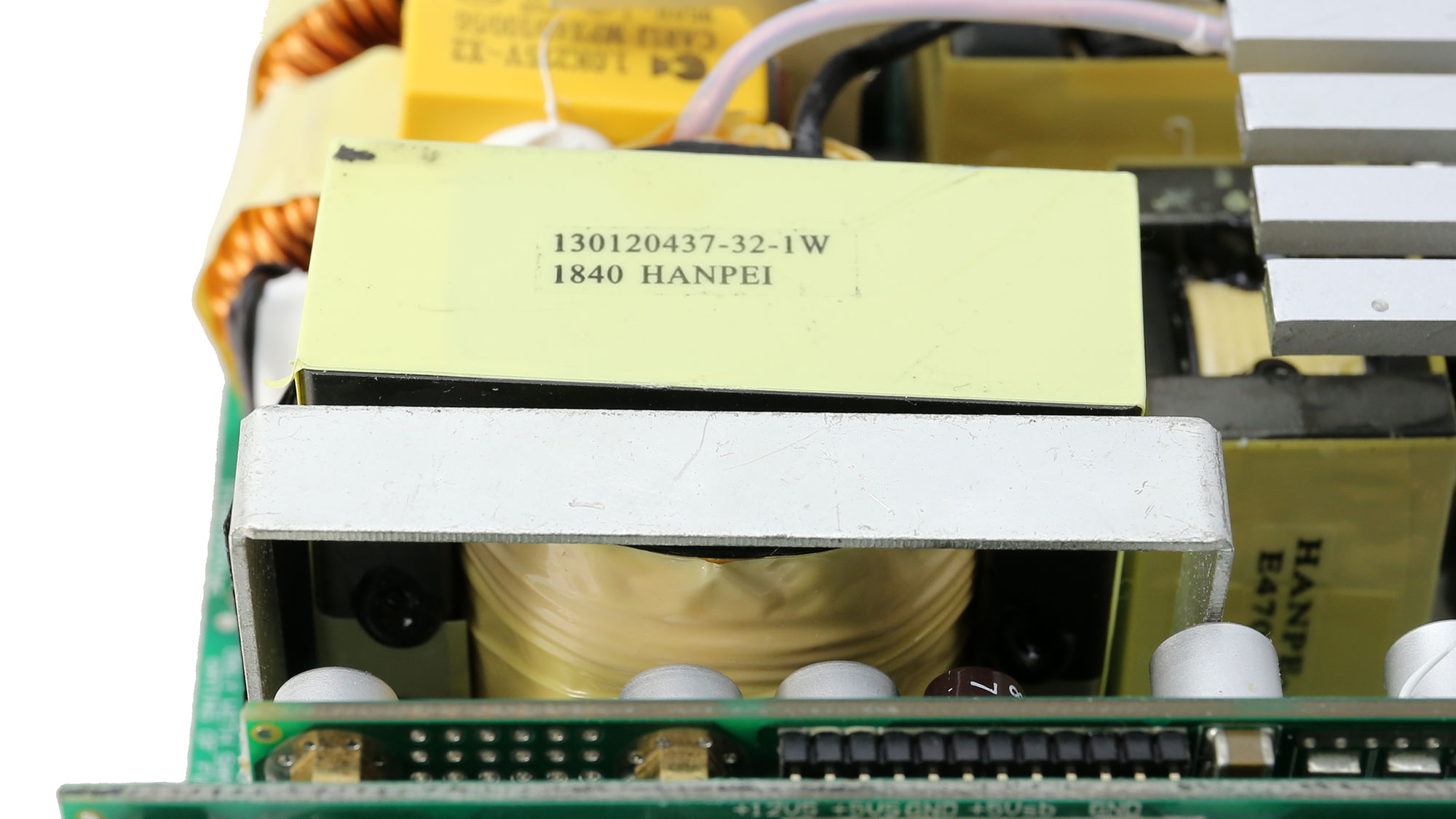
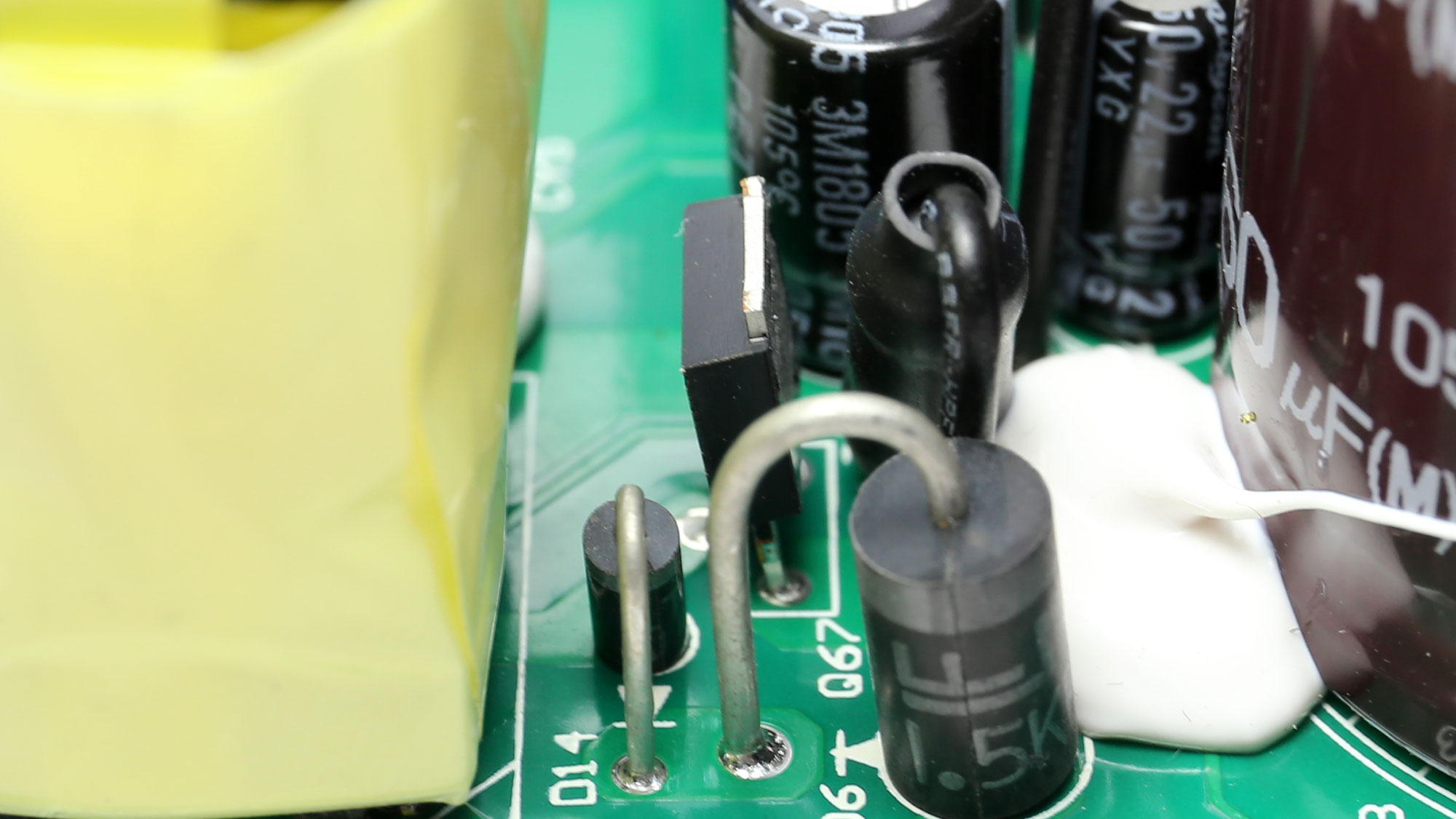
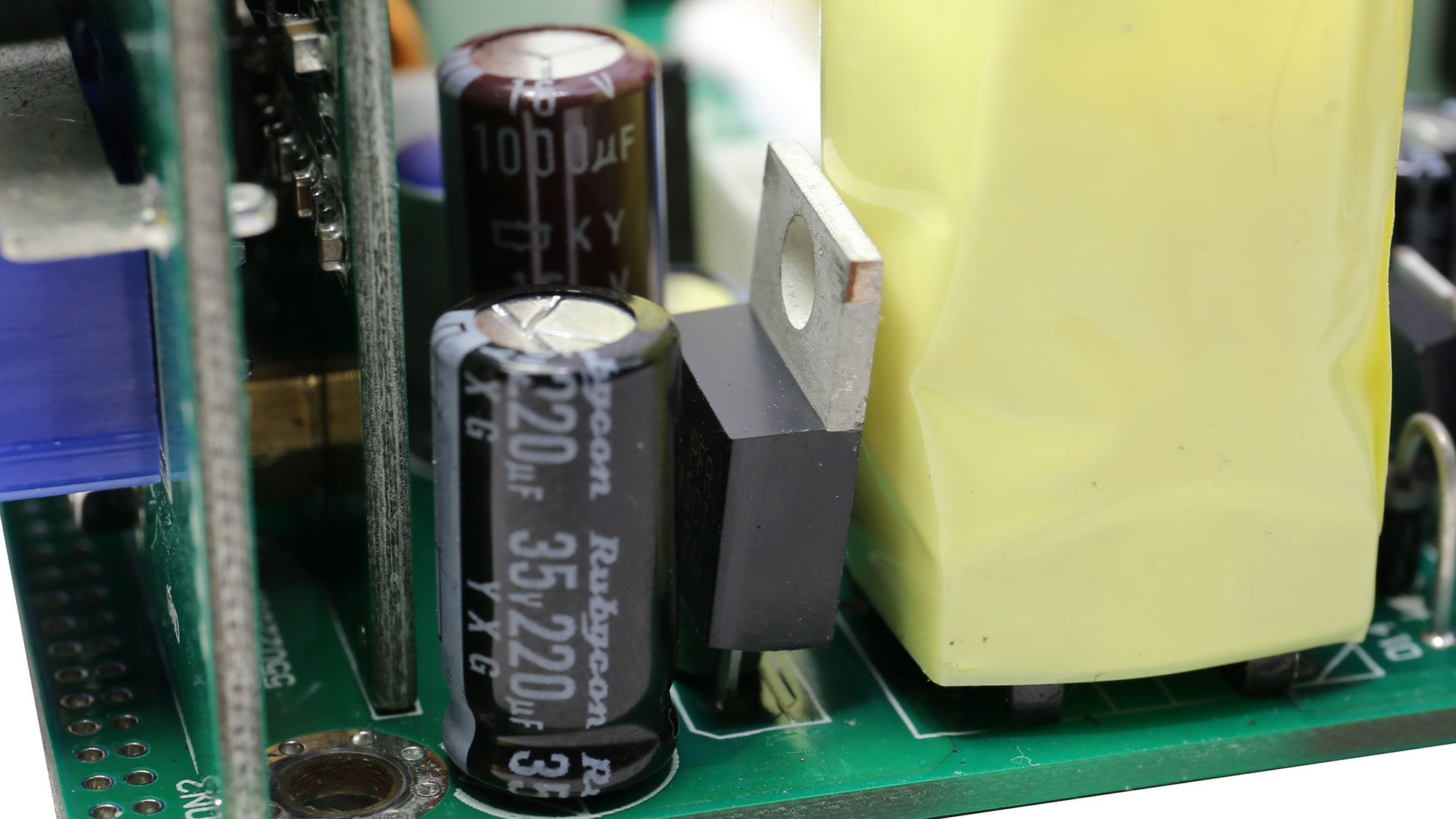
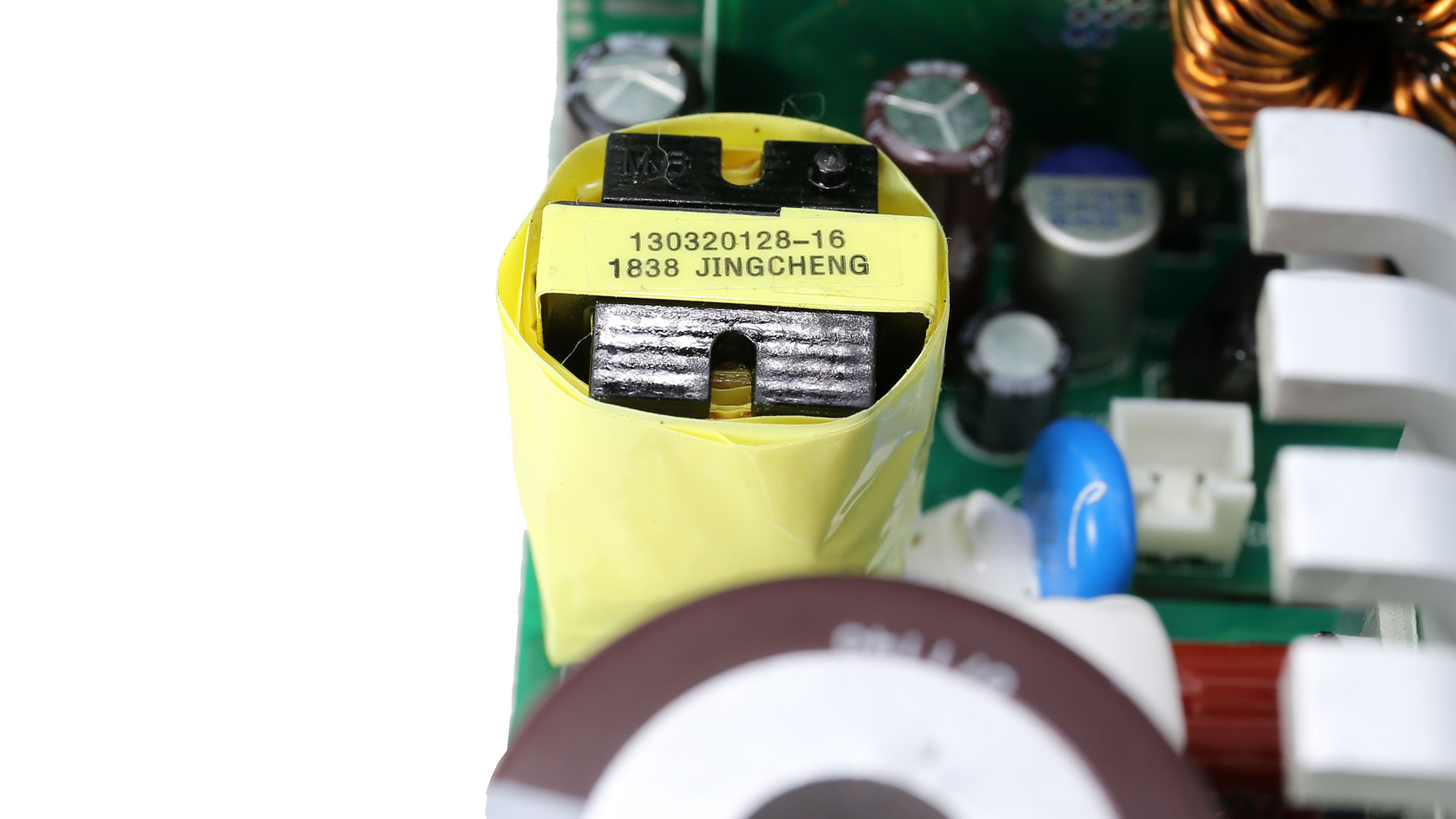
The platform is provided by Enhance Electronics and, on the primary side, a full bridge topology is used along with an LLC resonant converter. On the secondary side, a synchronous rectification scheme is used for the +12V rail, with eight FETs handling this rail, and the minor rails are generated through a pair of DC-DC converters. The electrolytic filtering caps are provided by respectable manufacturers and are of high quality. The majority of polymer caps is provided by Unicon; we also found several CapXon polymer caps.
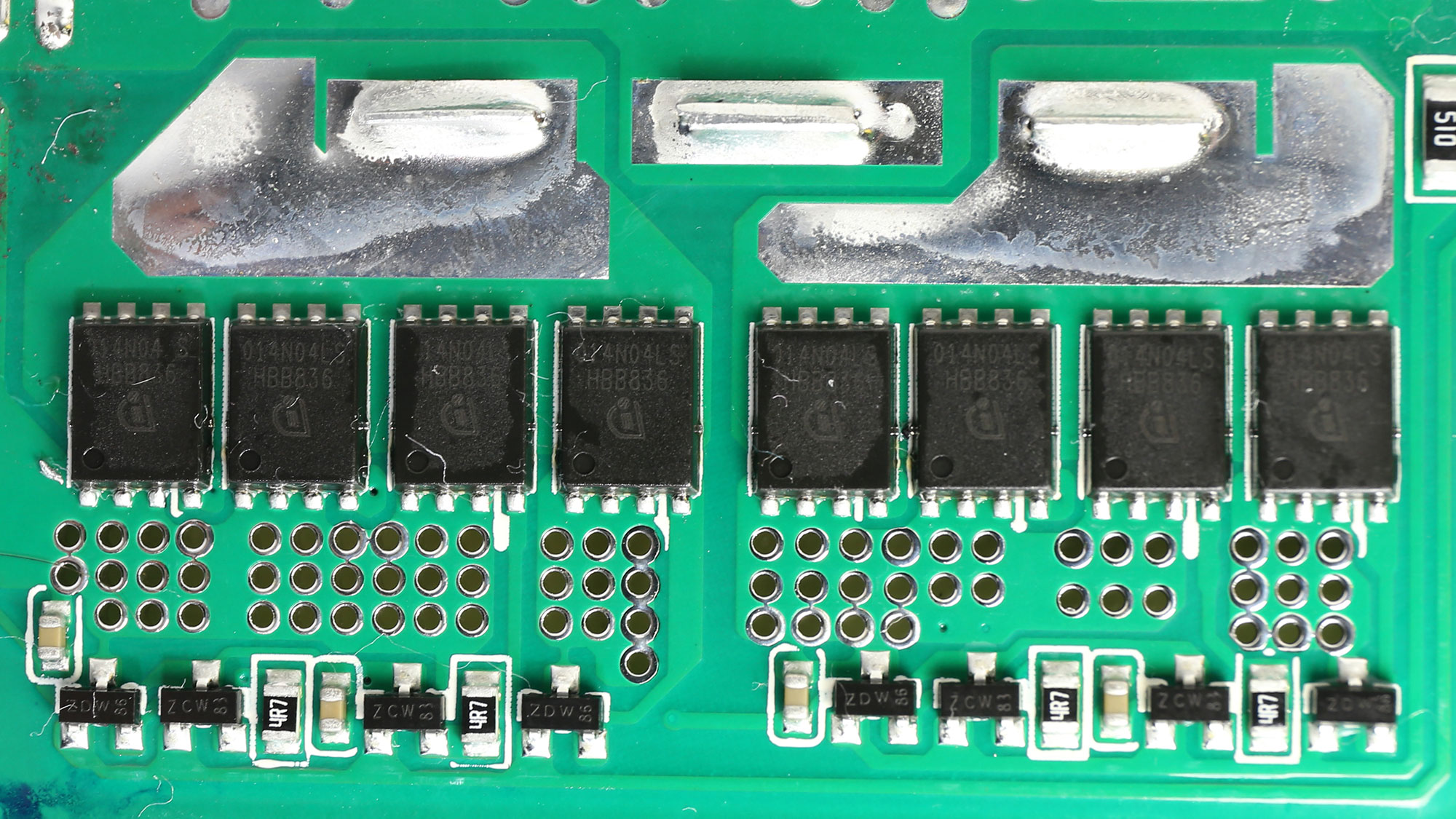
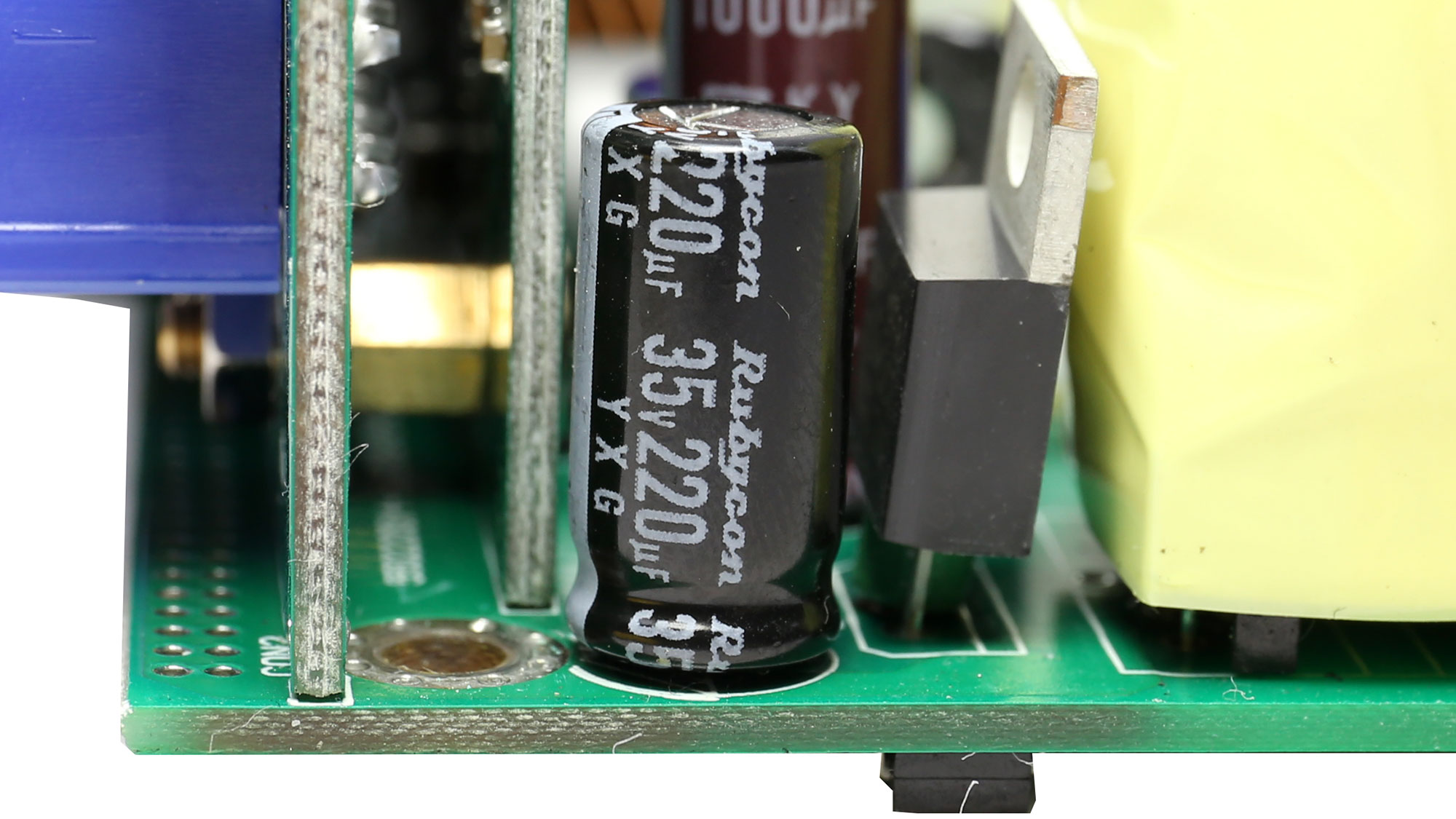
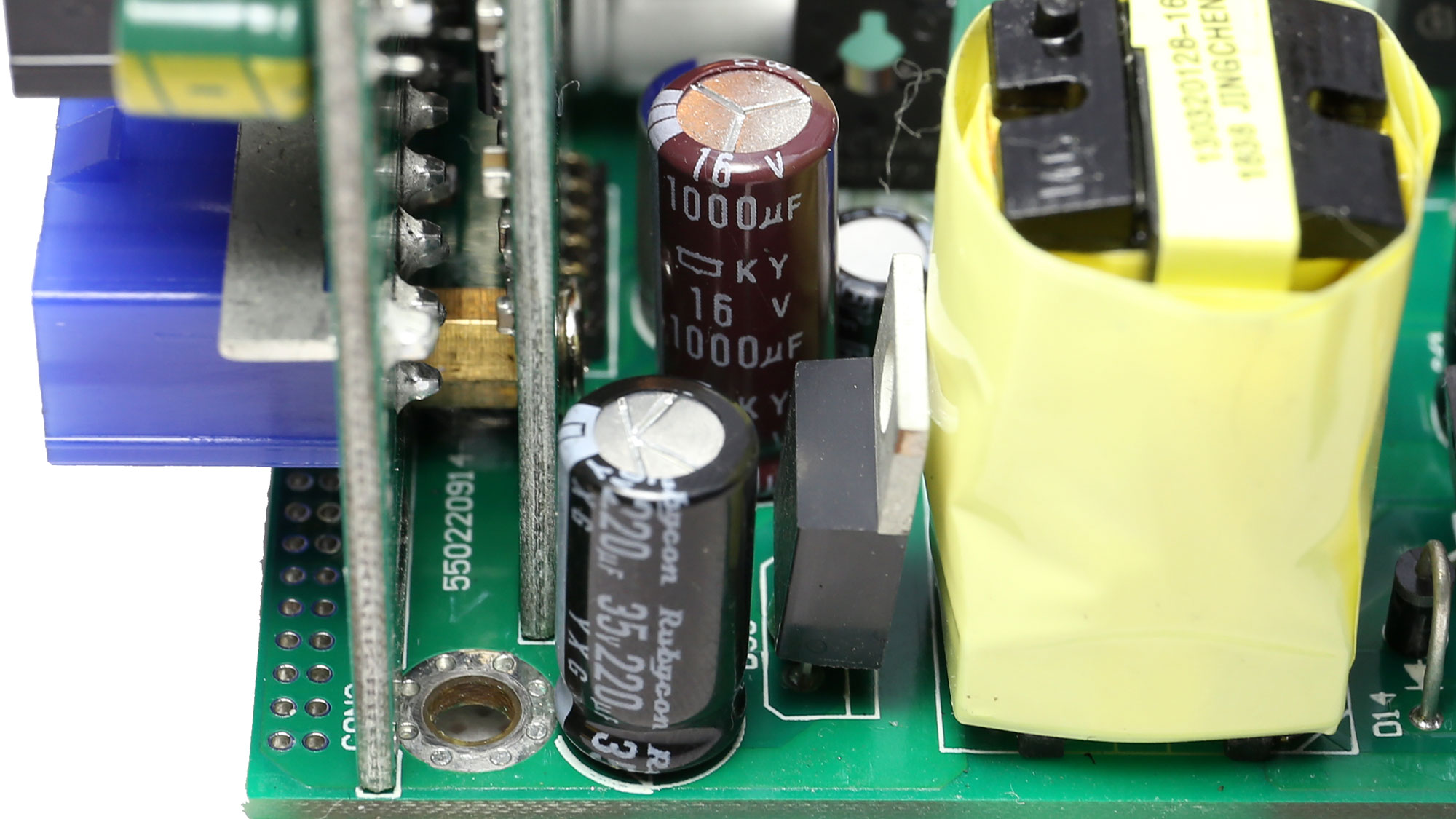
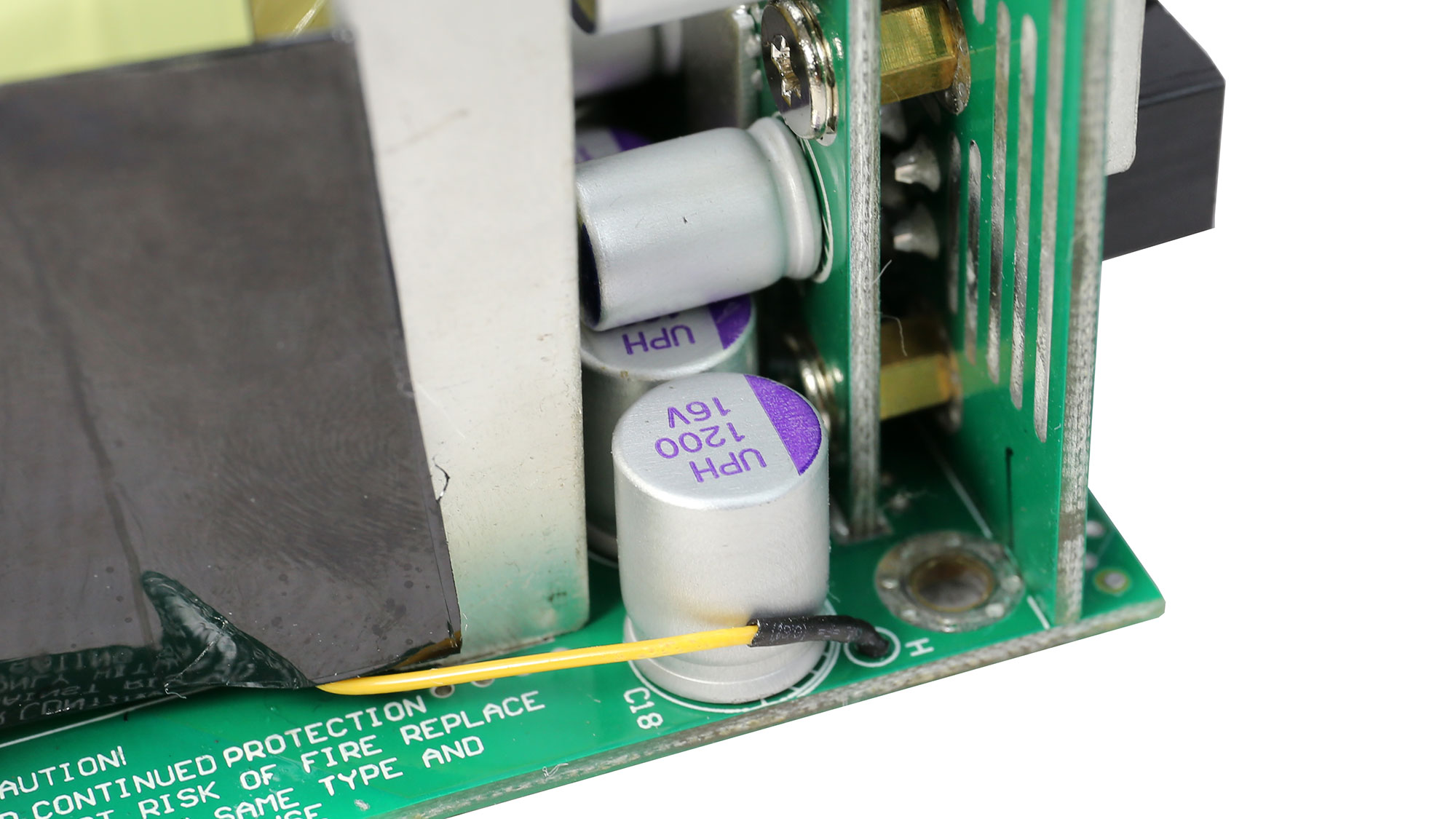
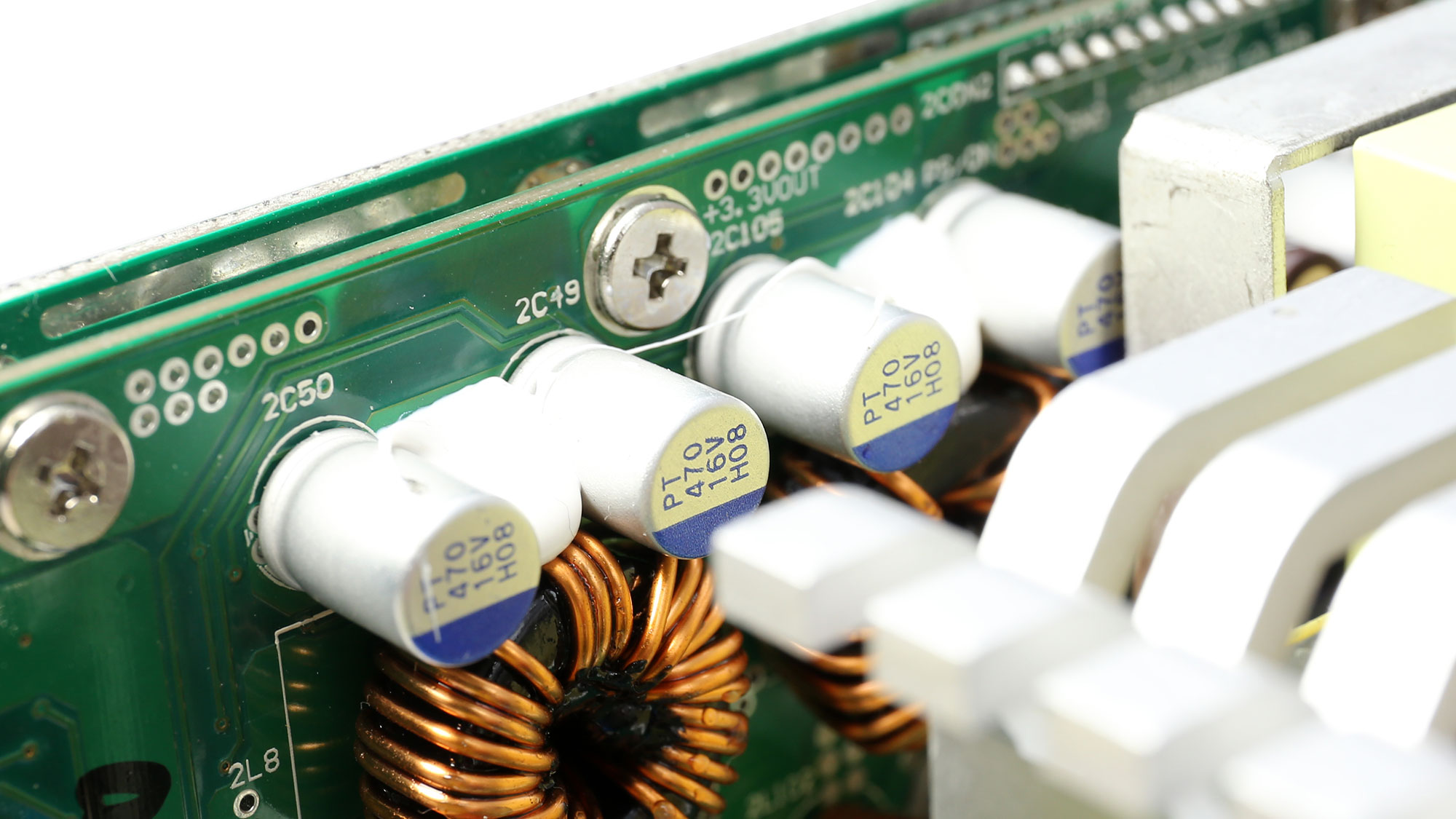

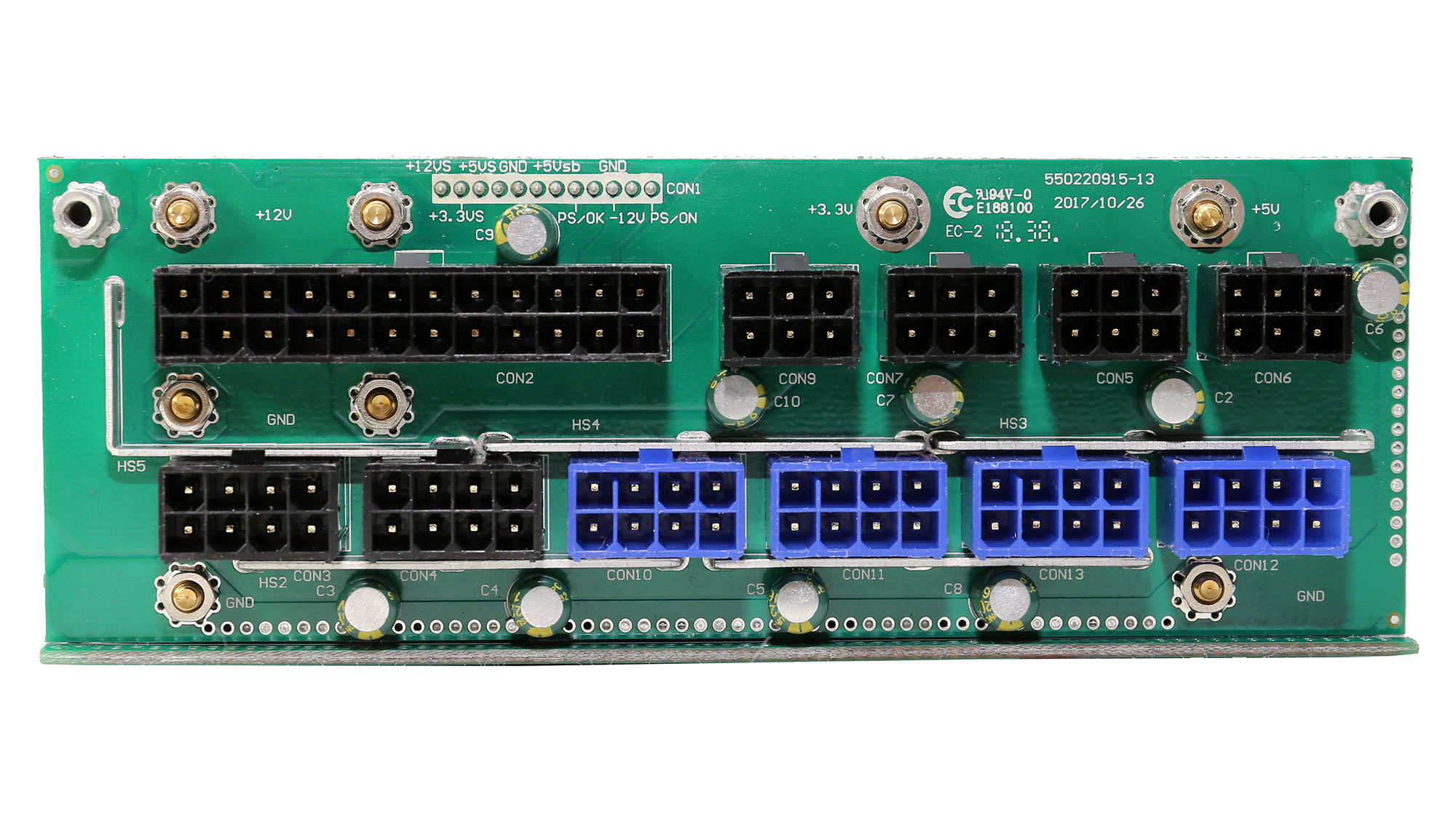
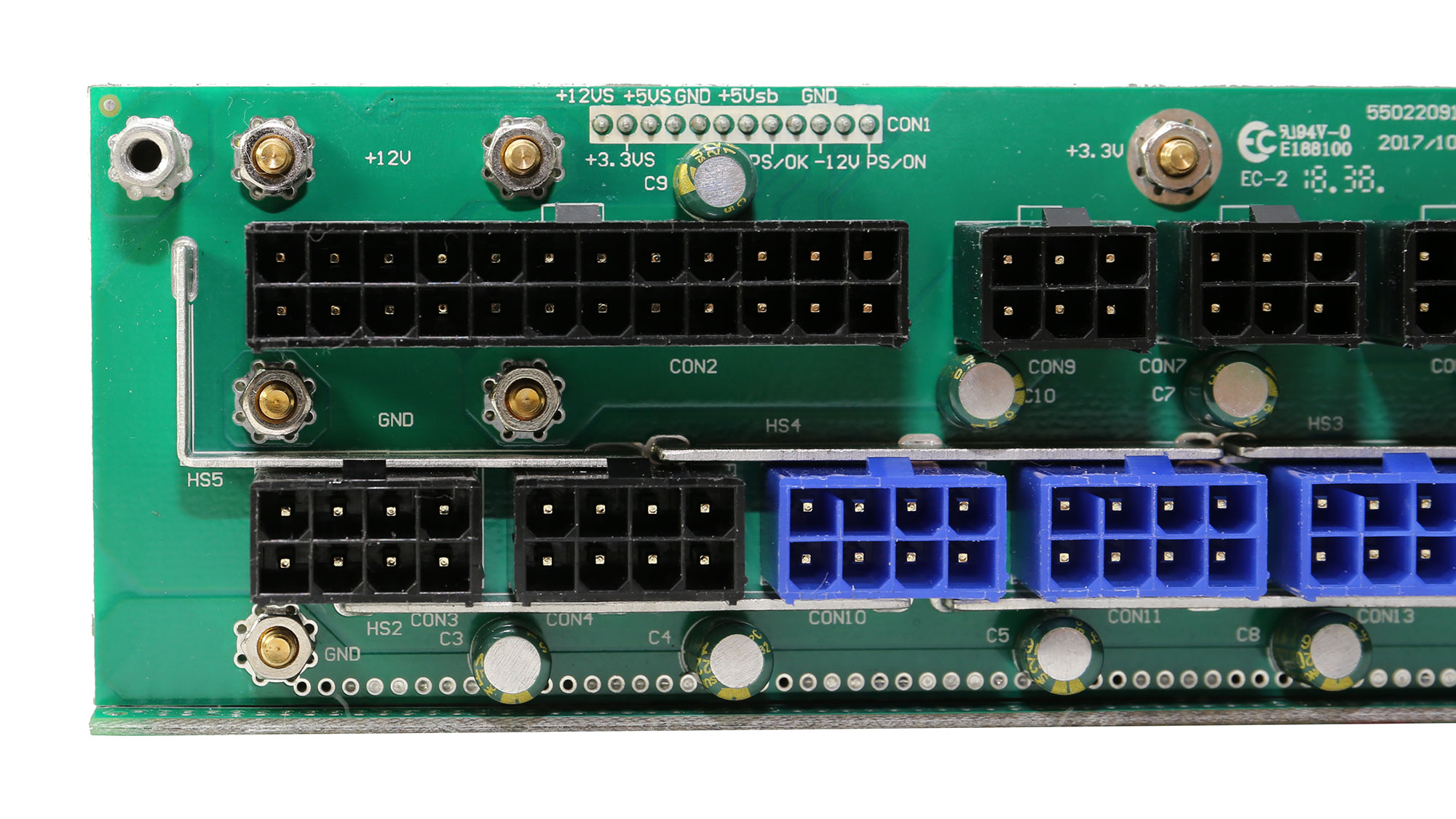
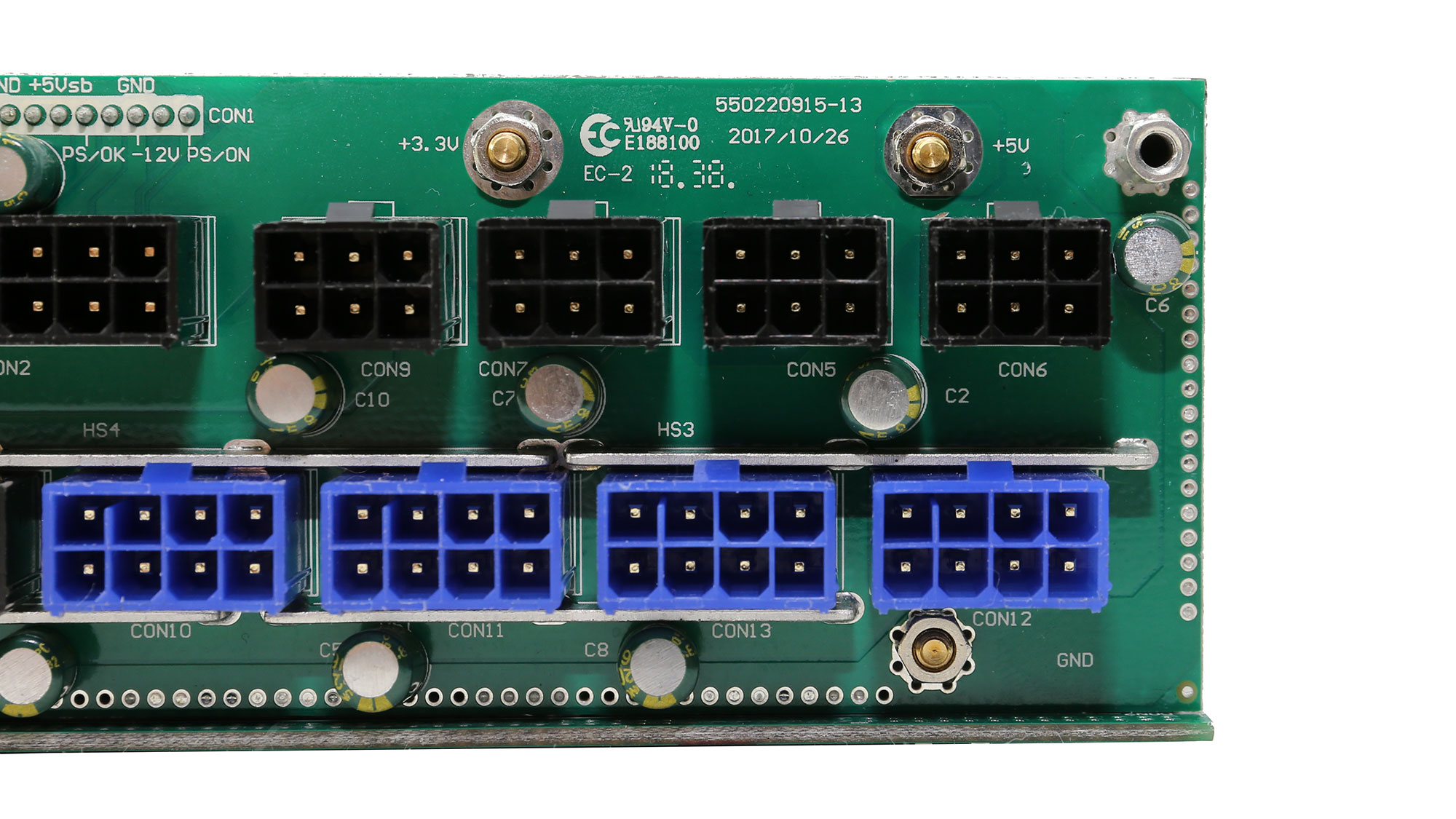

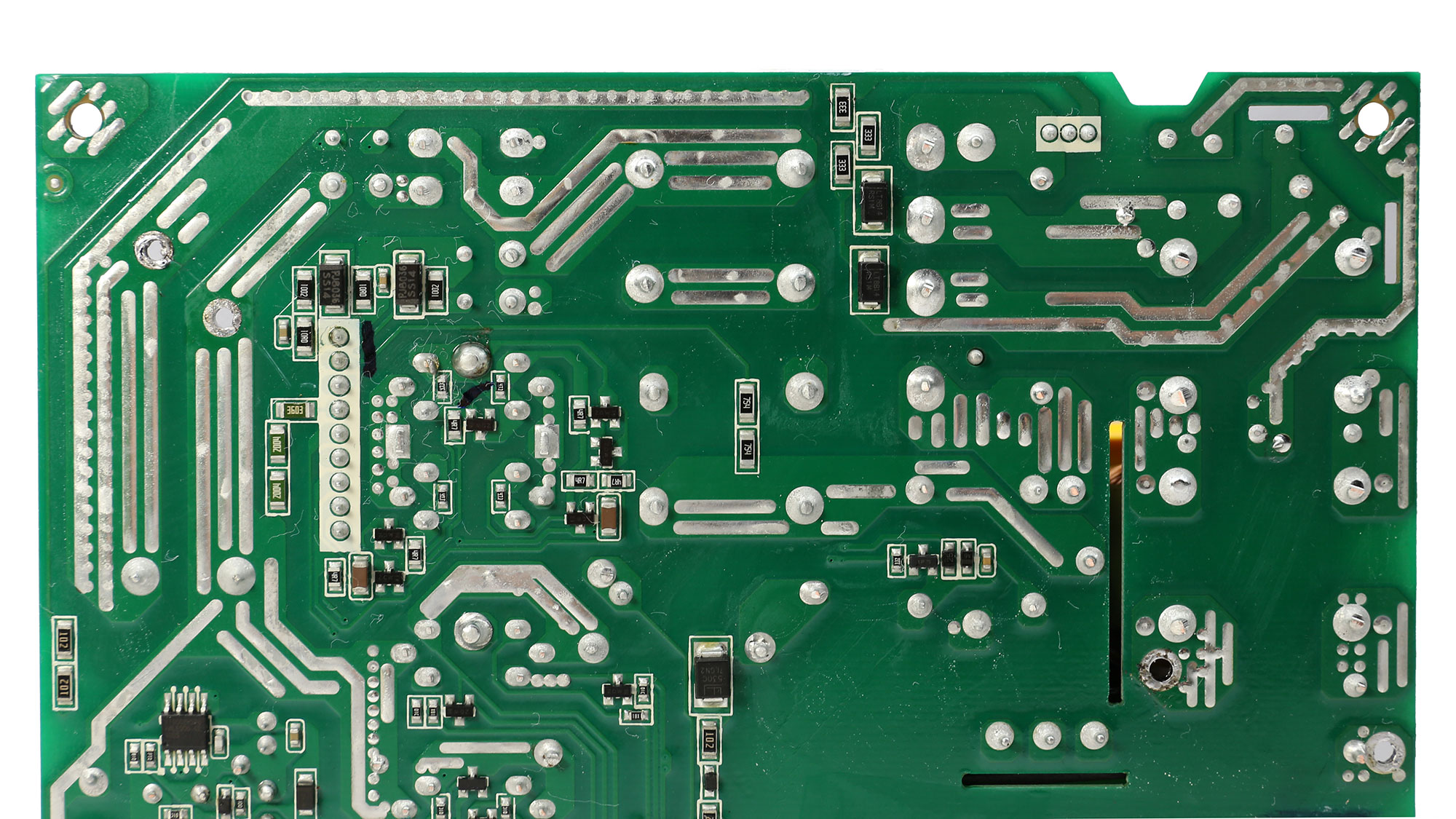
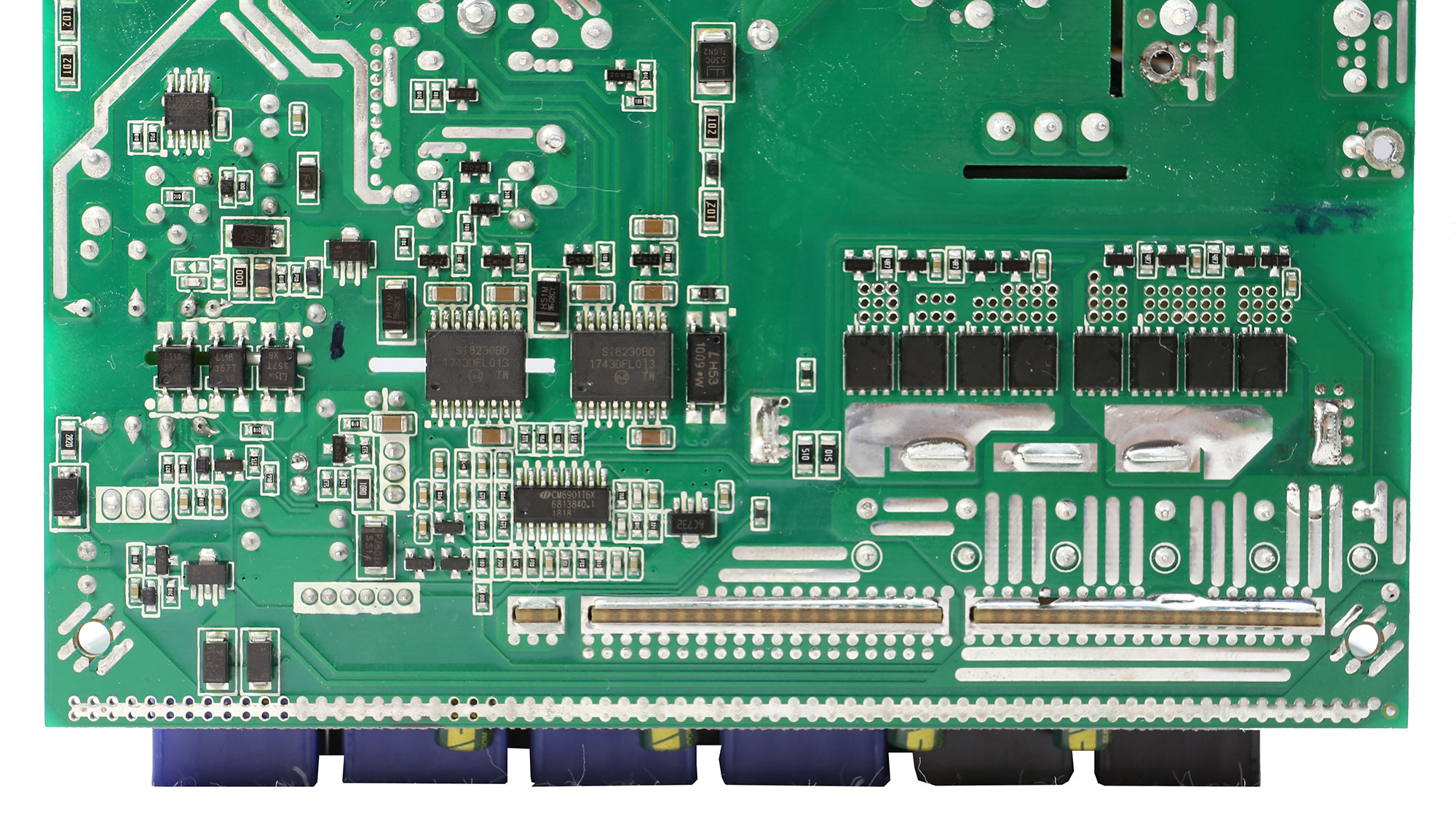
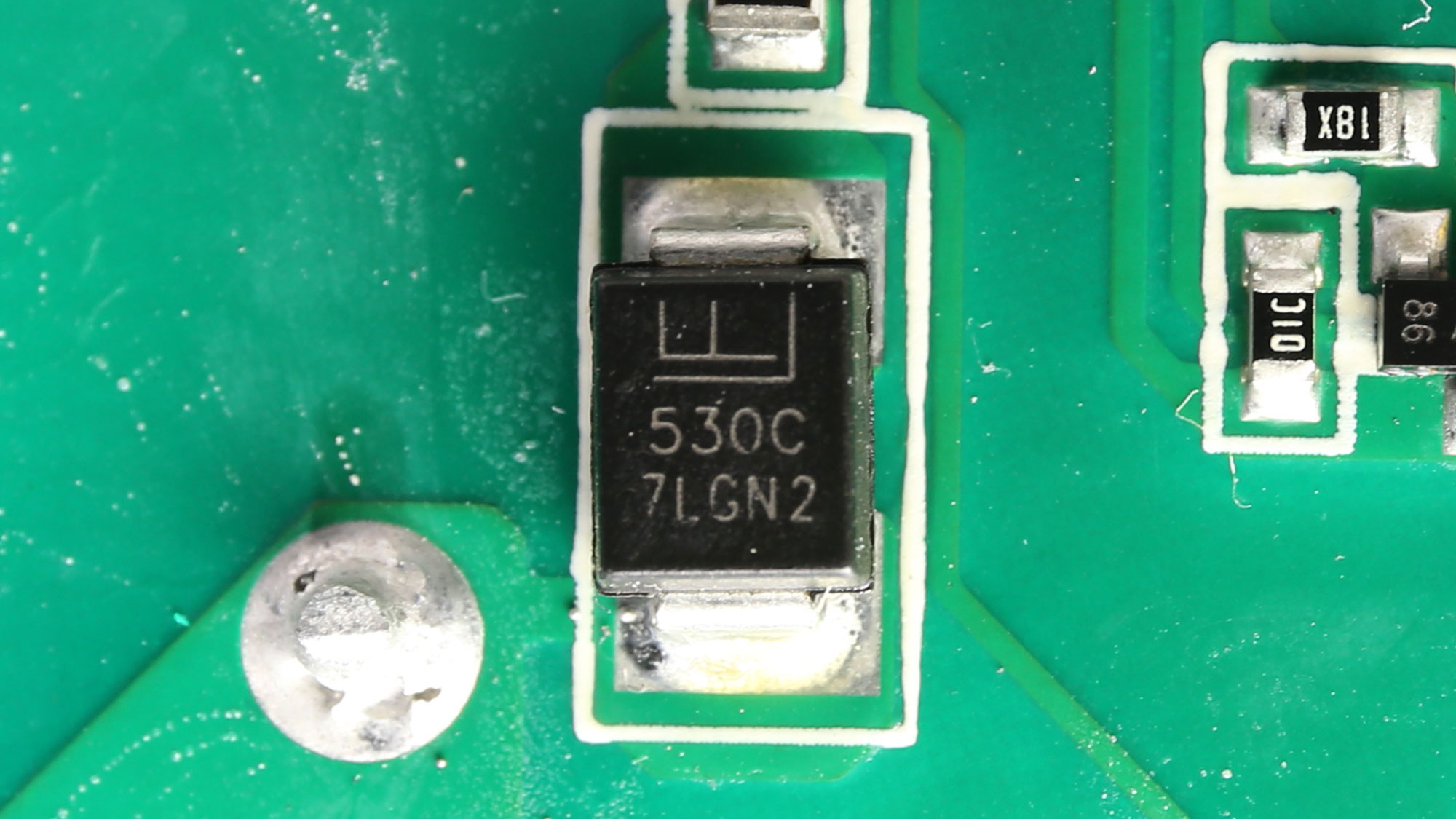
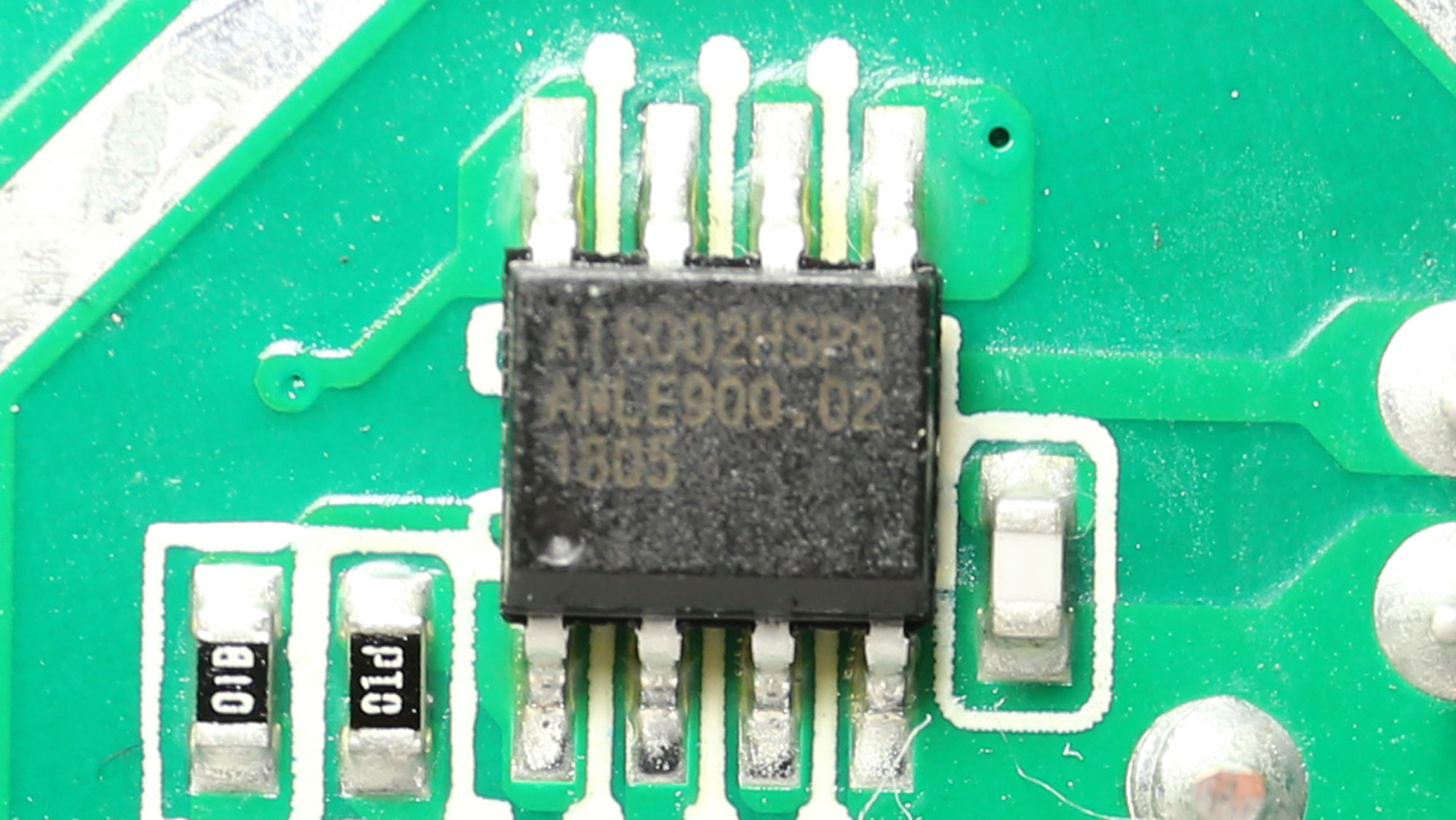
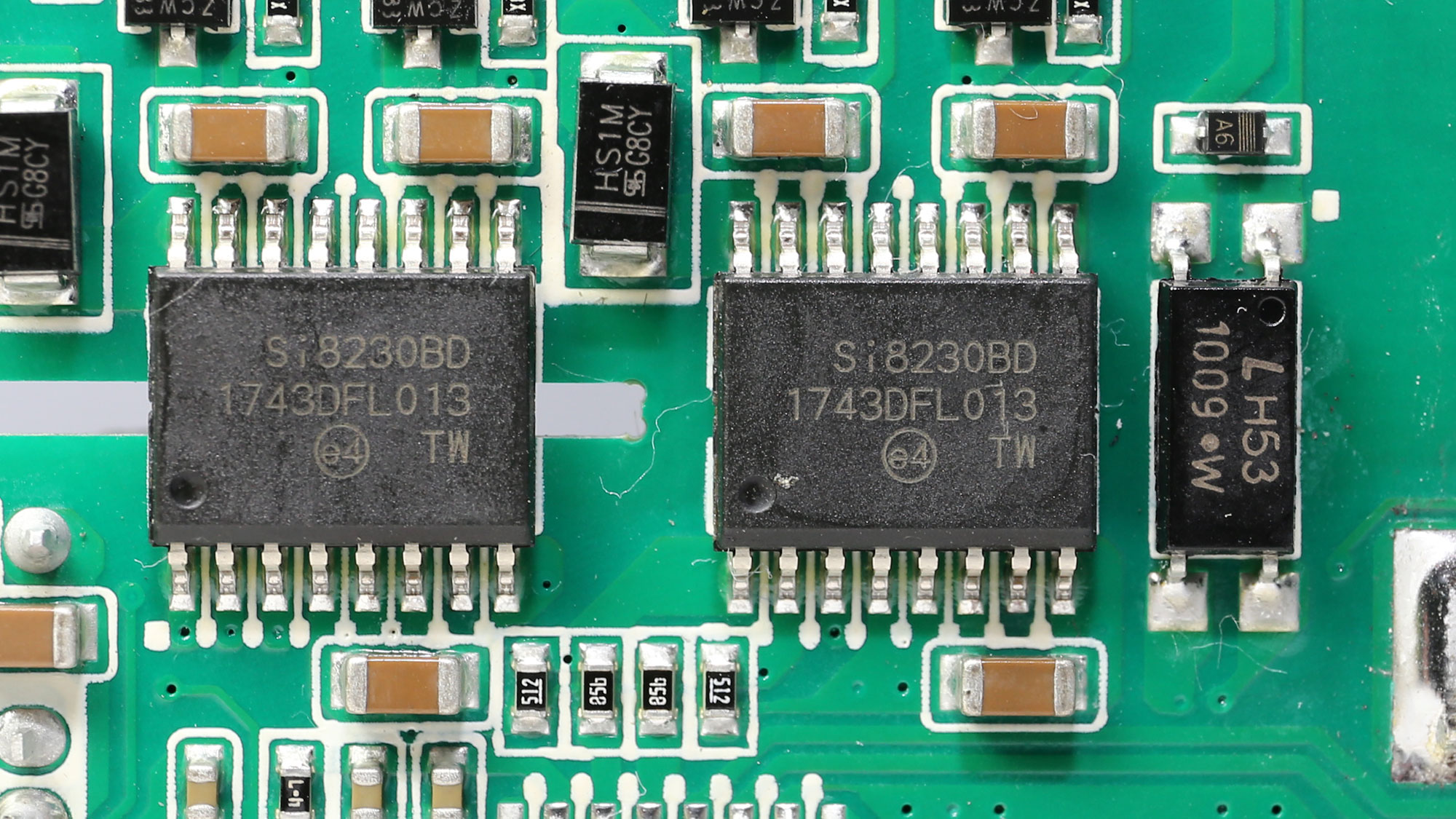
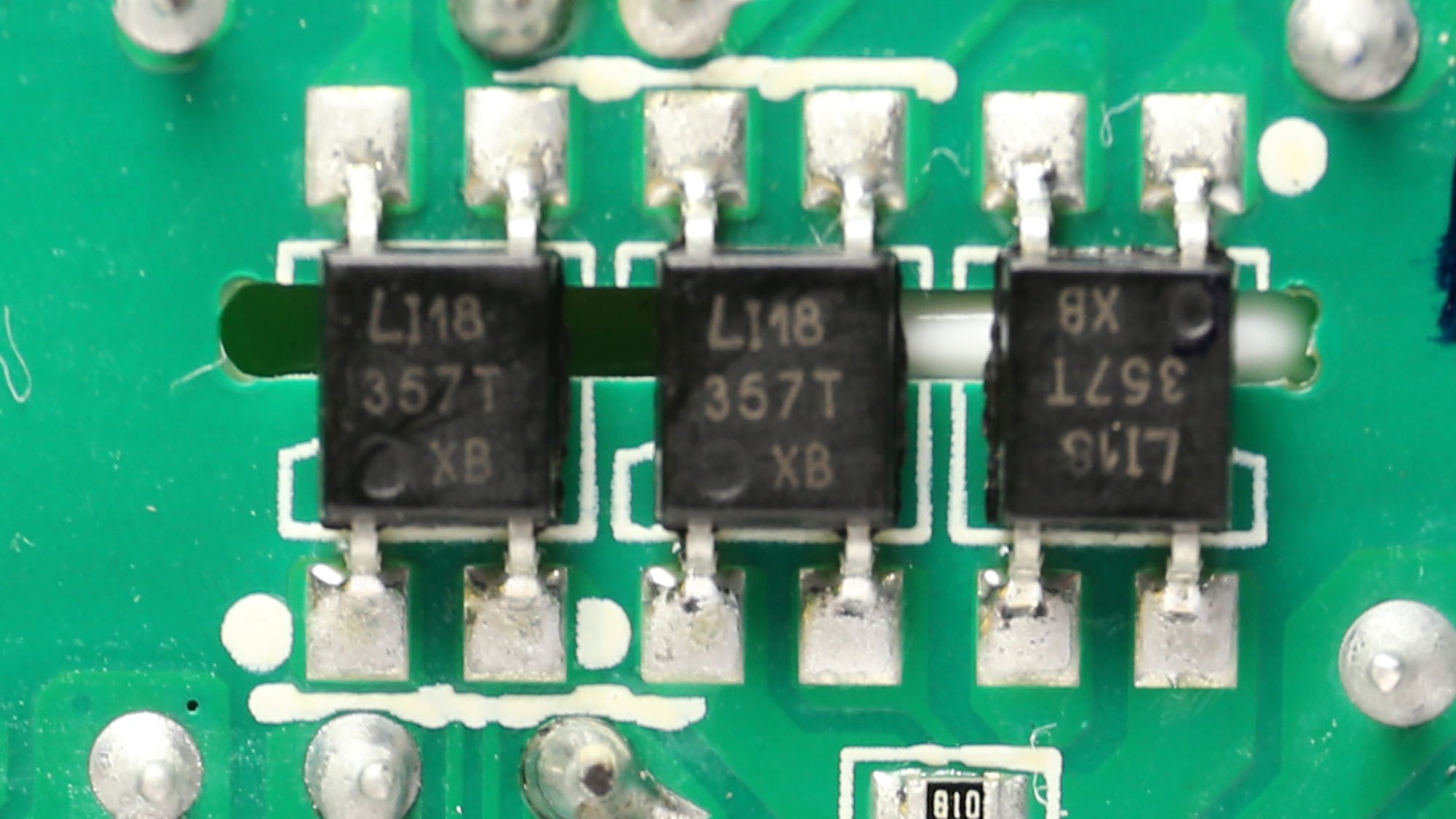
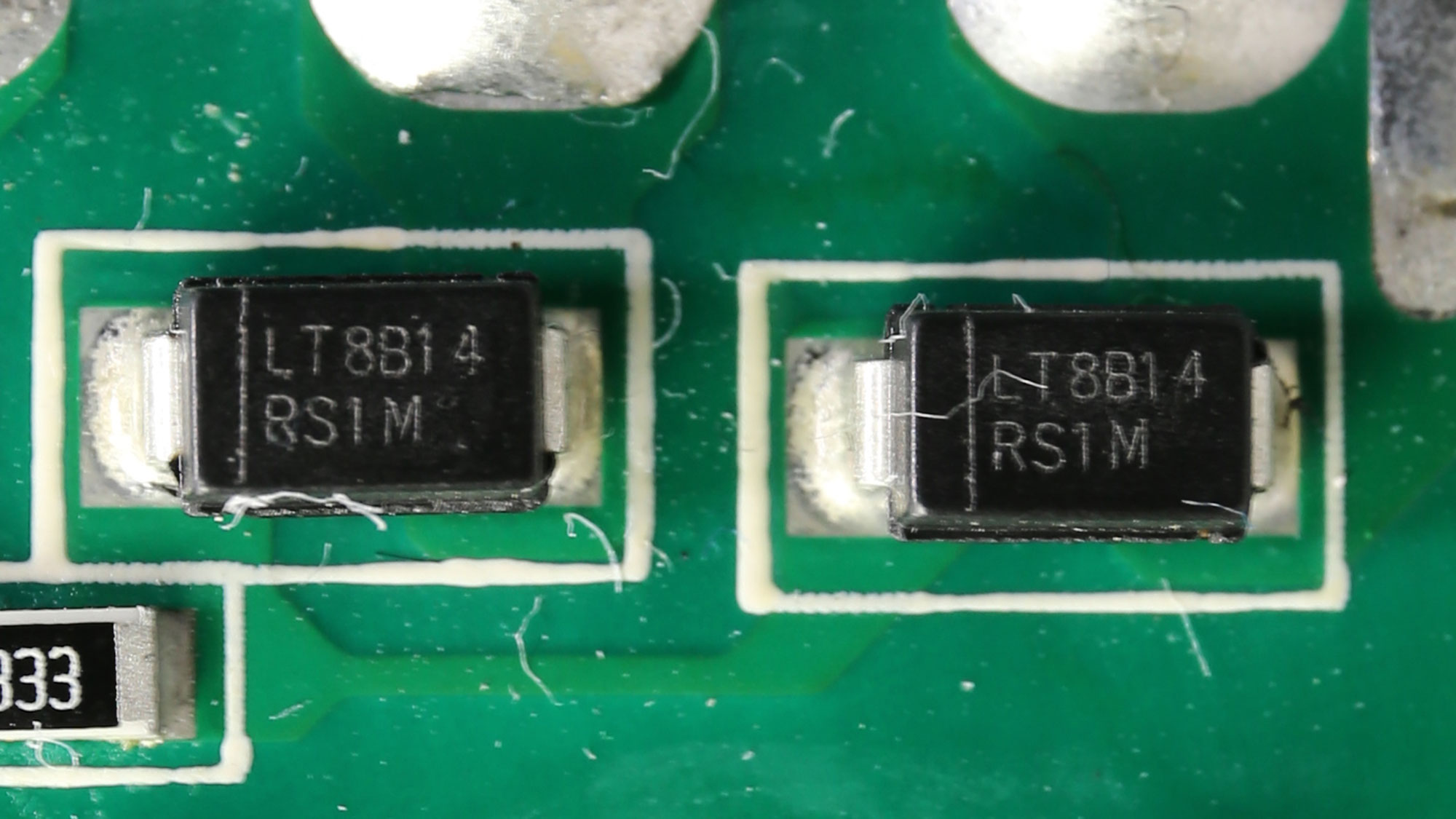
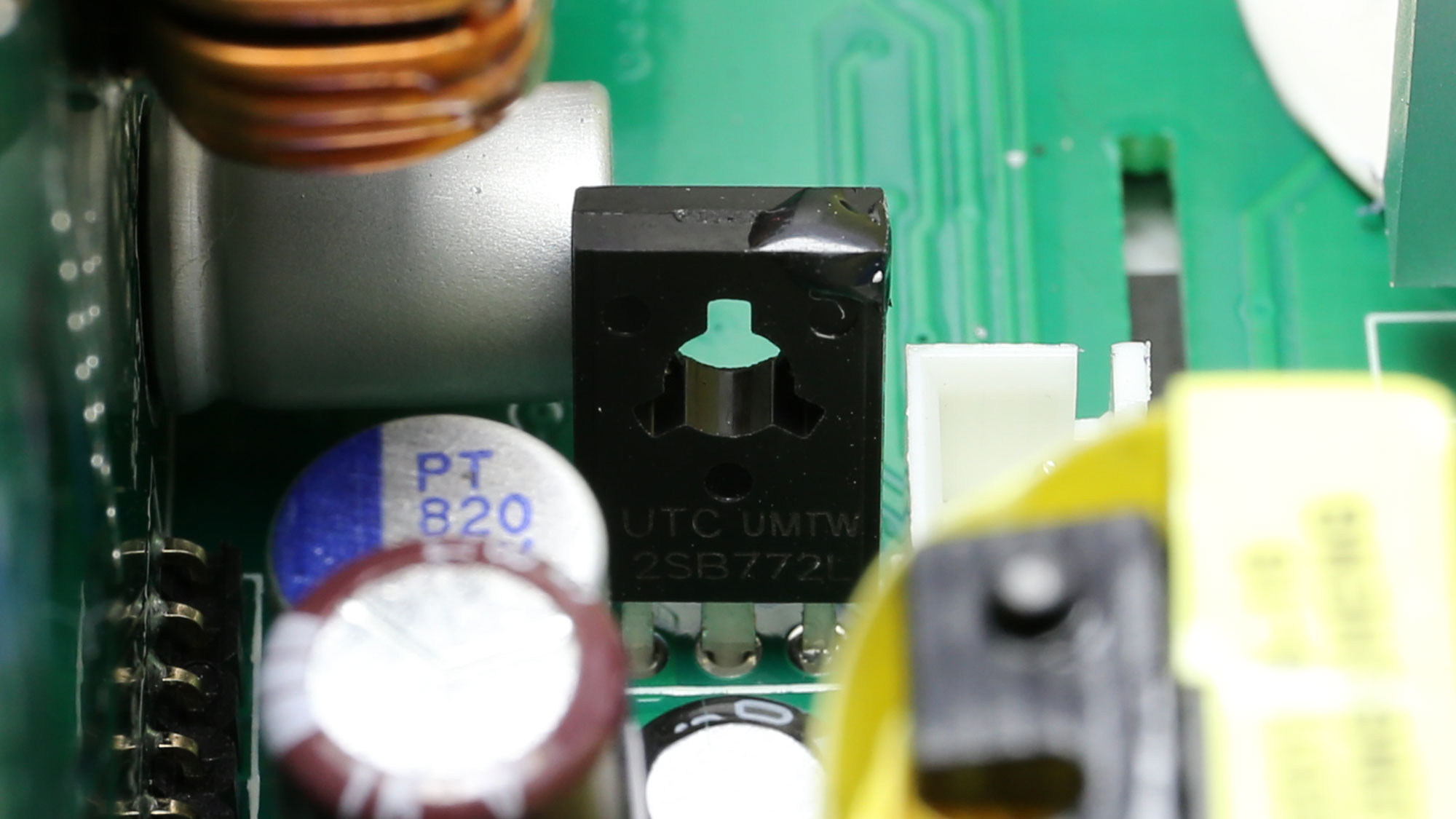
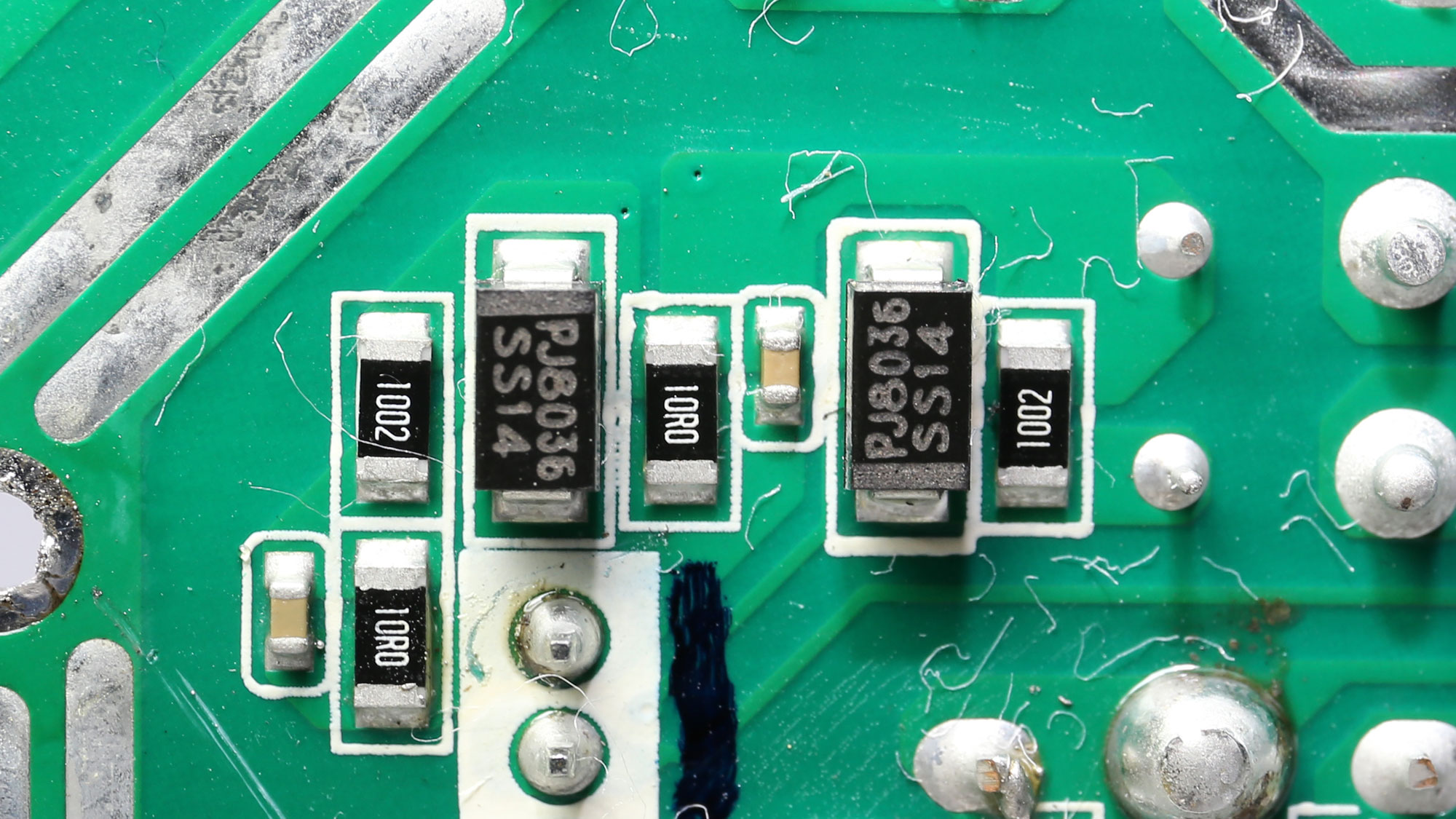
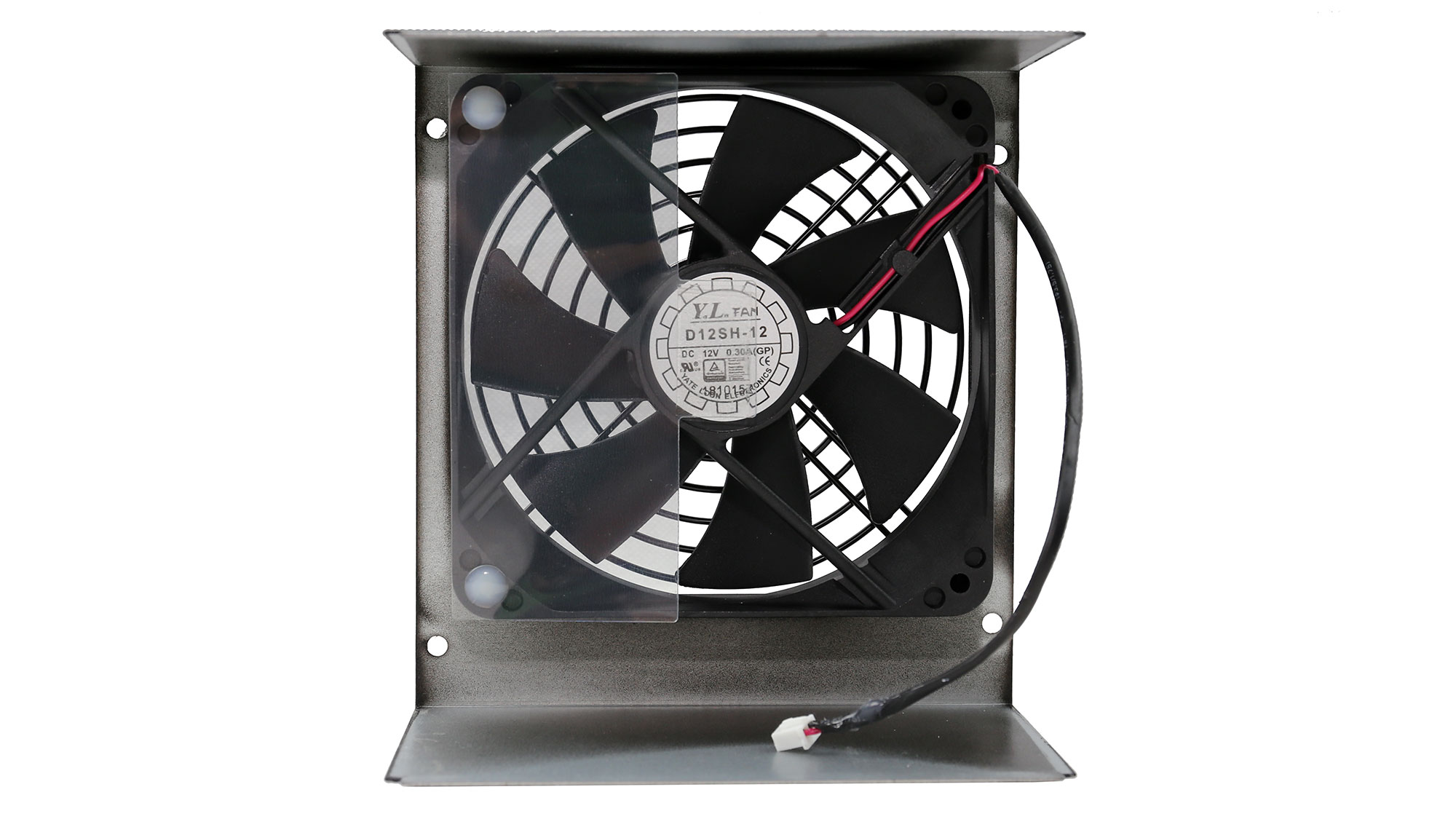
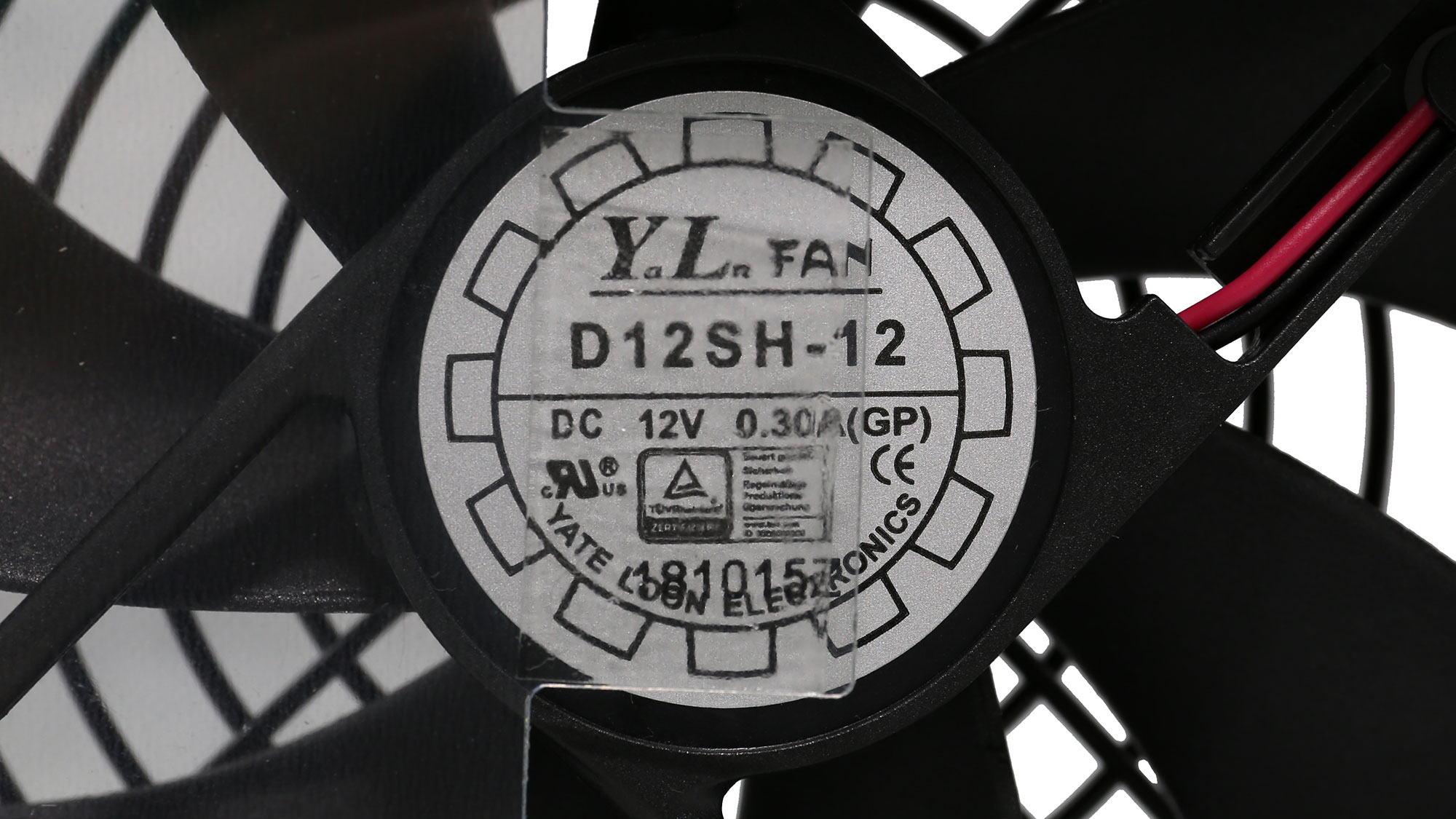
MORE: Best Power Supplies
MORE: How We Test Power Supplies
MORE: All Power Supply Content
Current page: Specifications and Part Analysis
Next Page Load Regulation, Hold-Up Time, Inrush Current, Efficiency and Noise
Aris Mpitziopoulos is a contributing editor at Tom's Hardware, covering PSUs.
